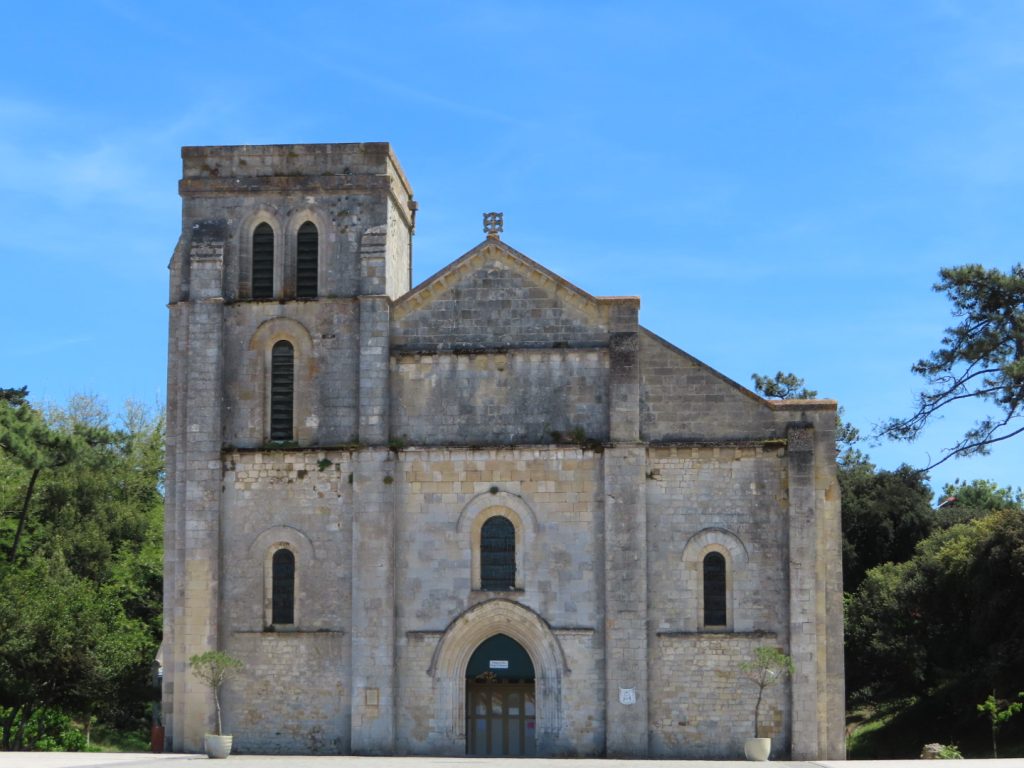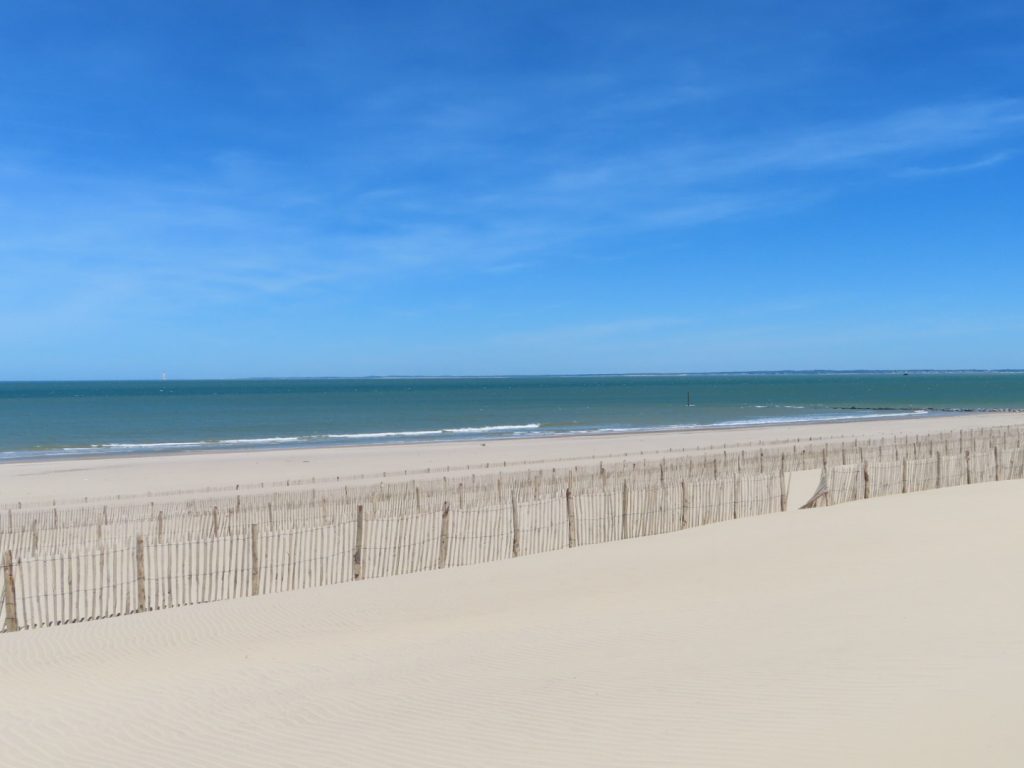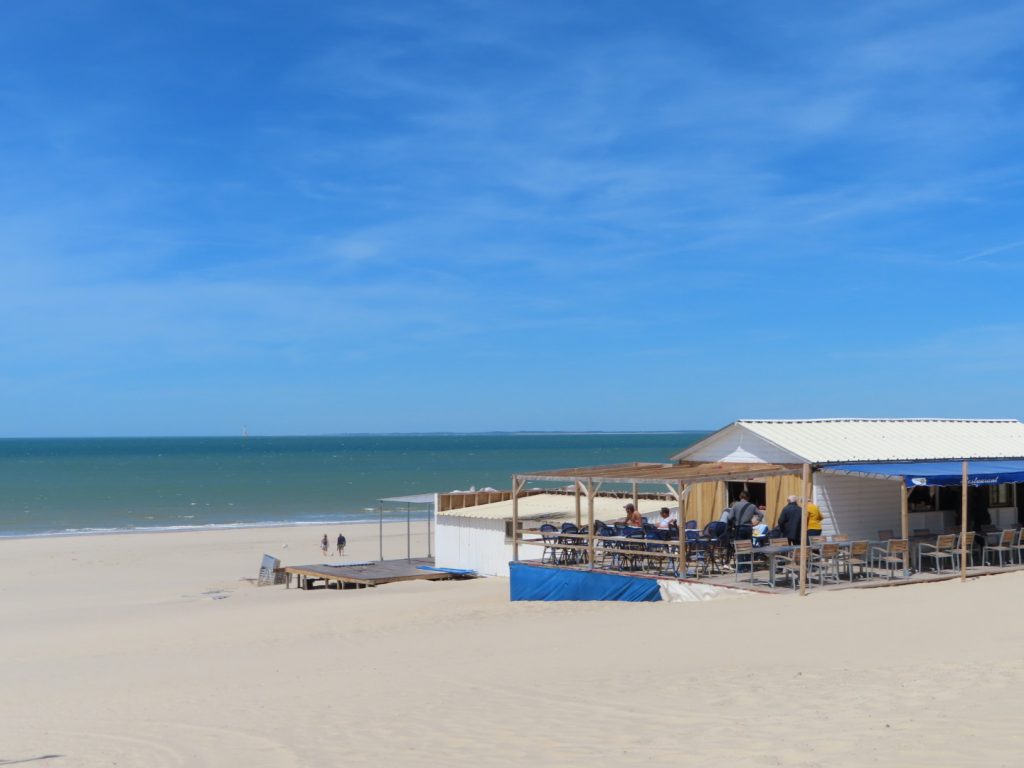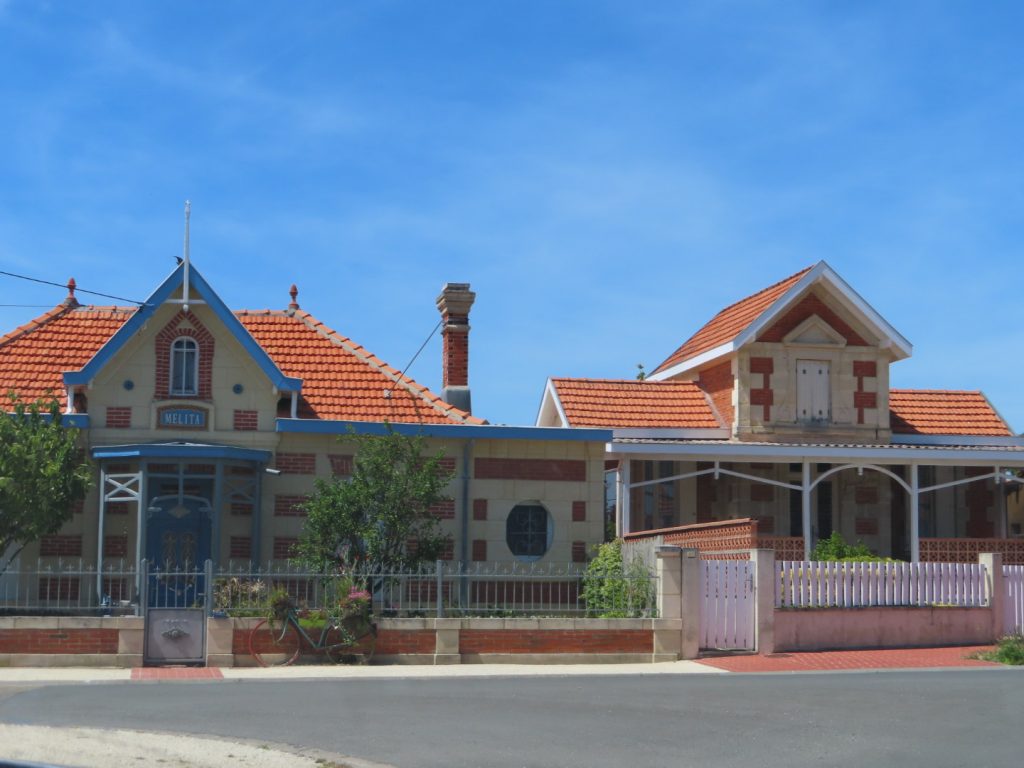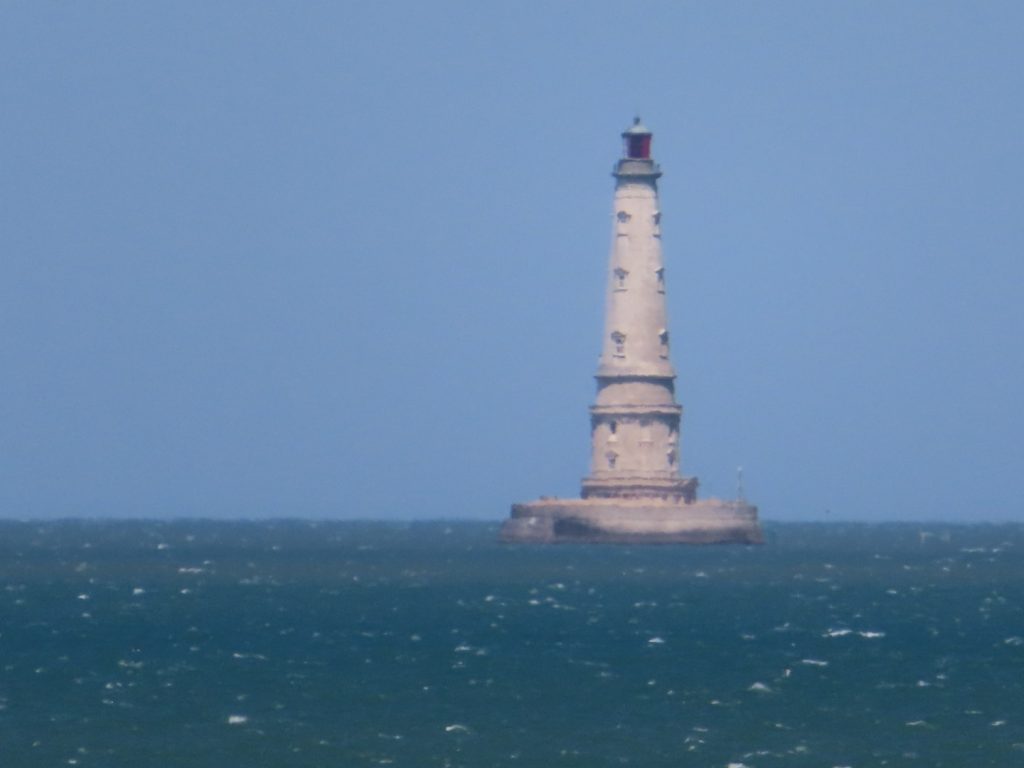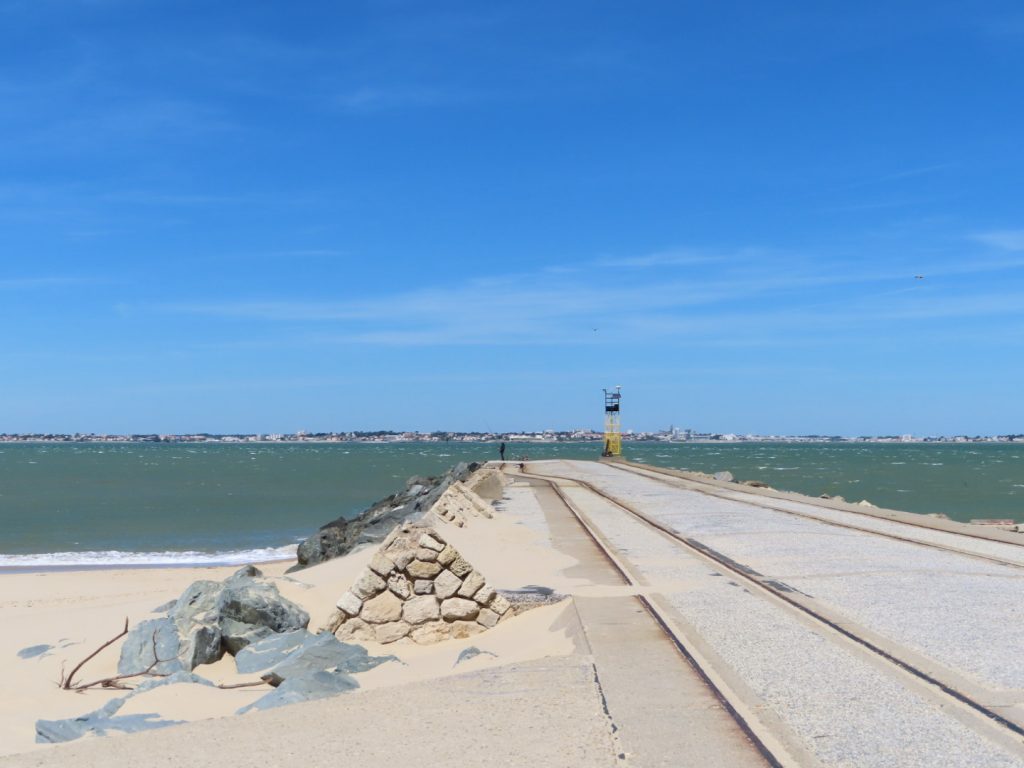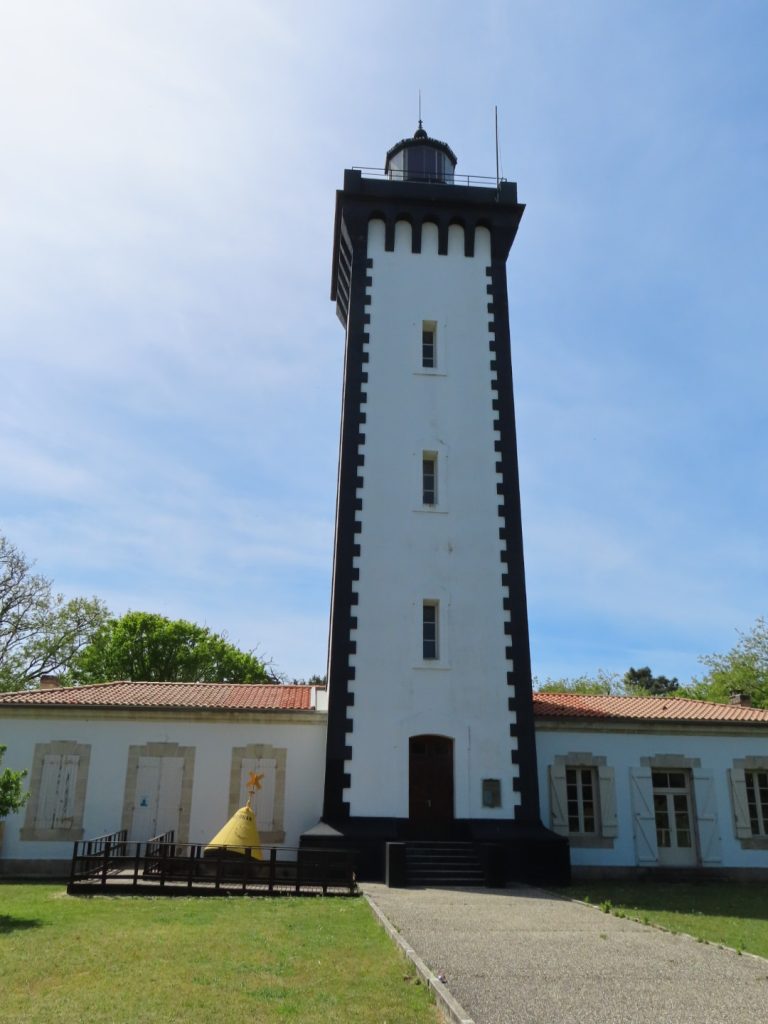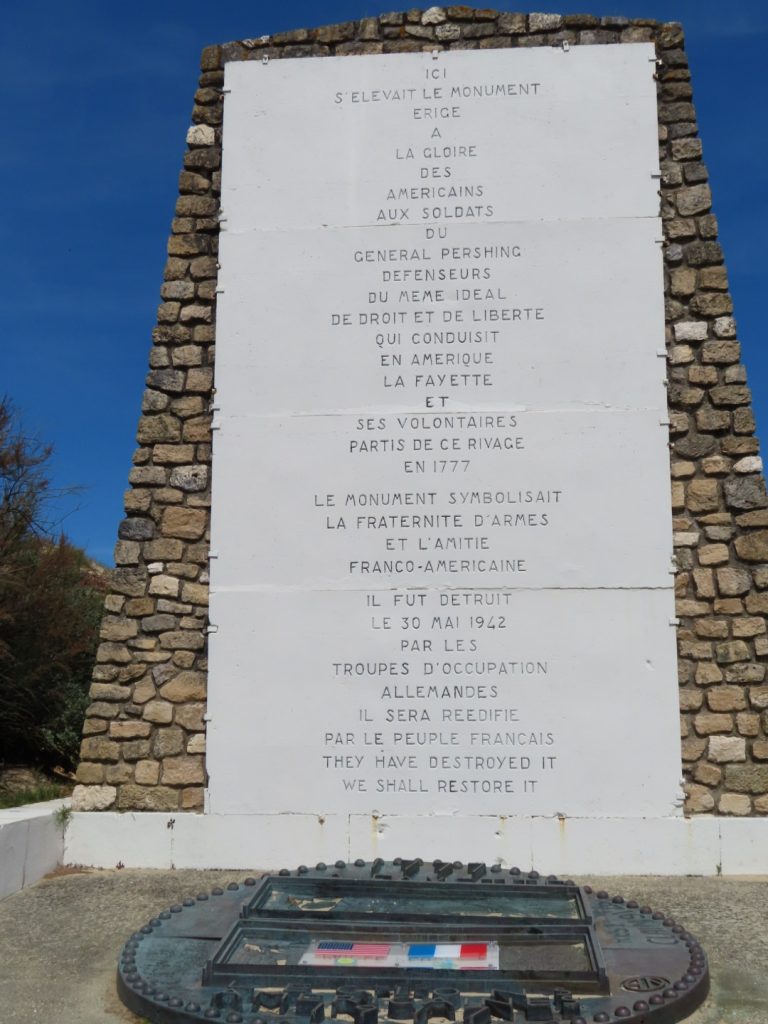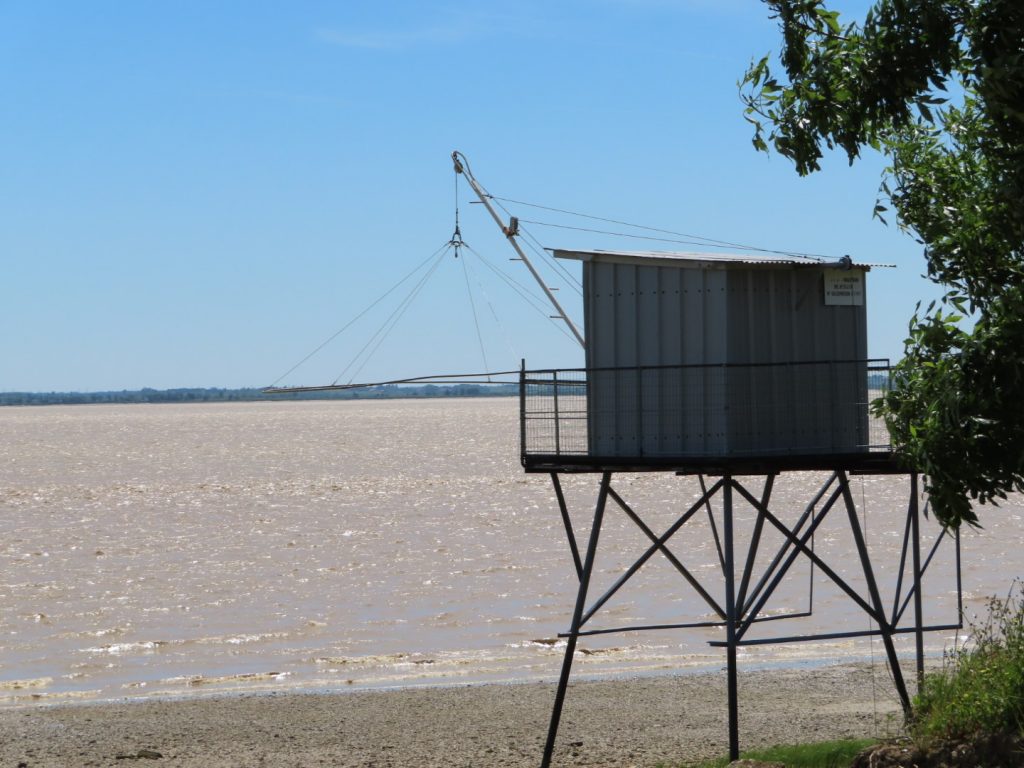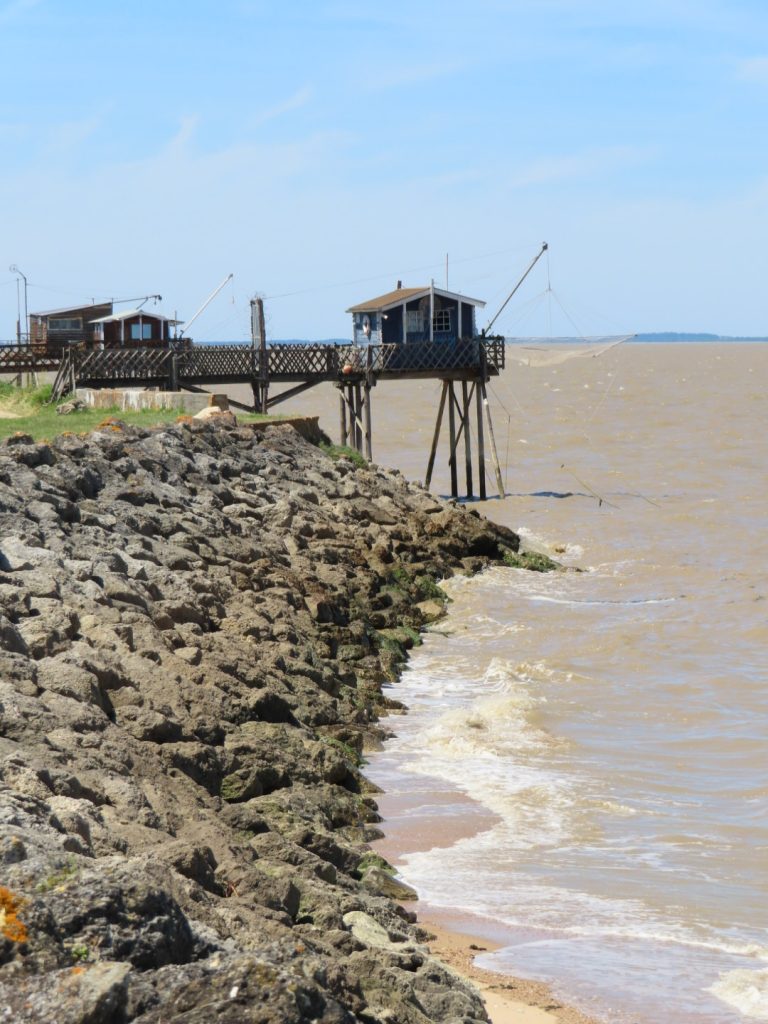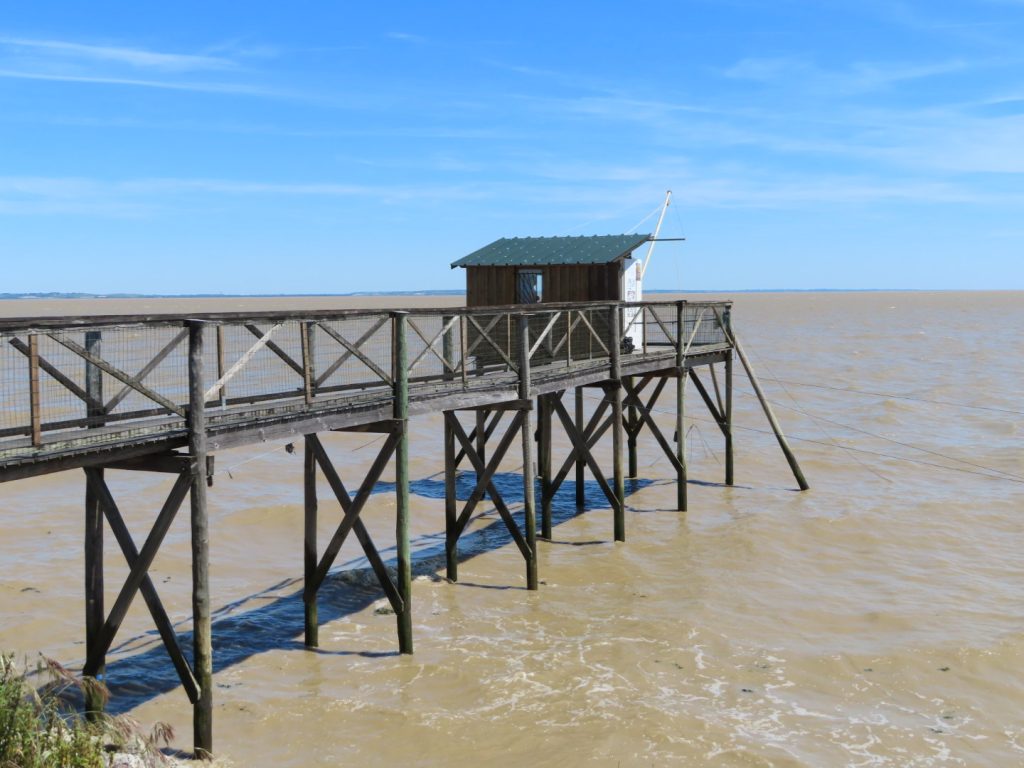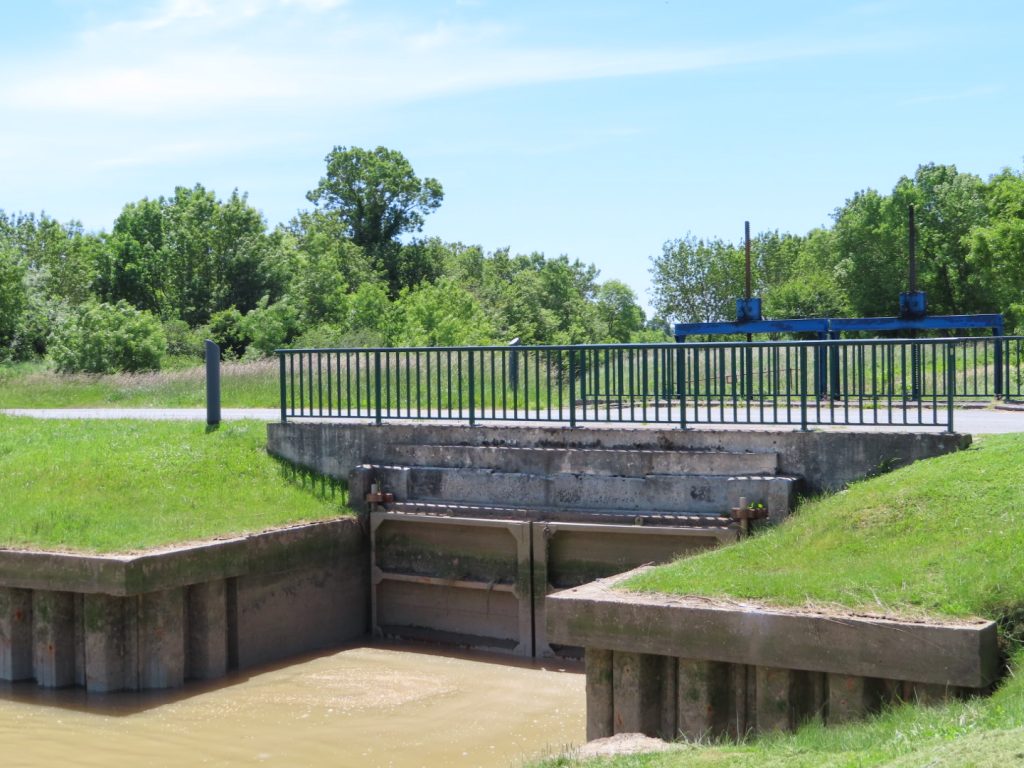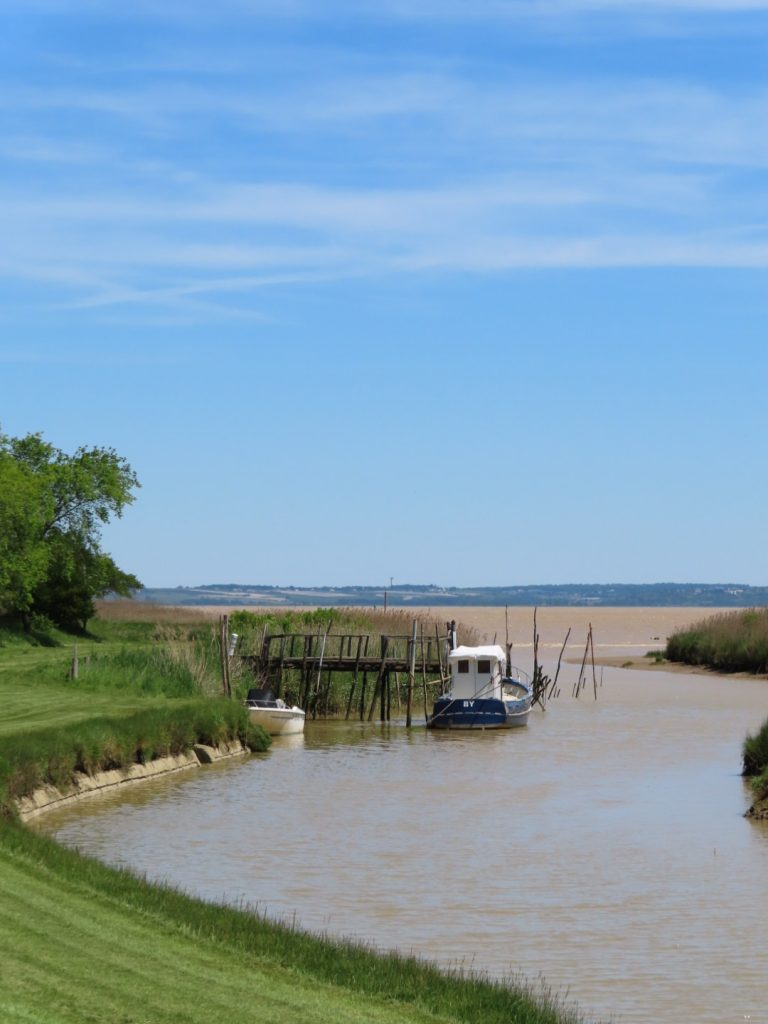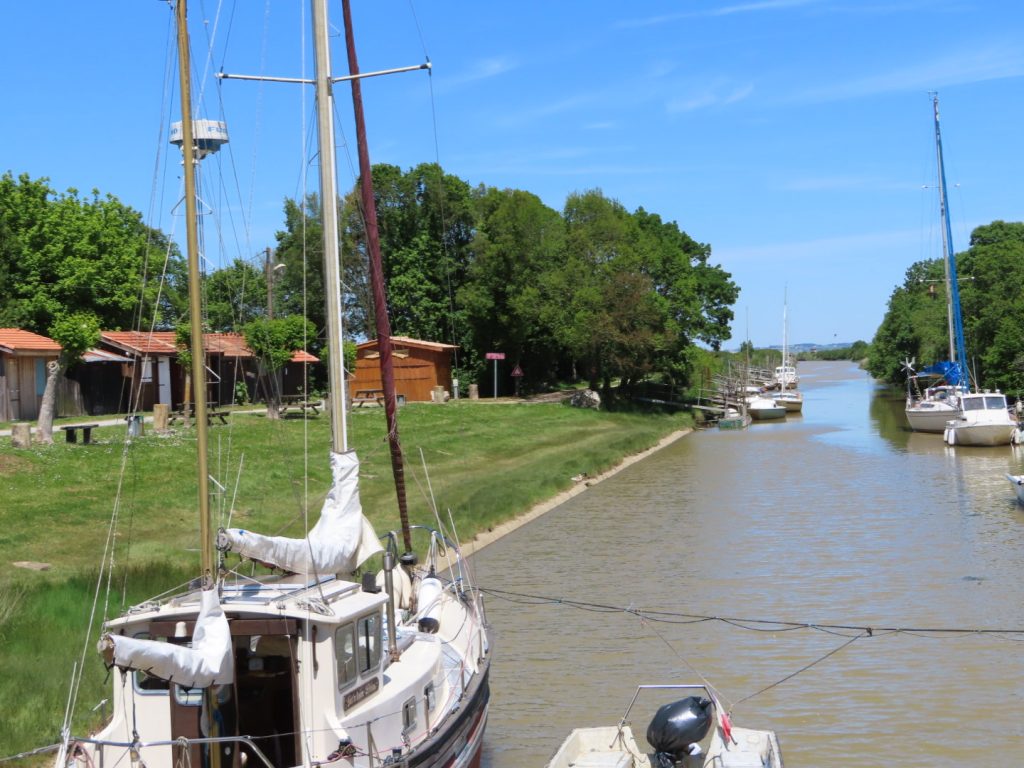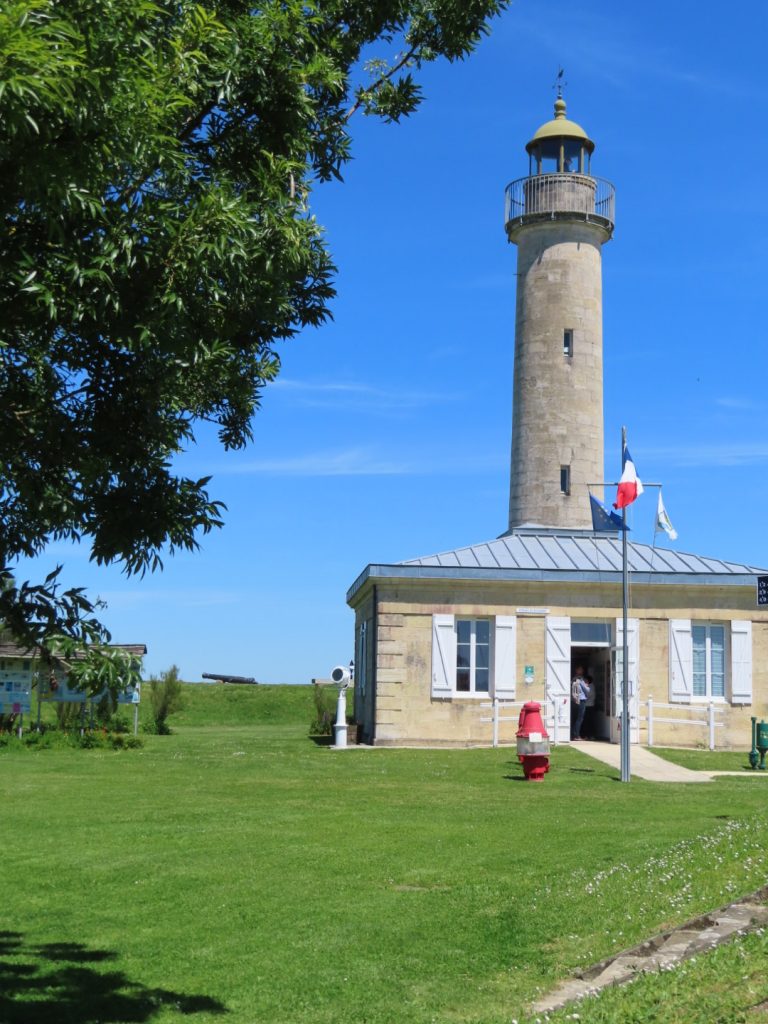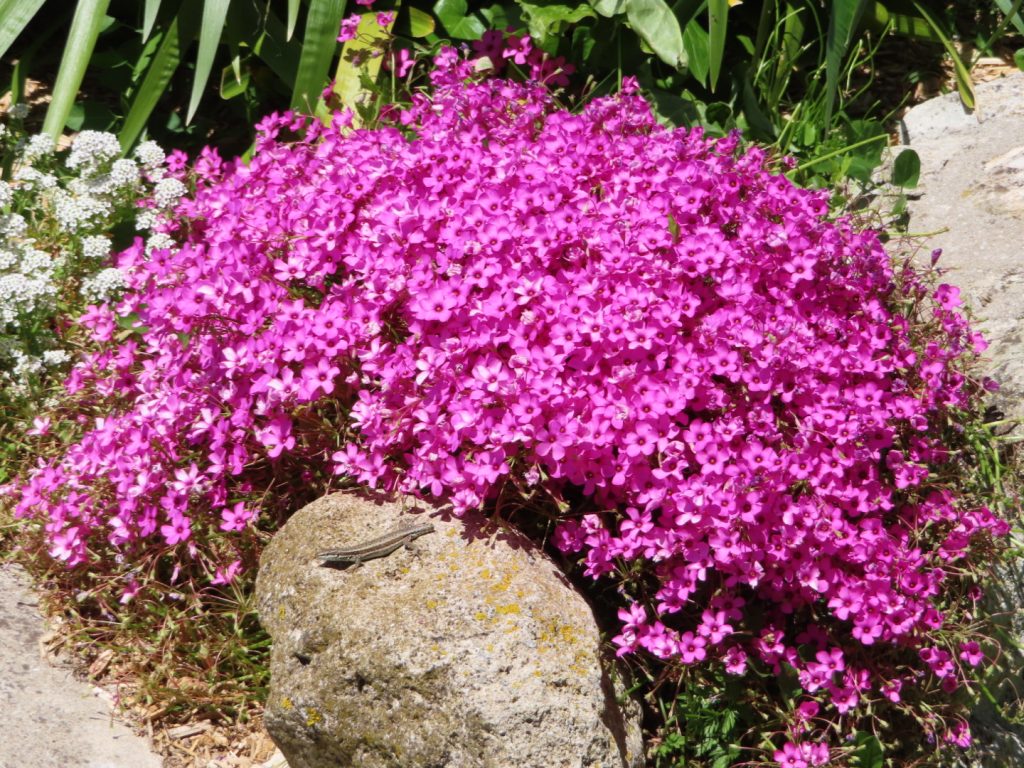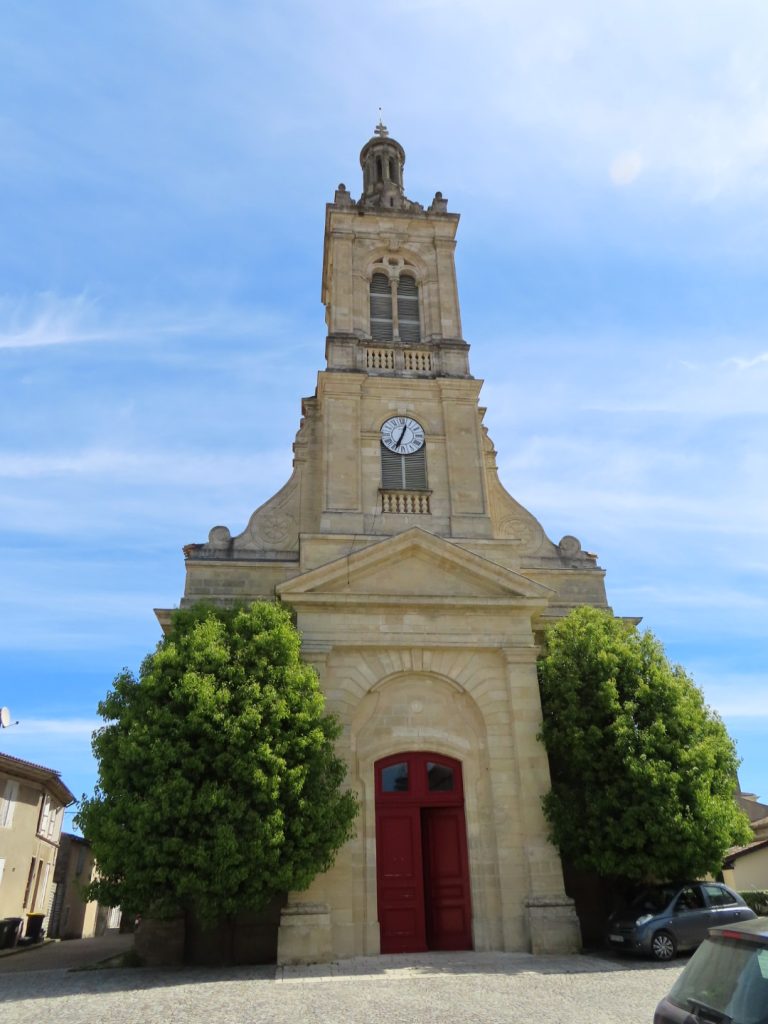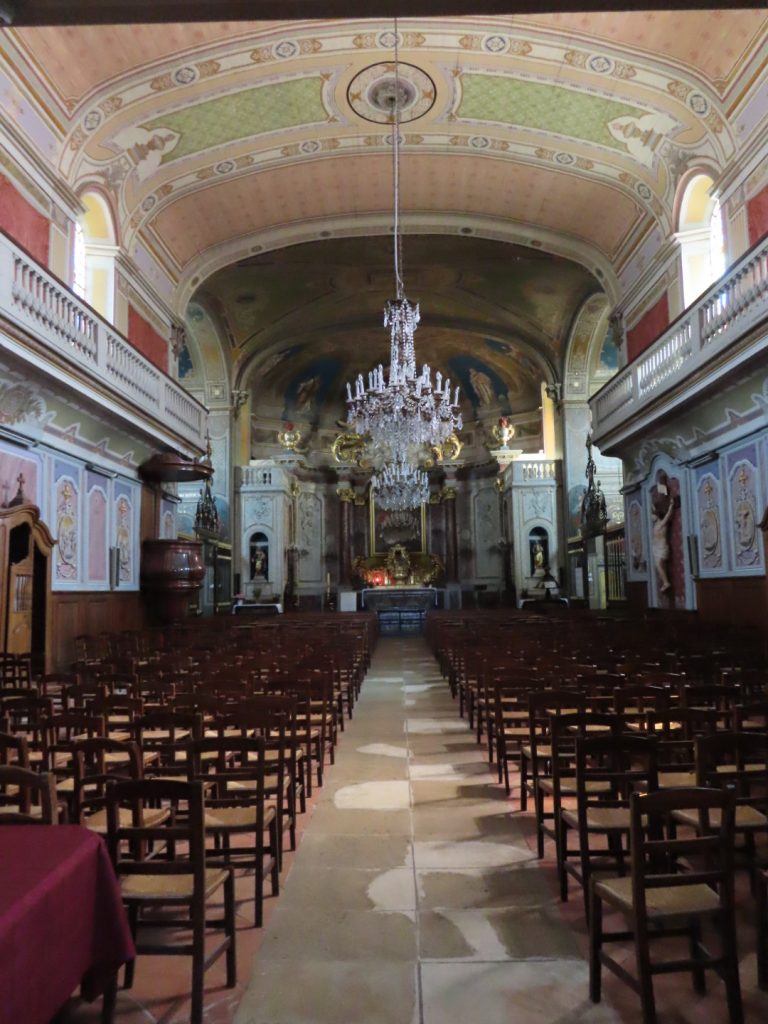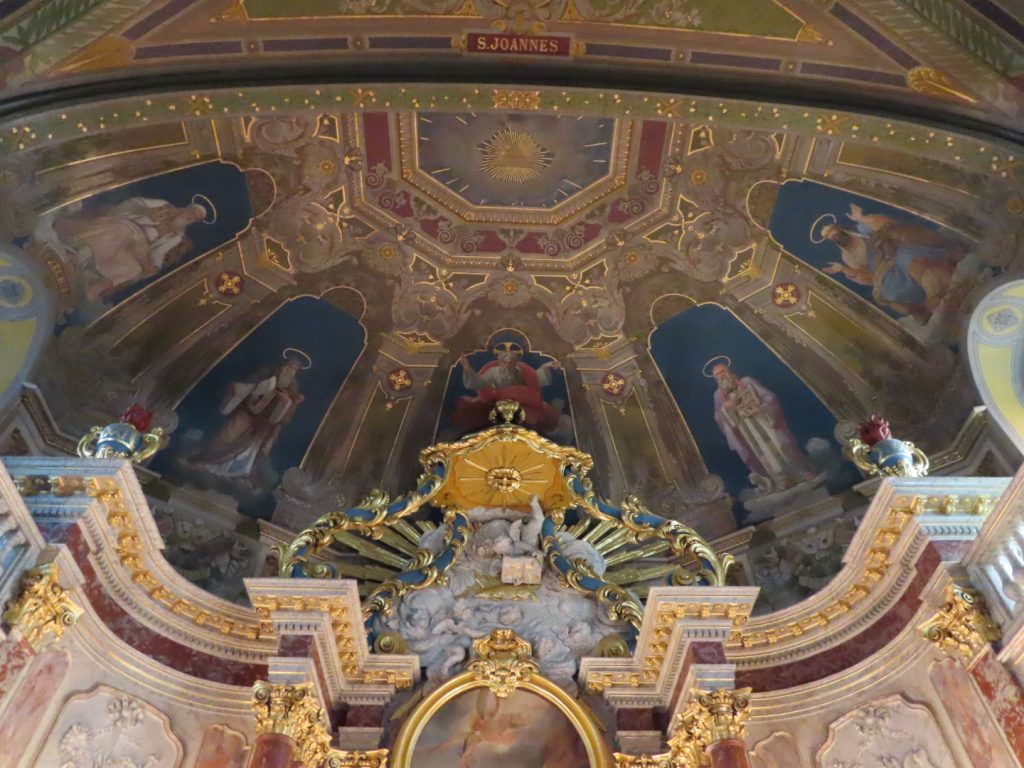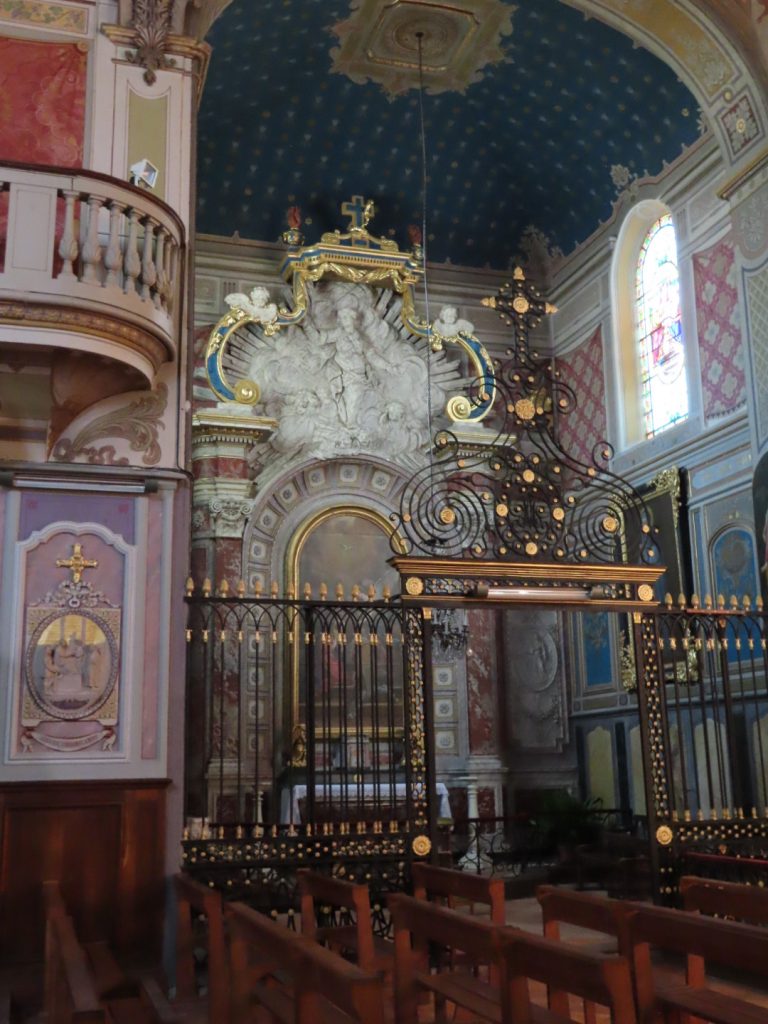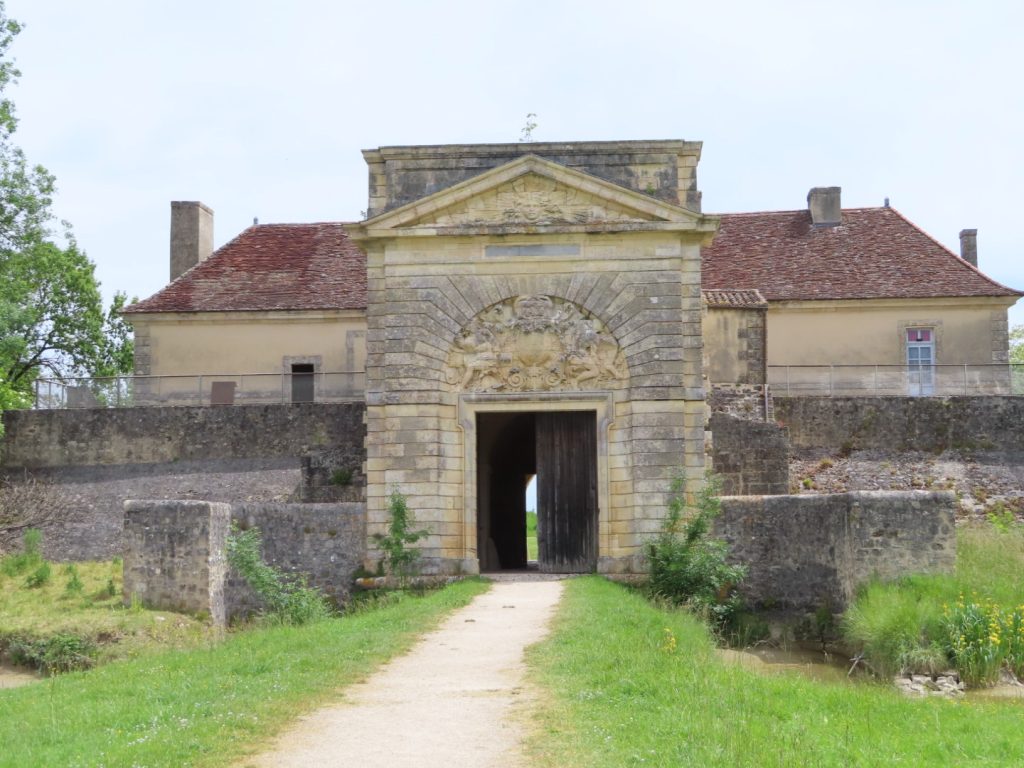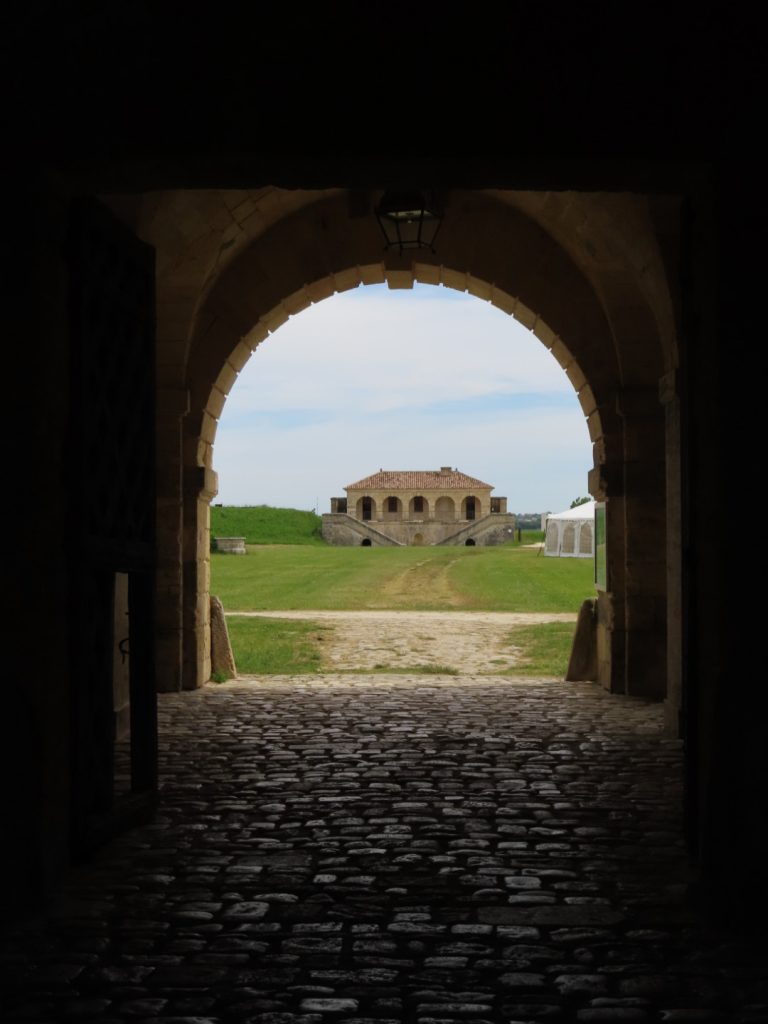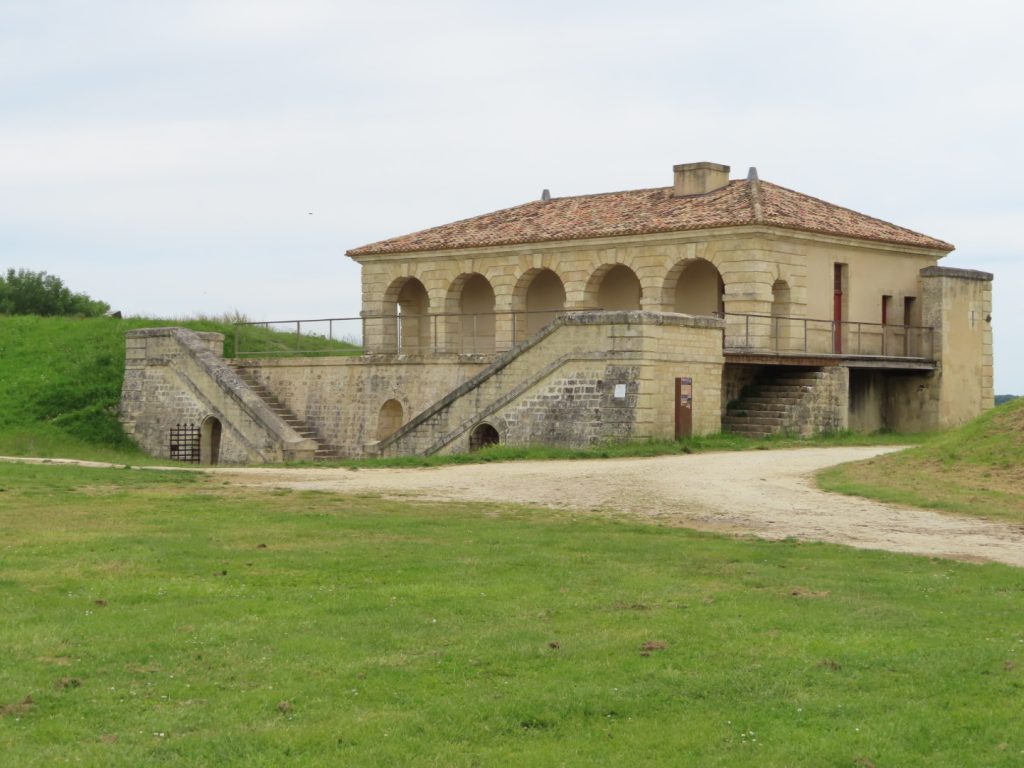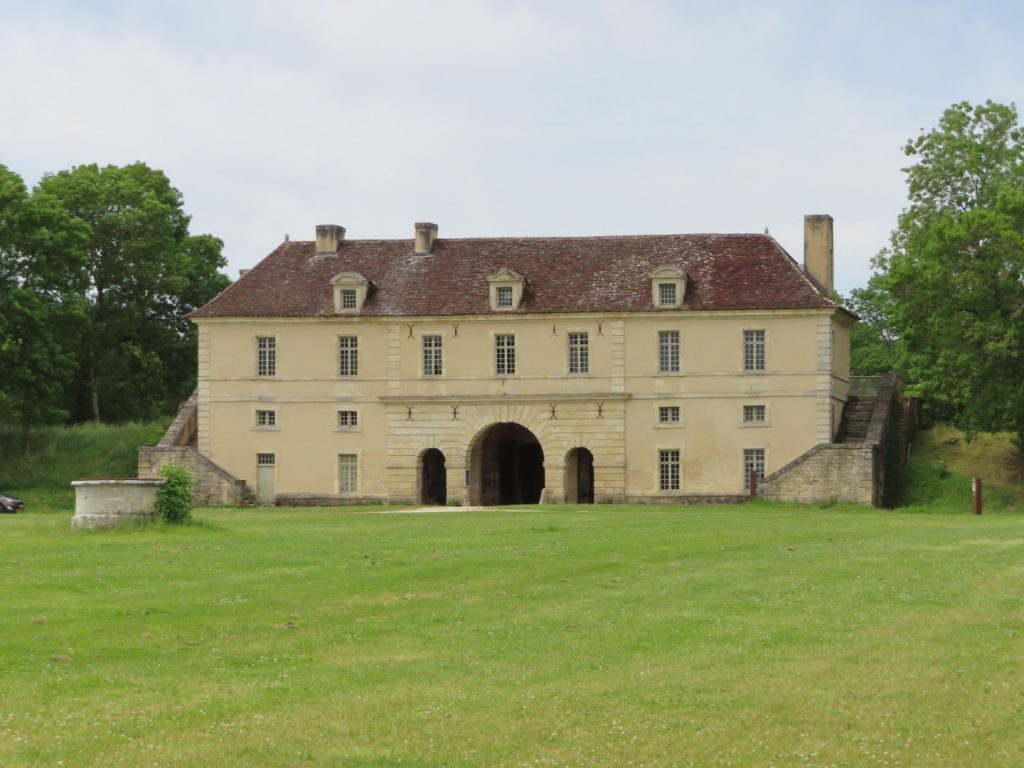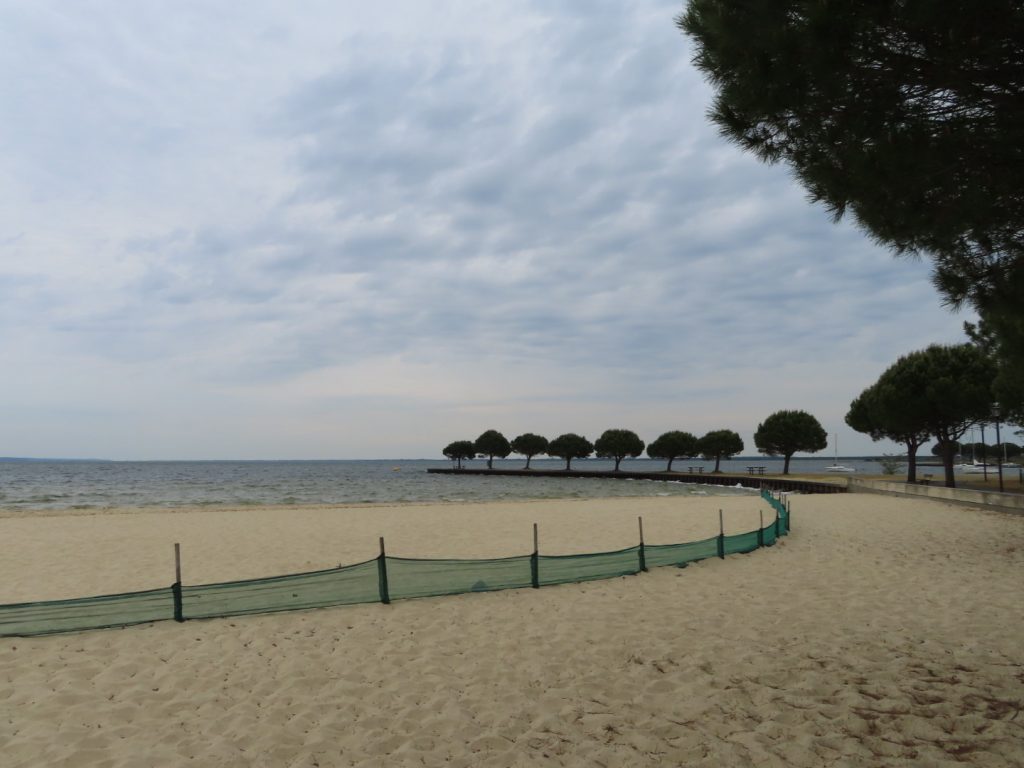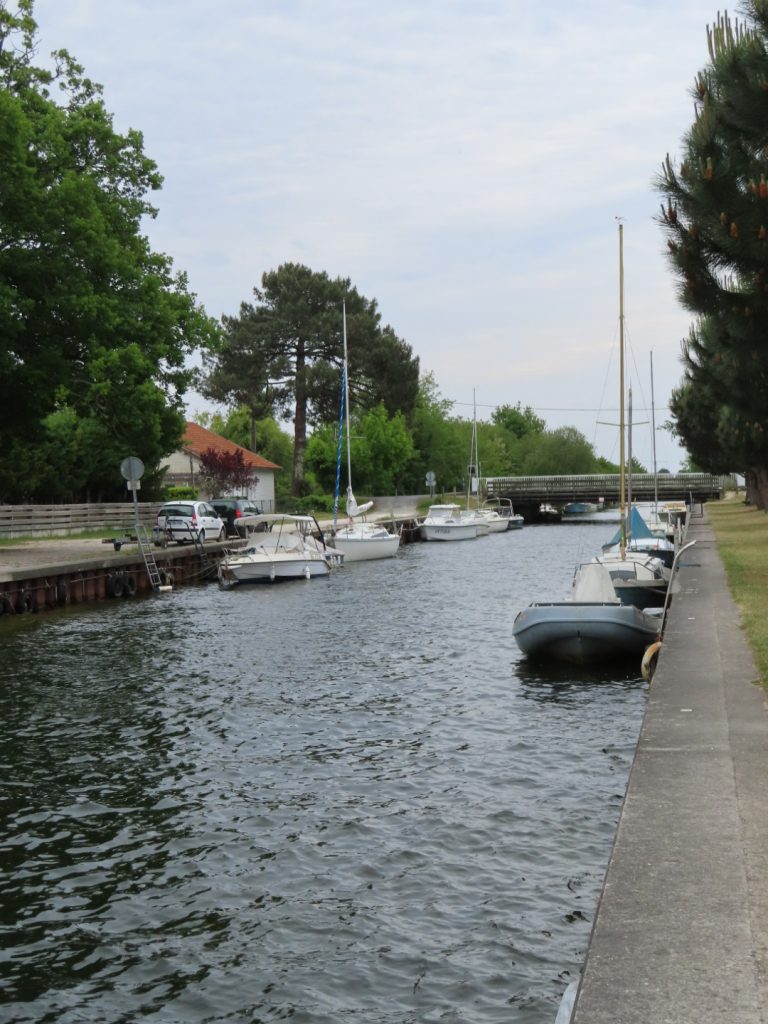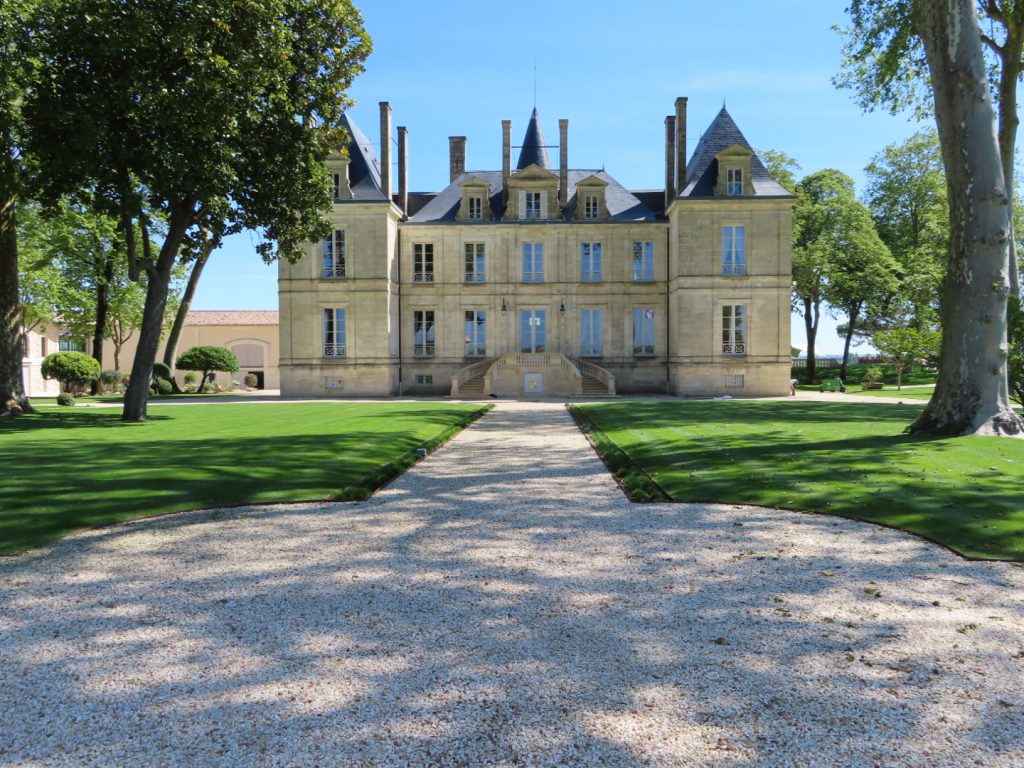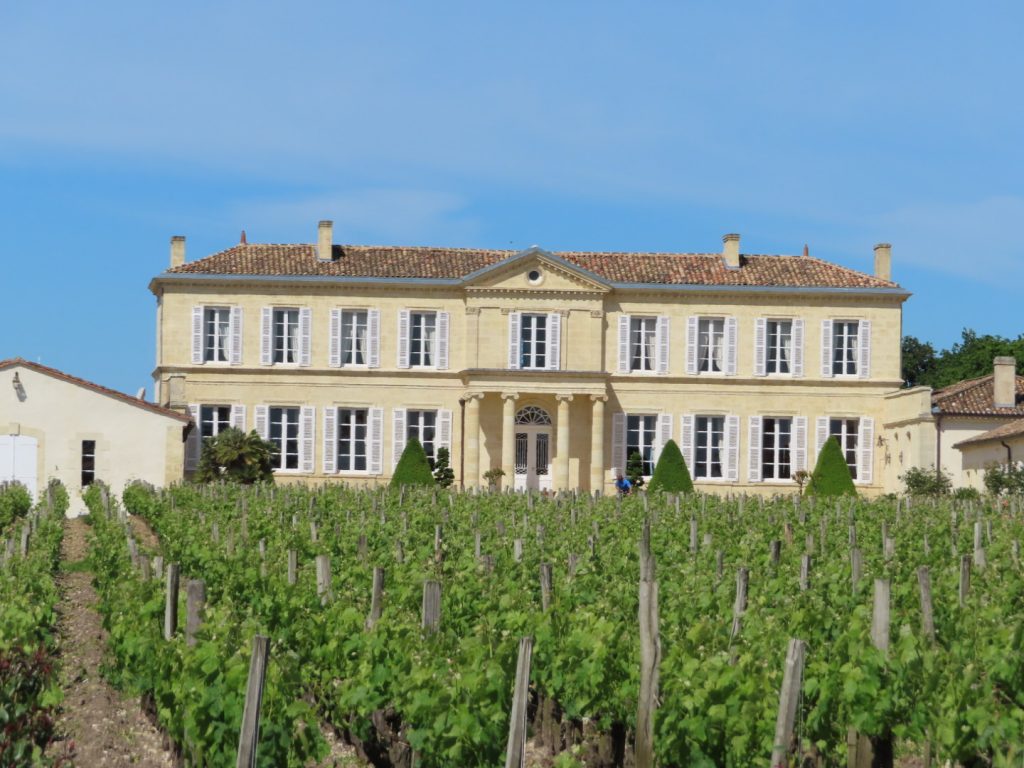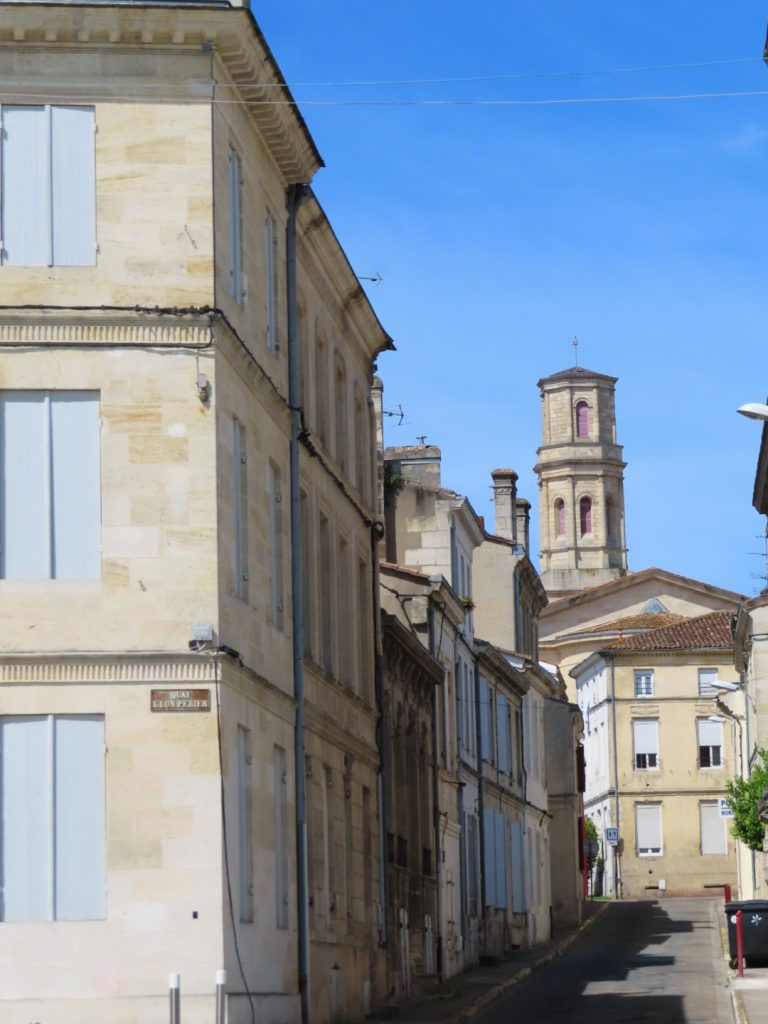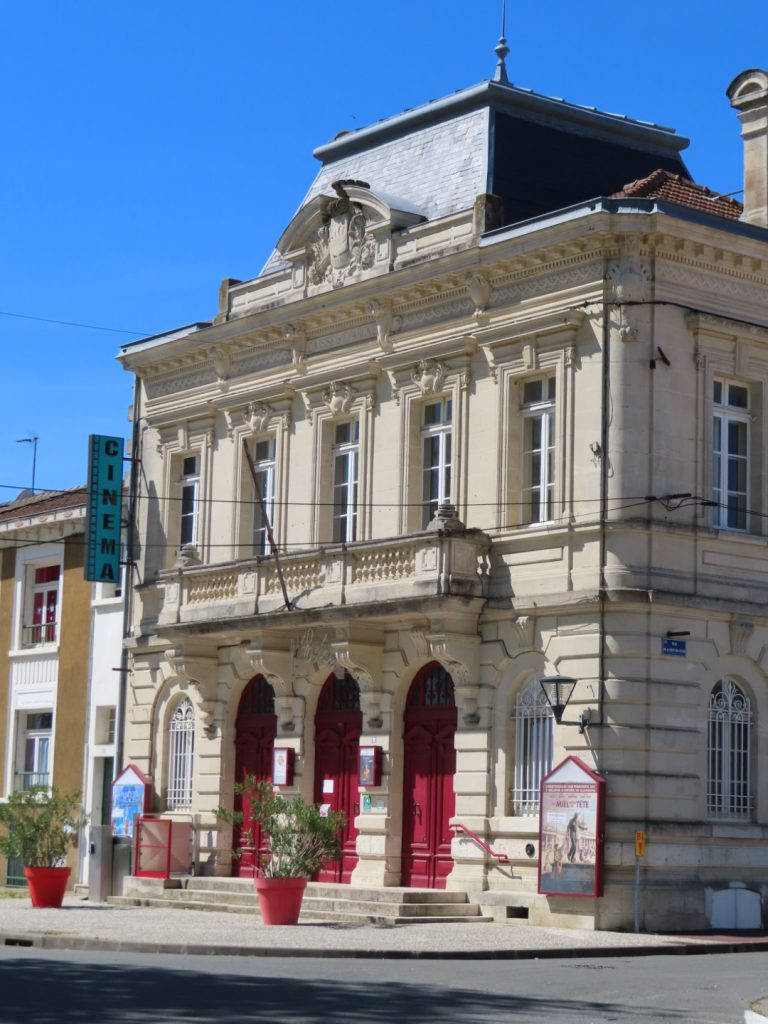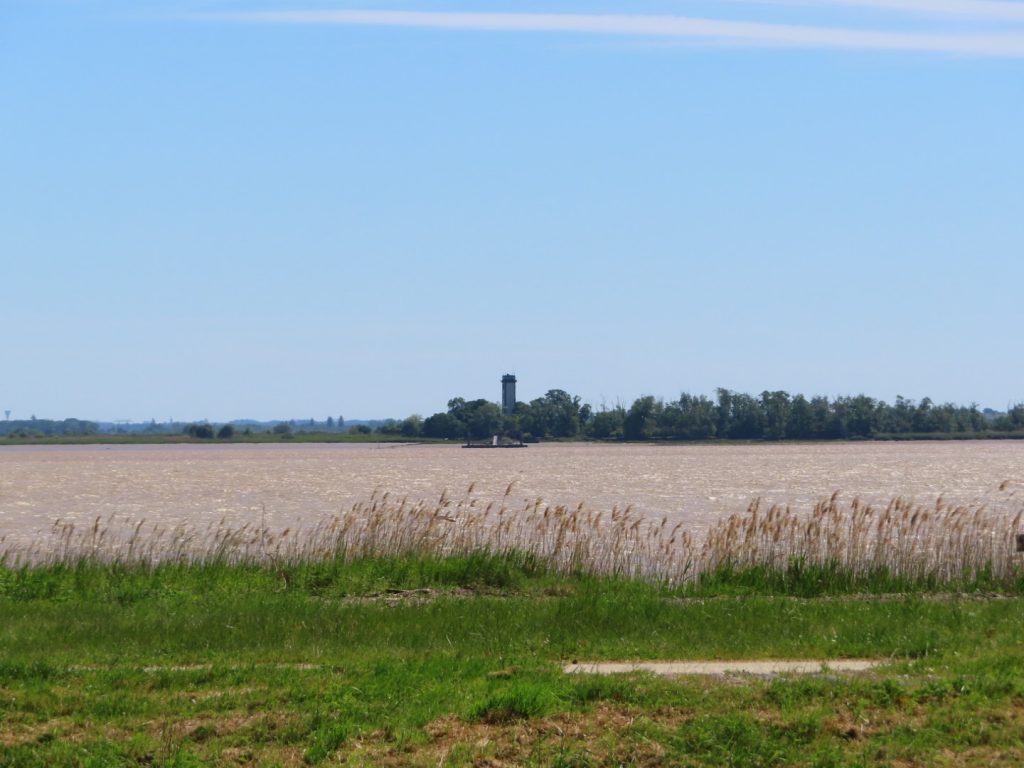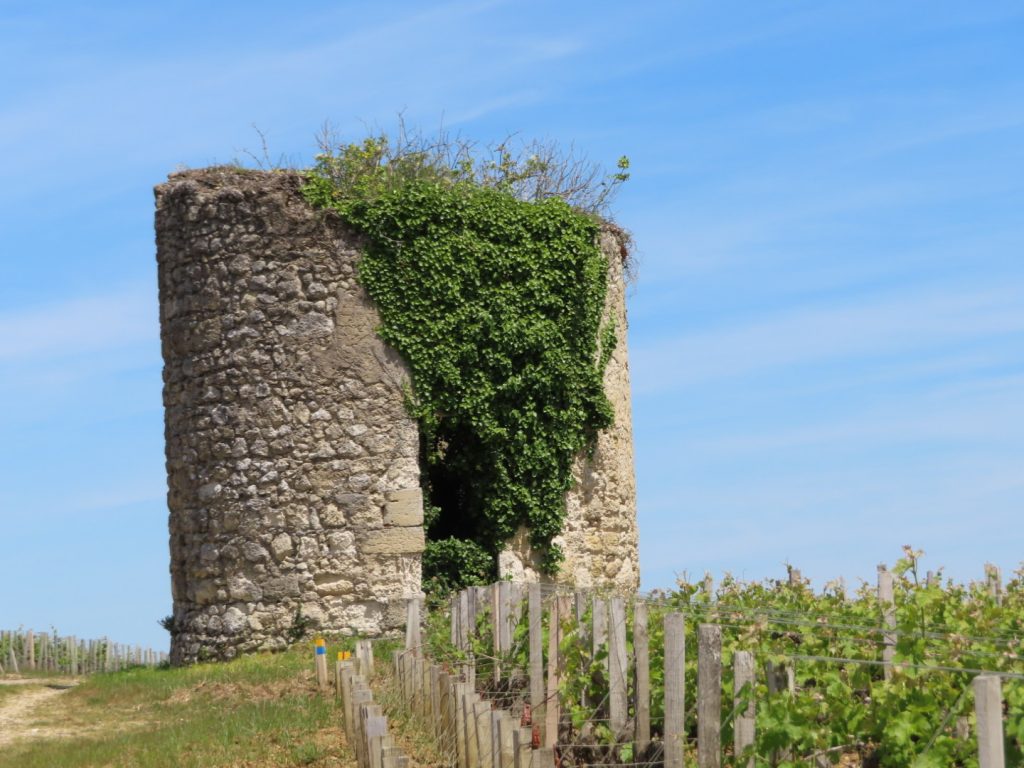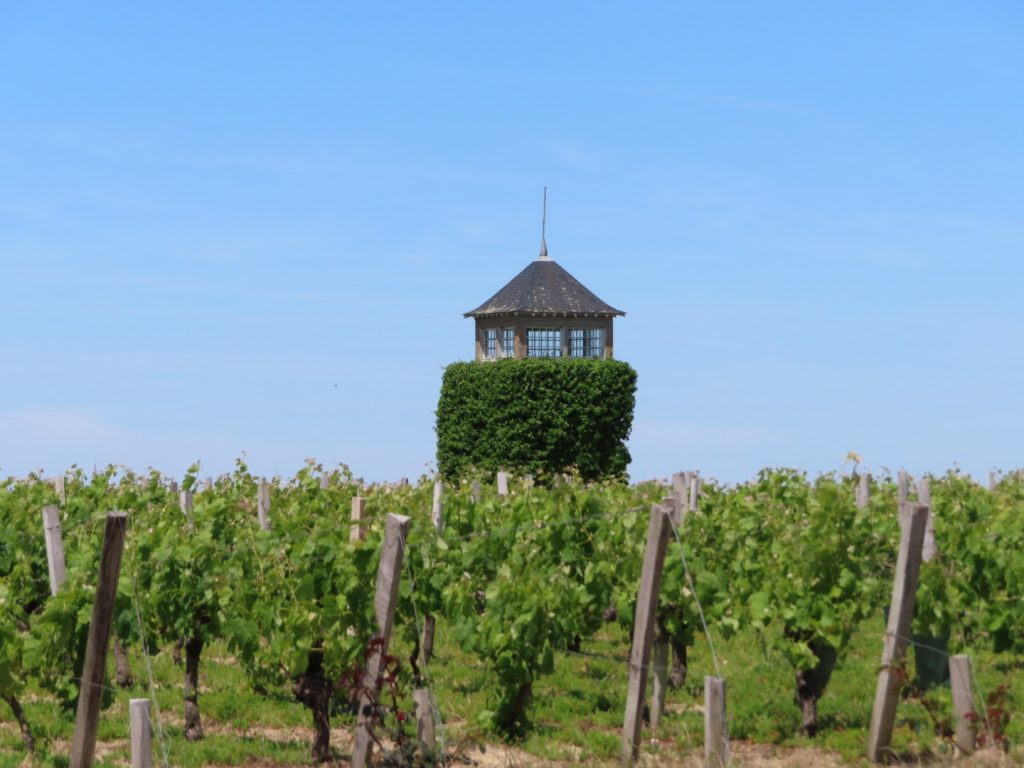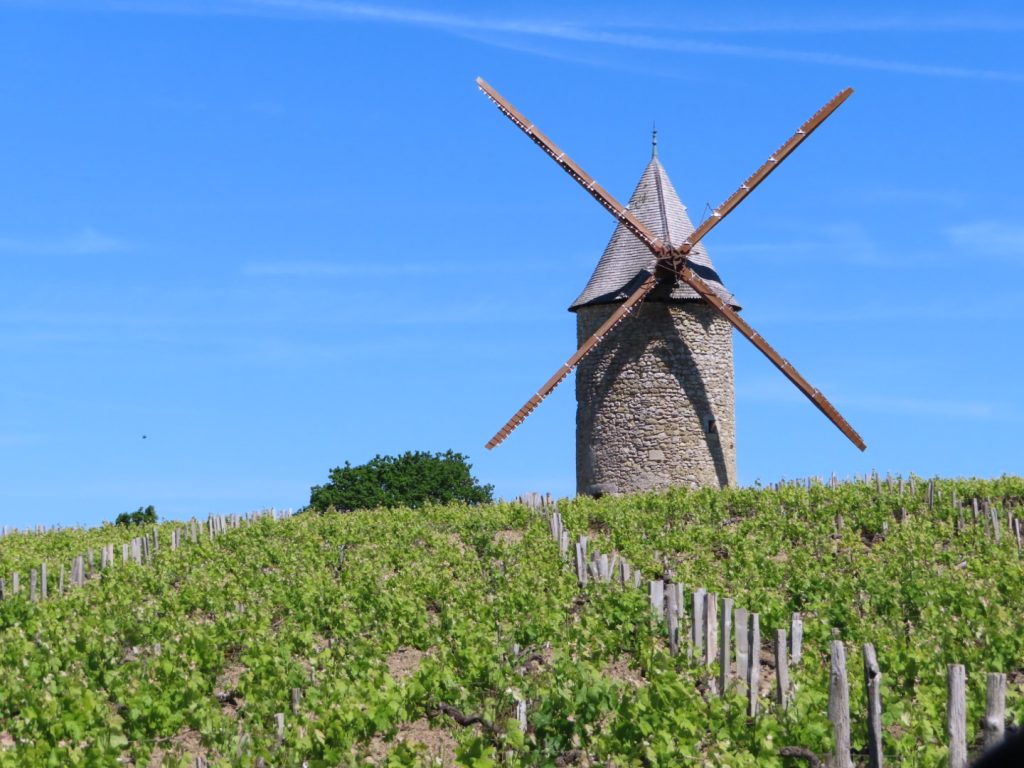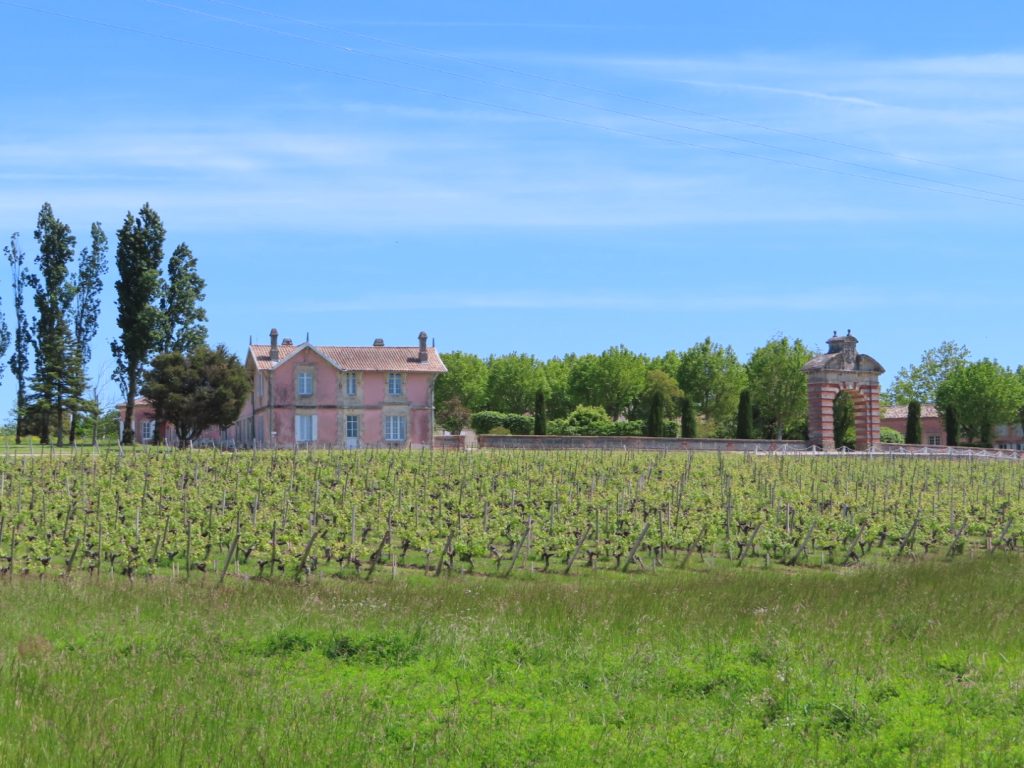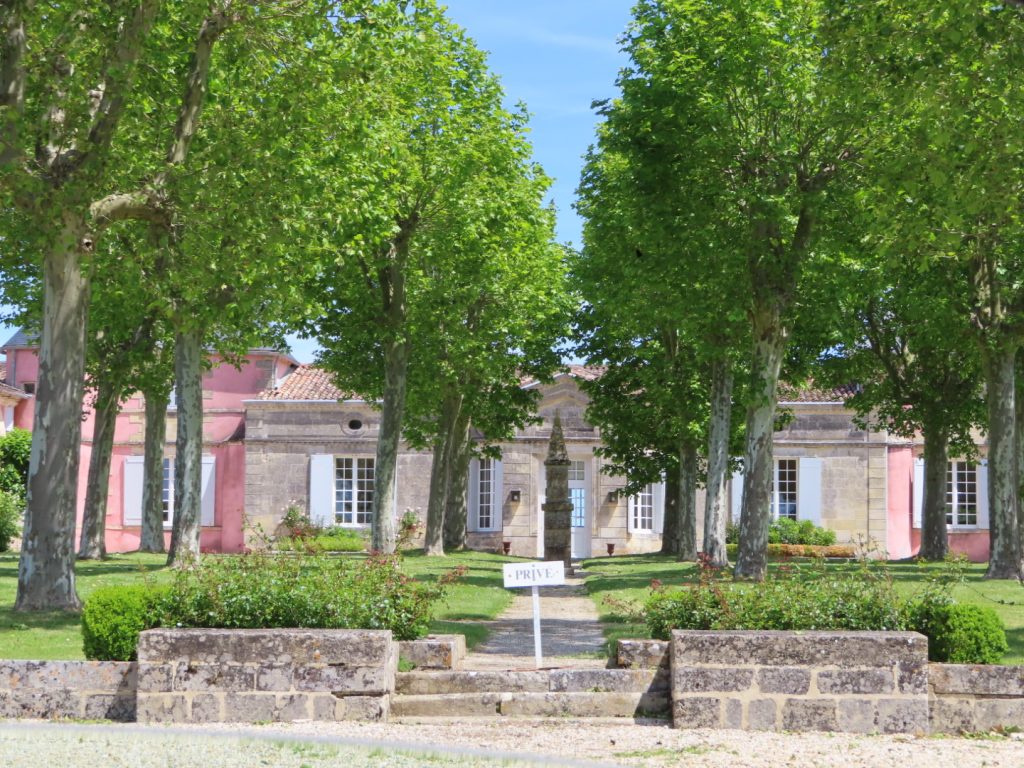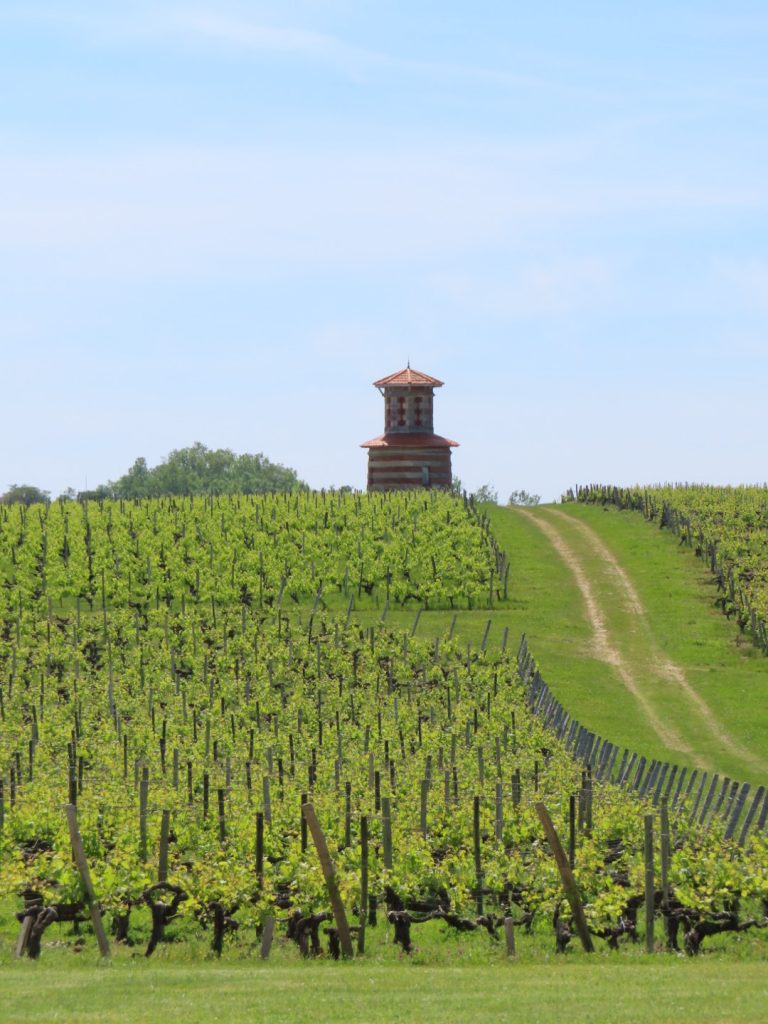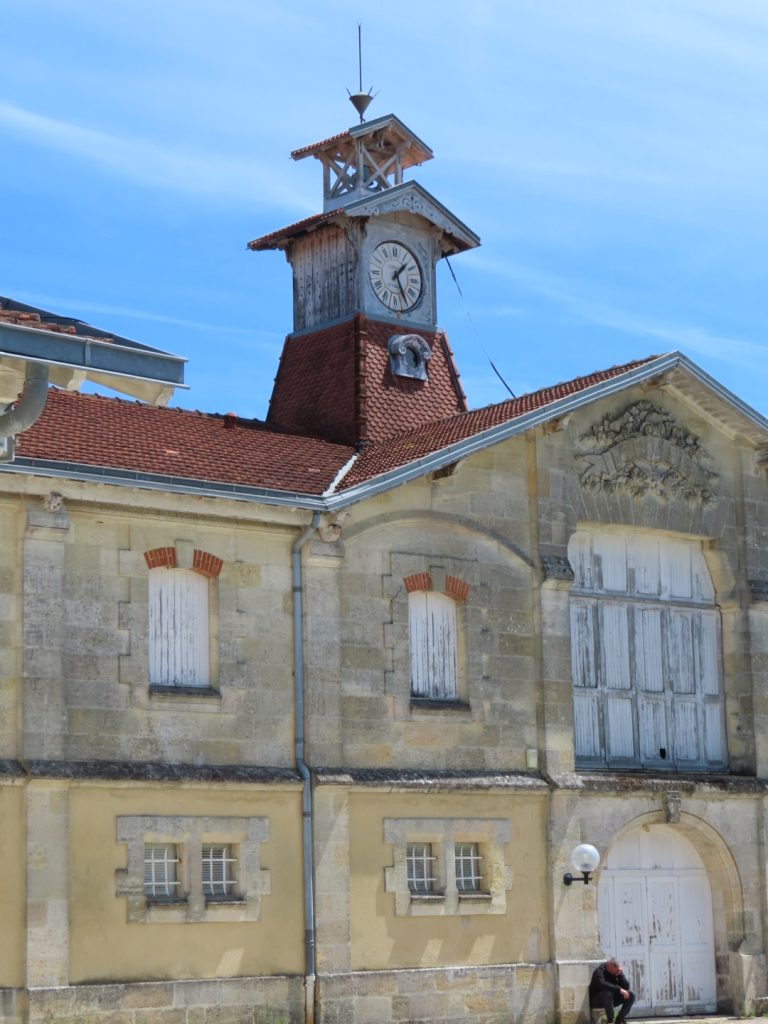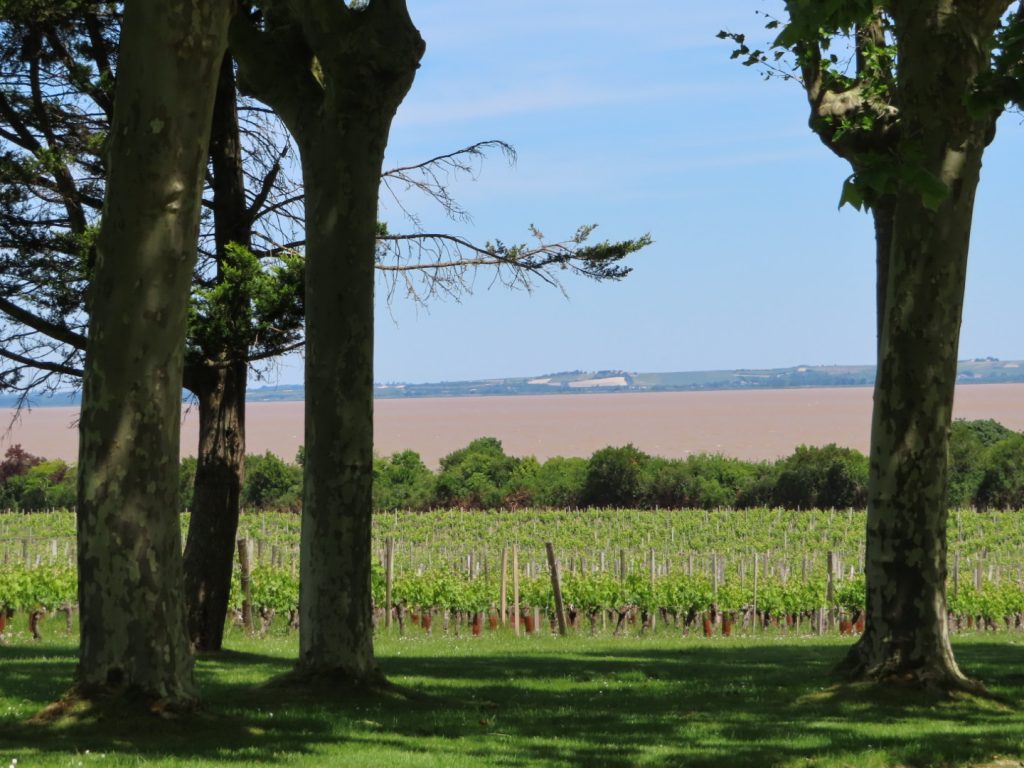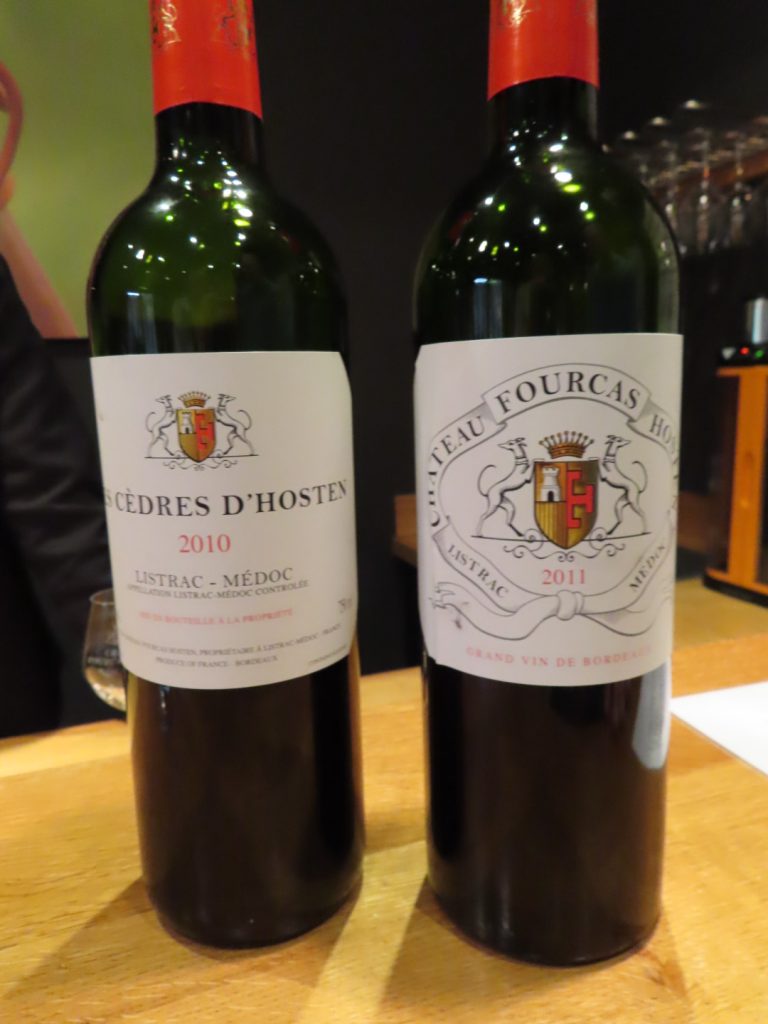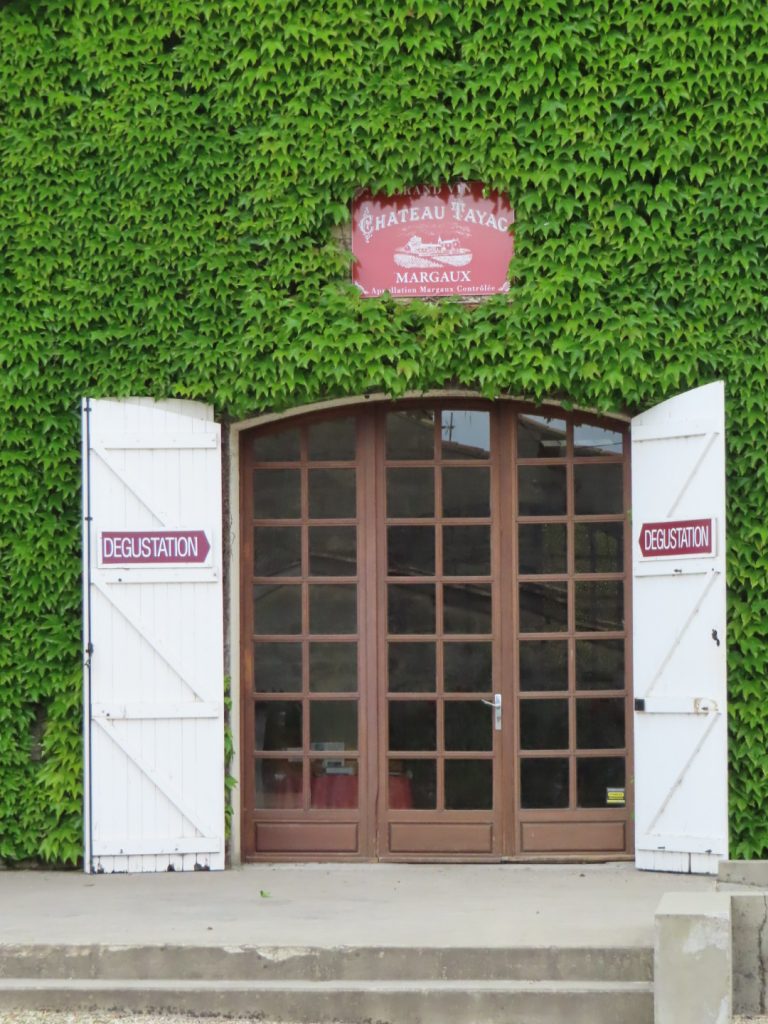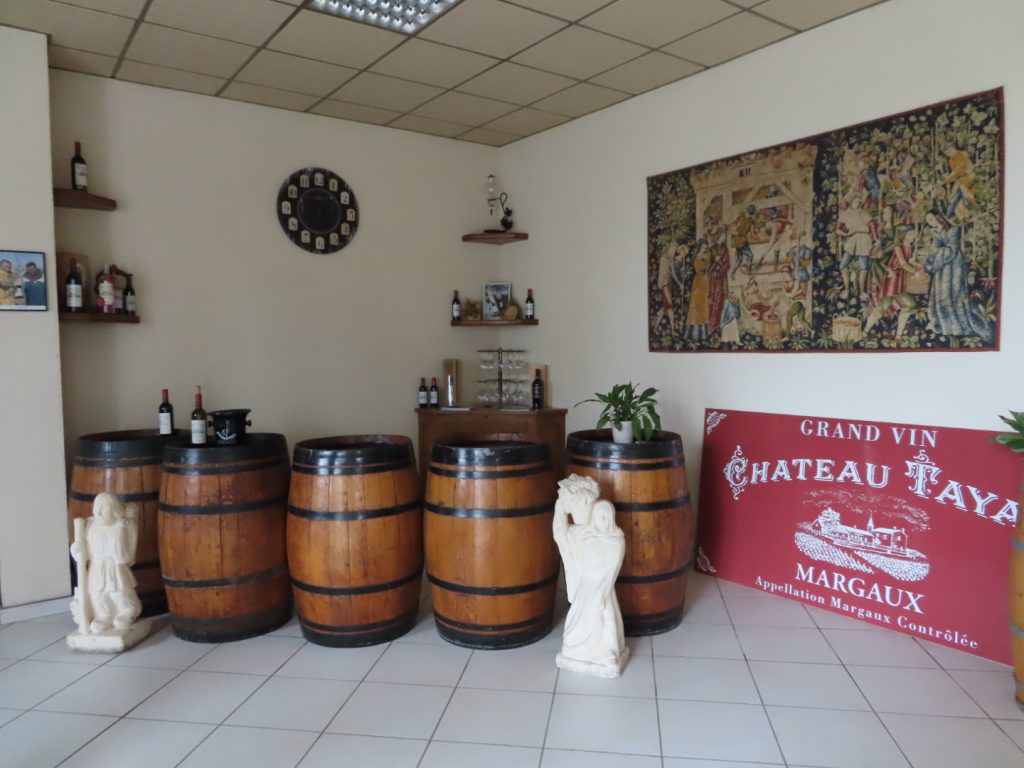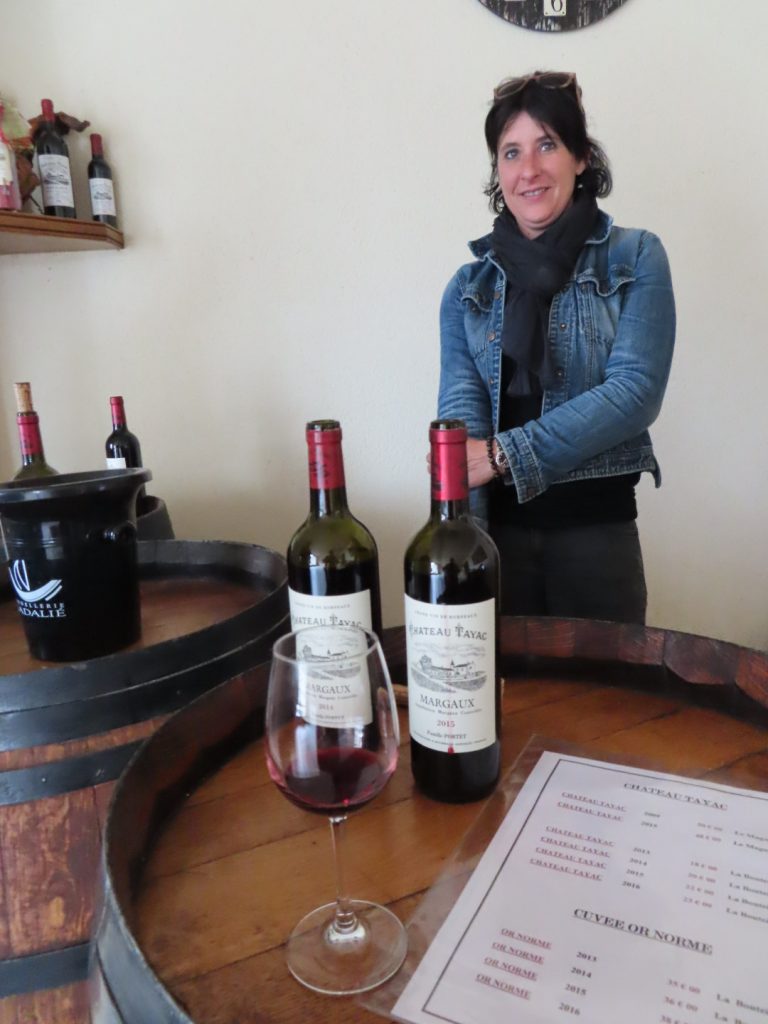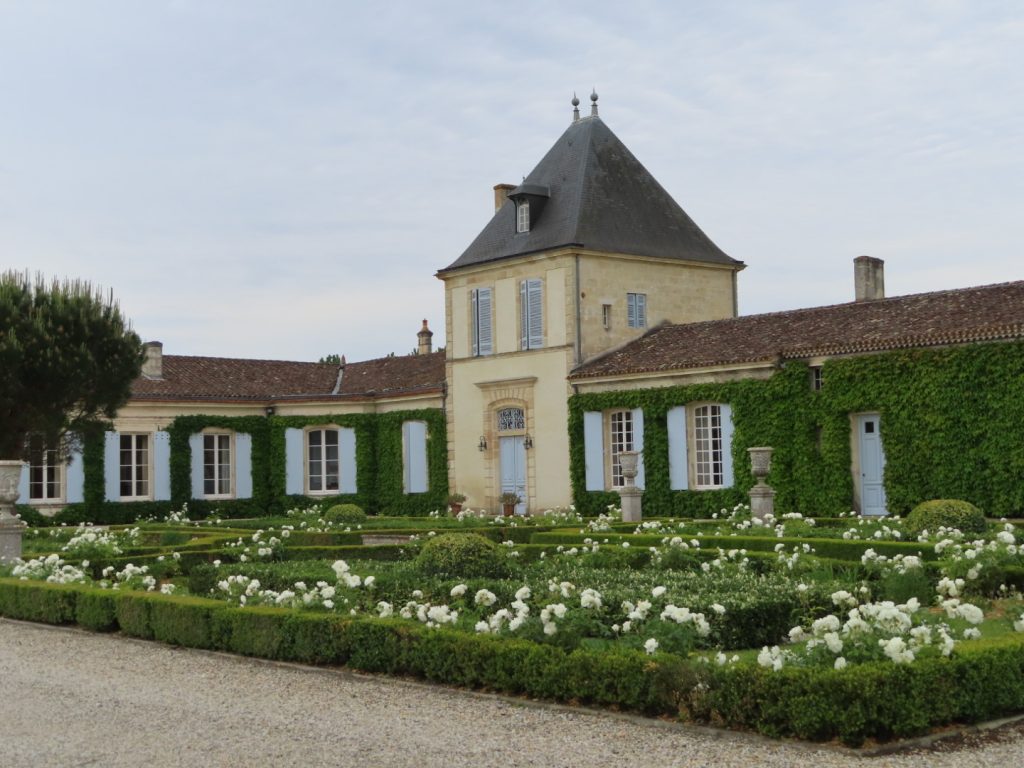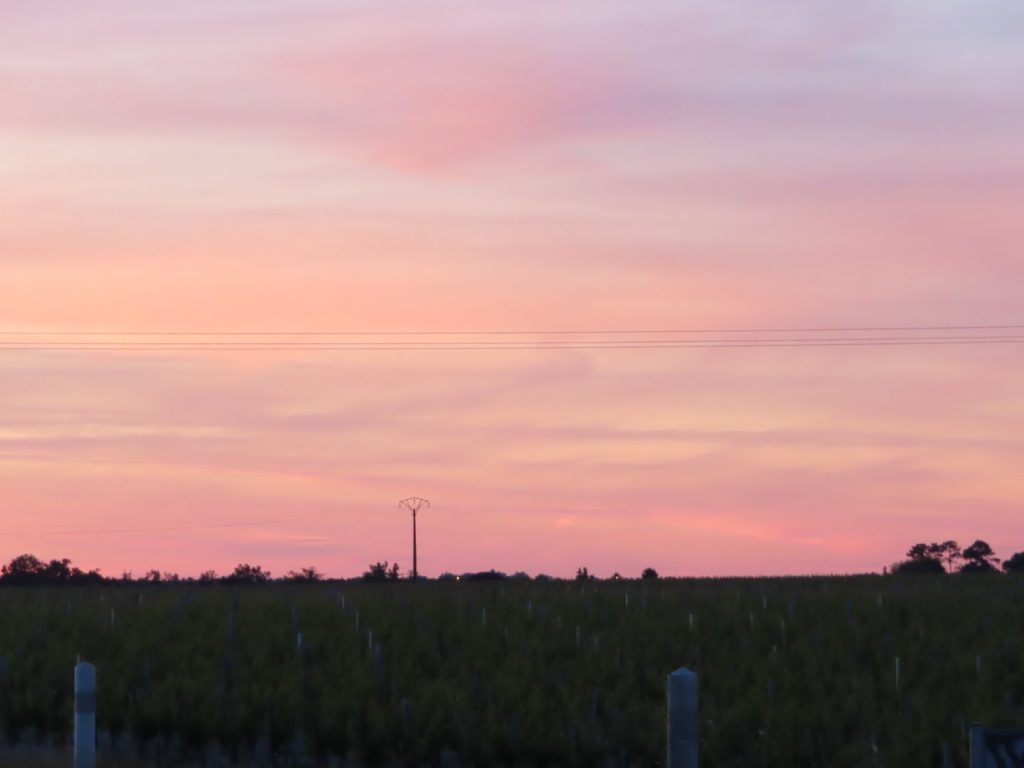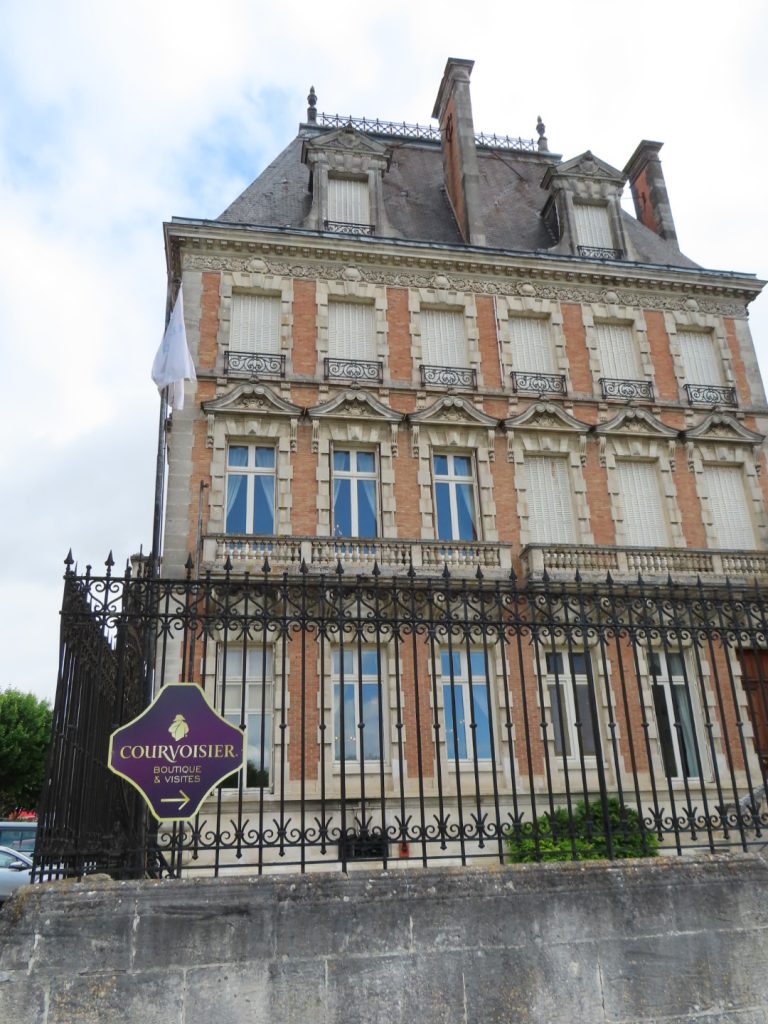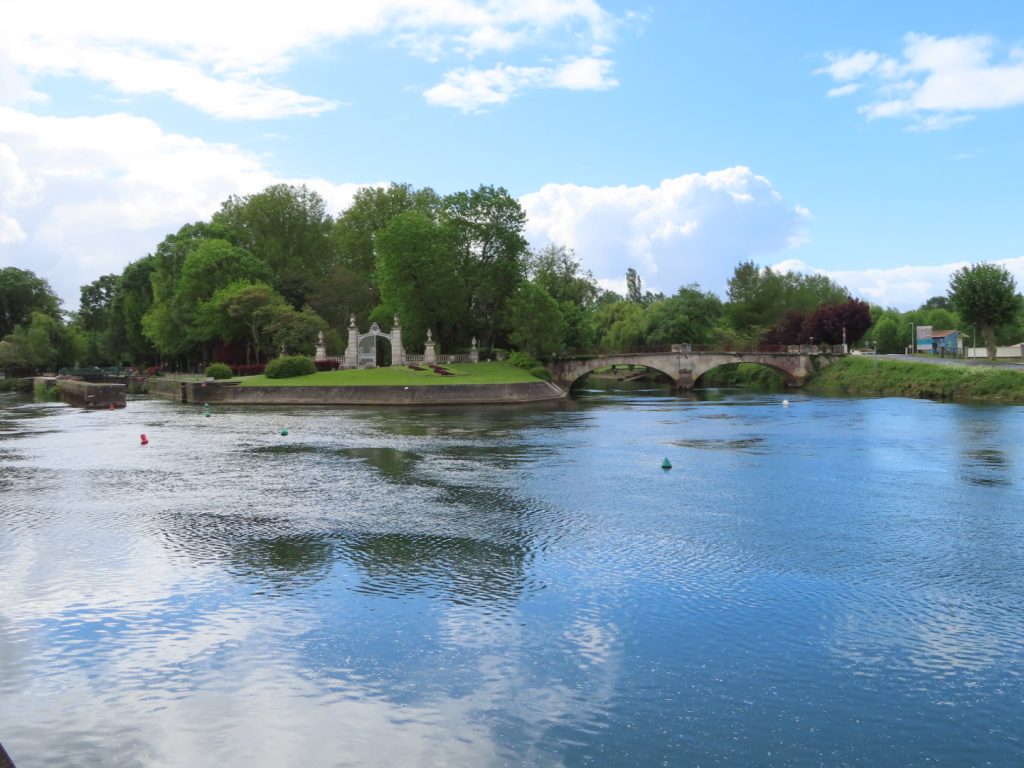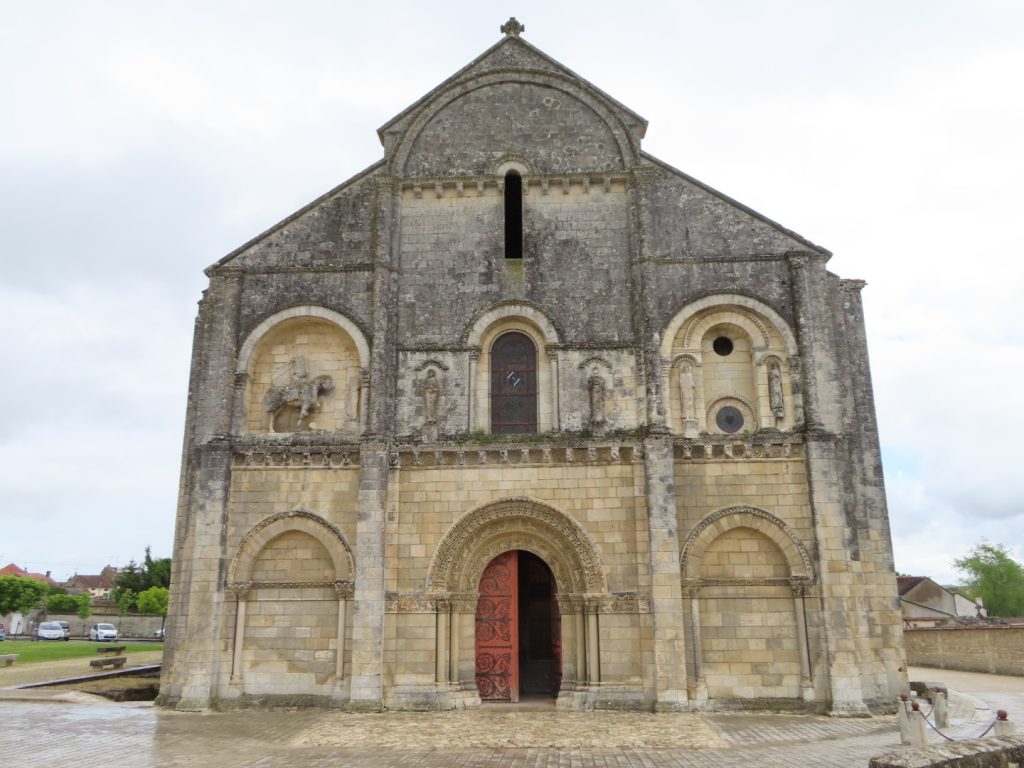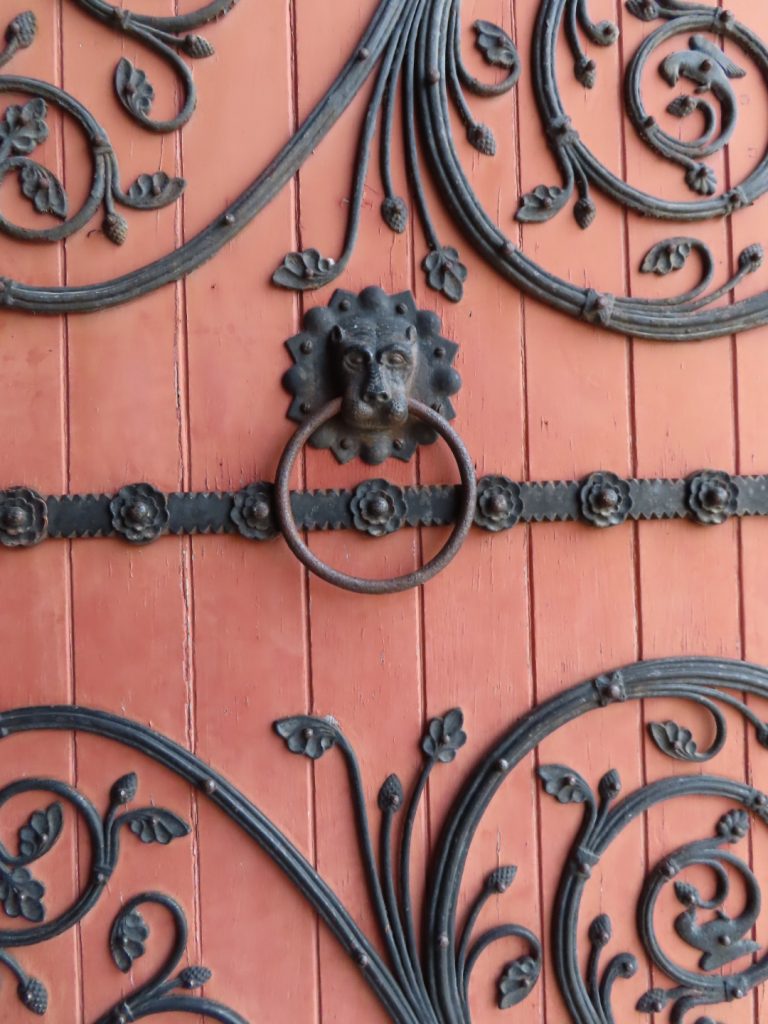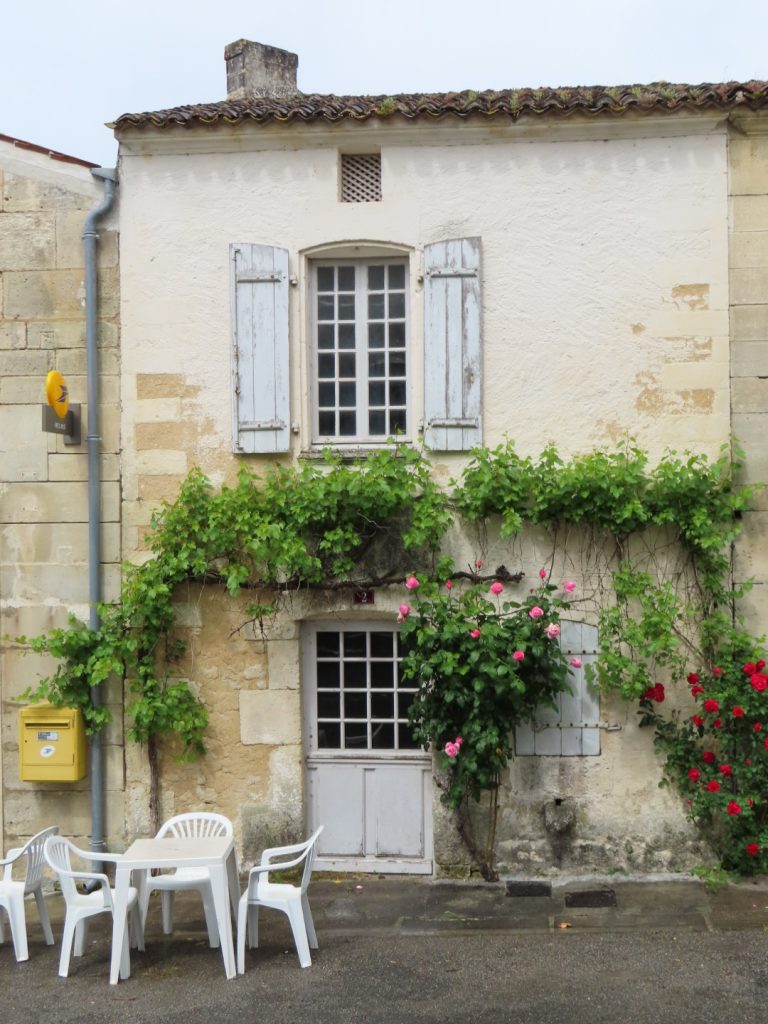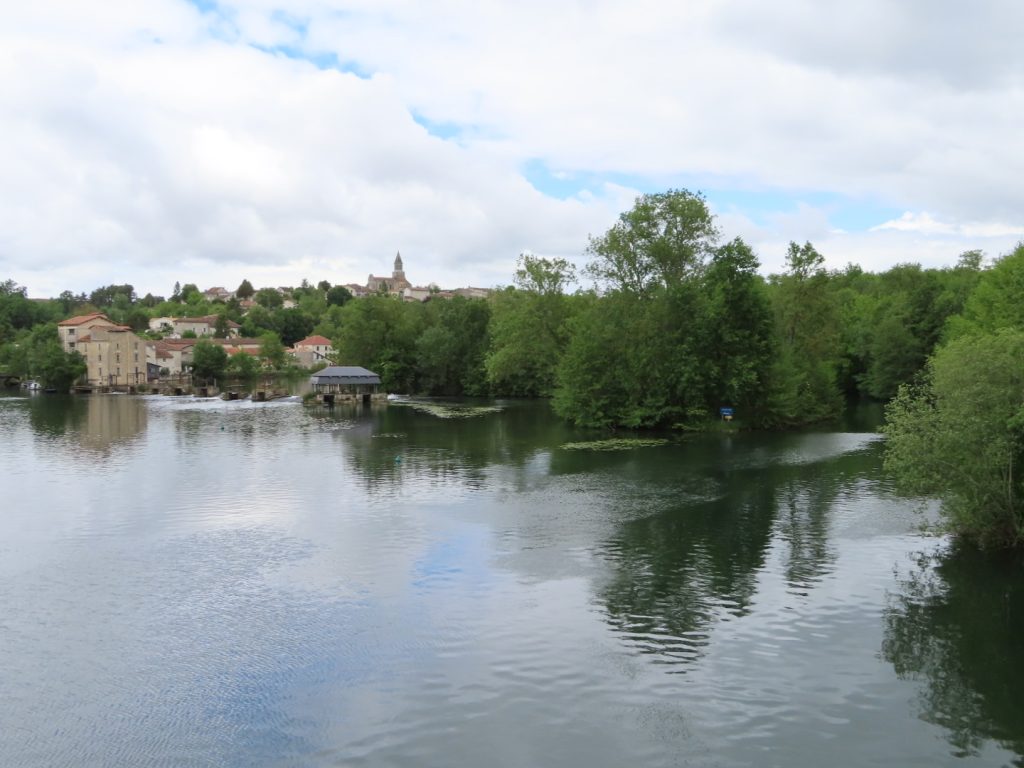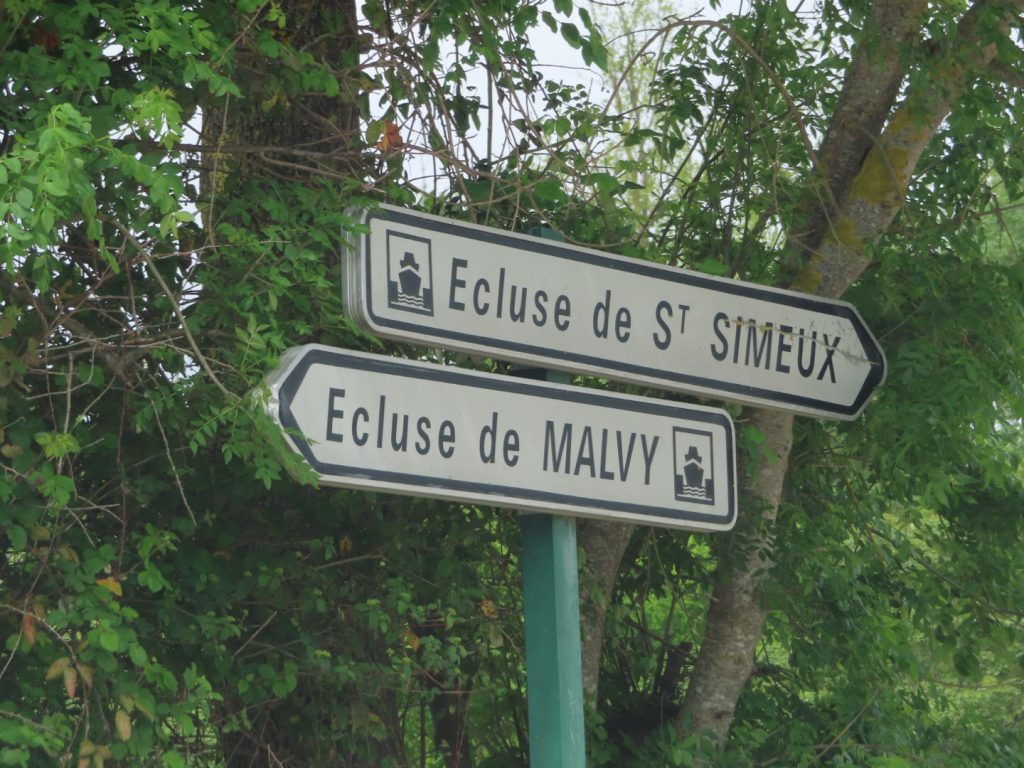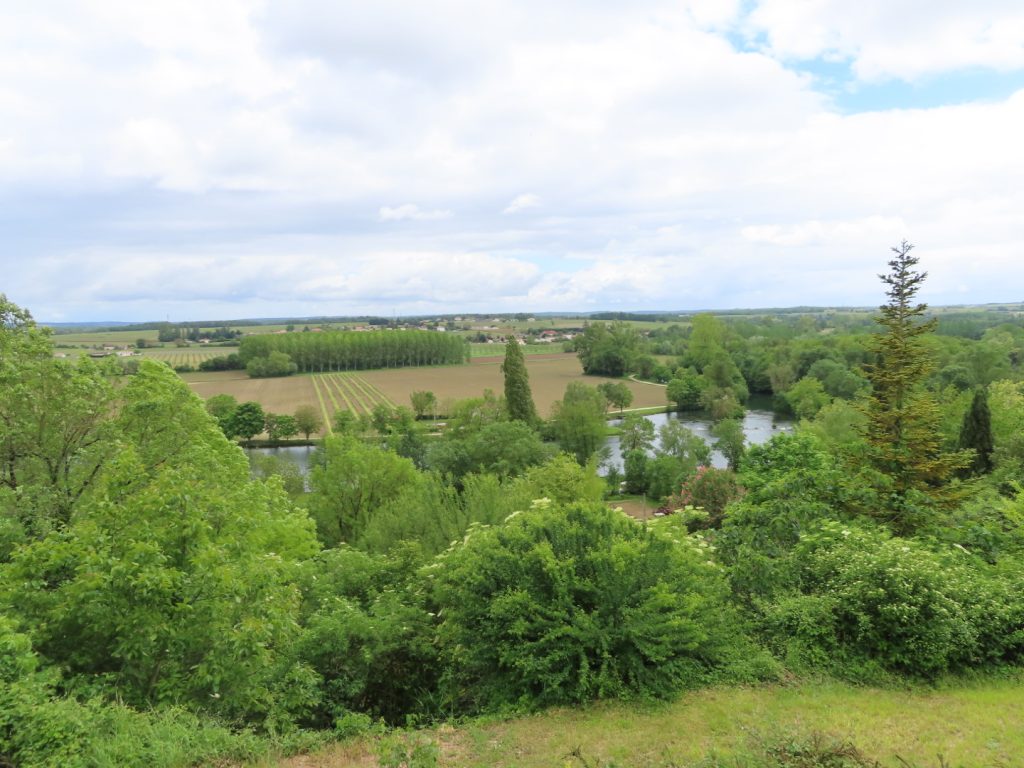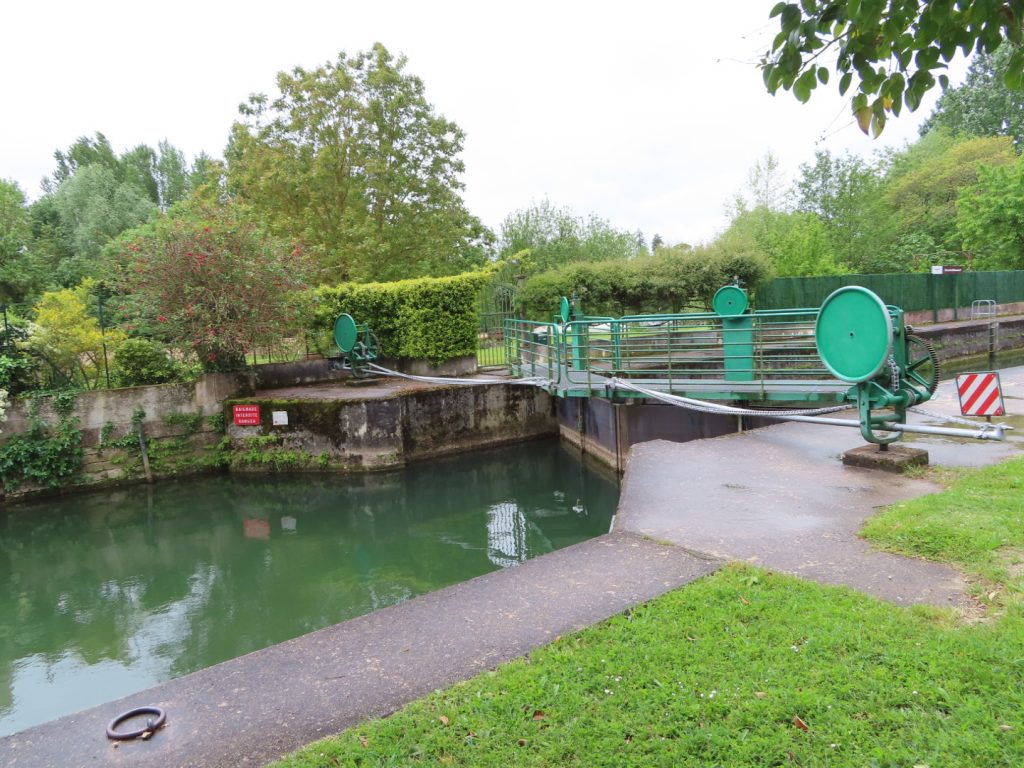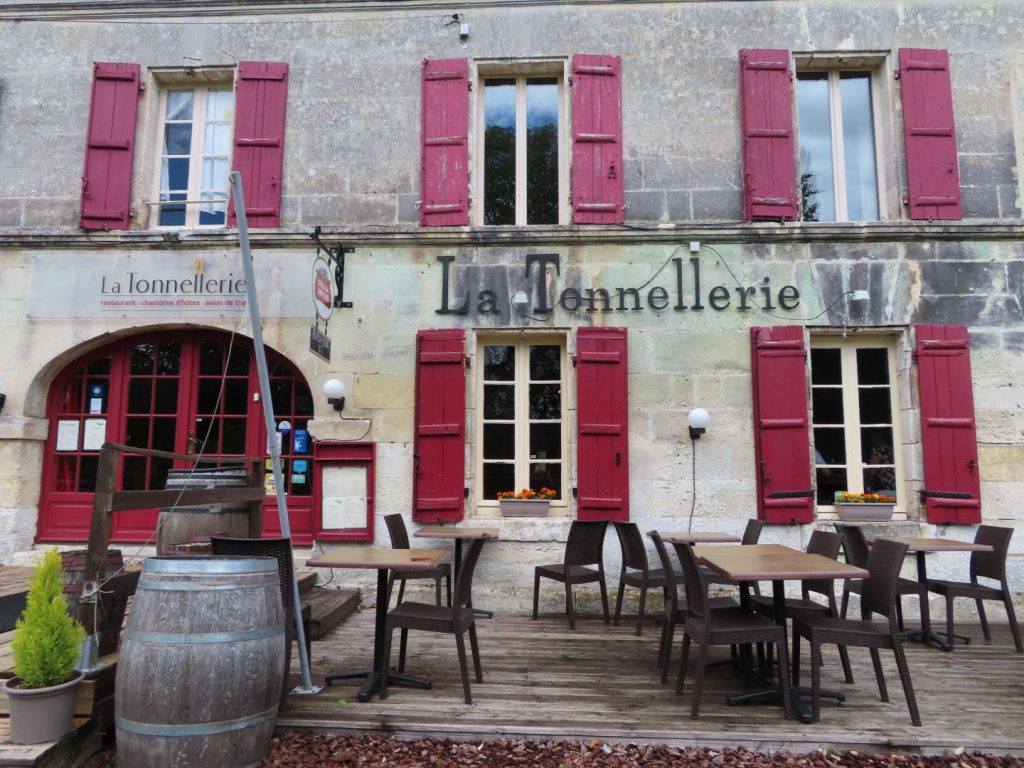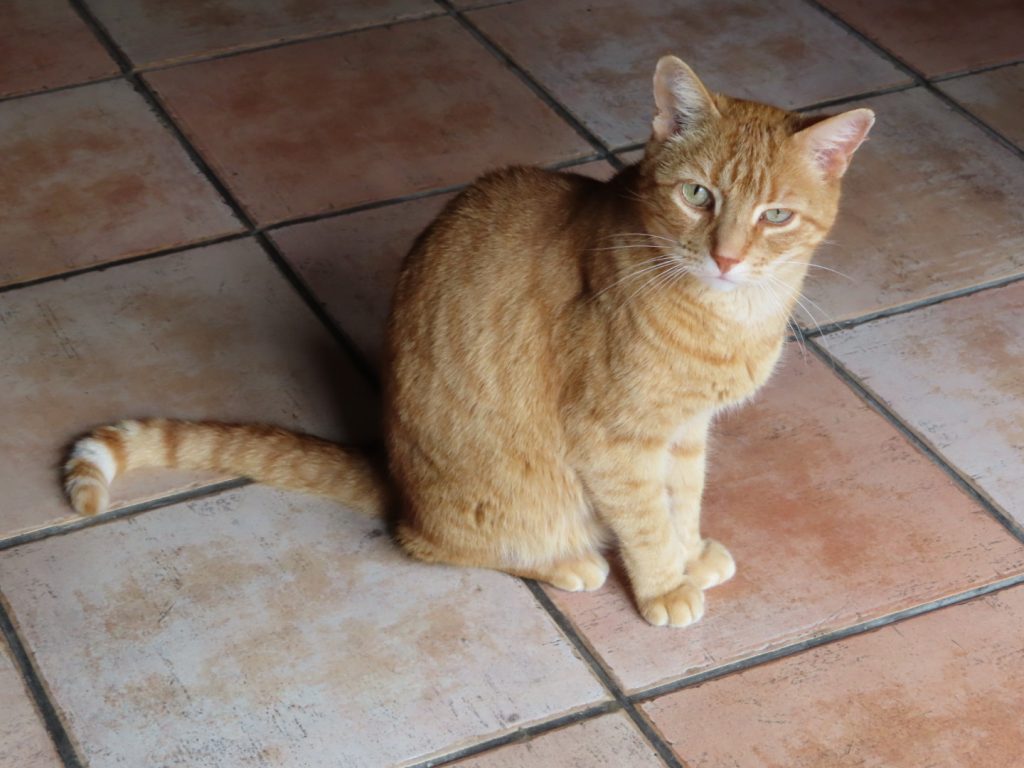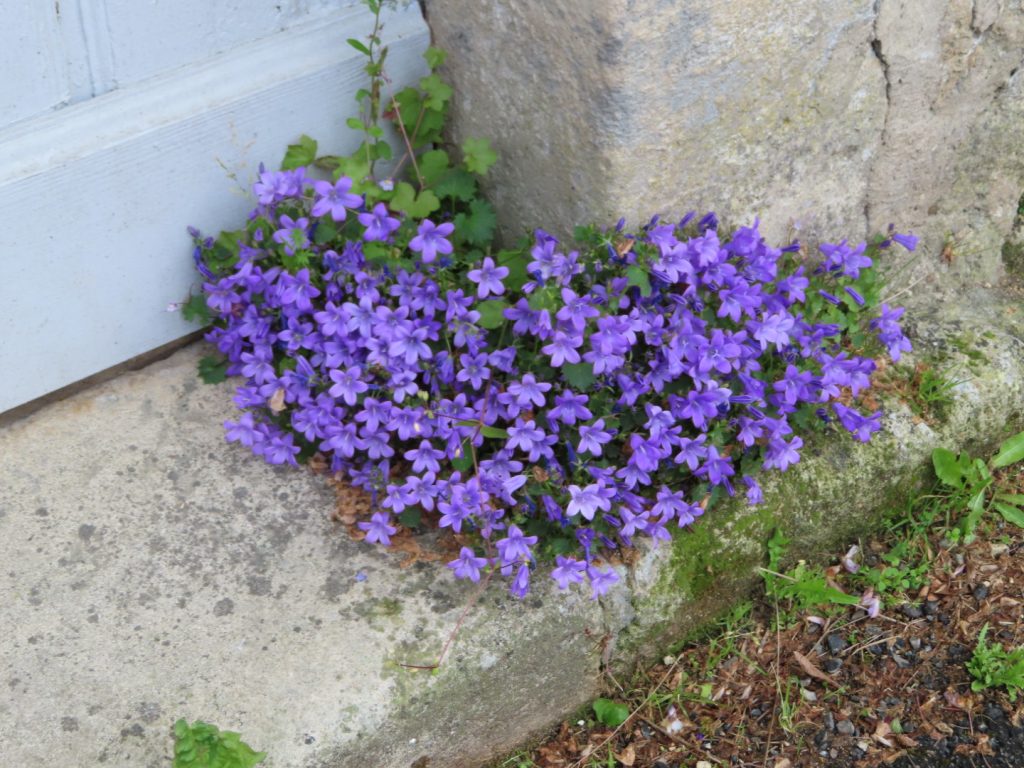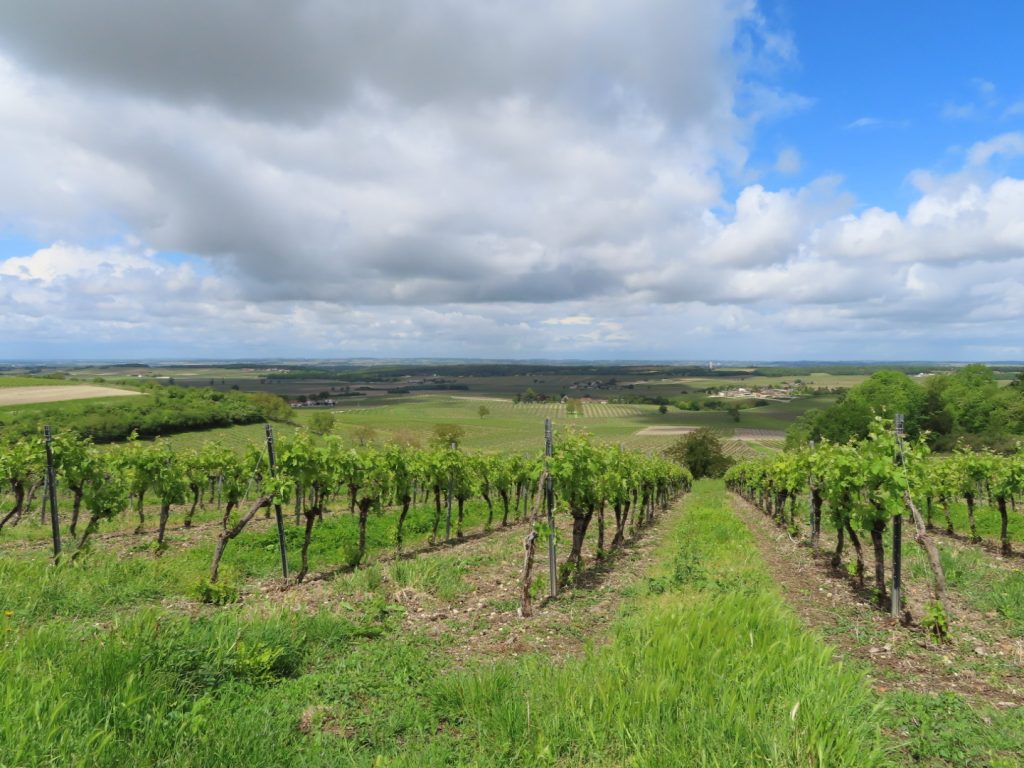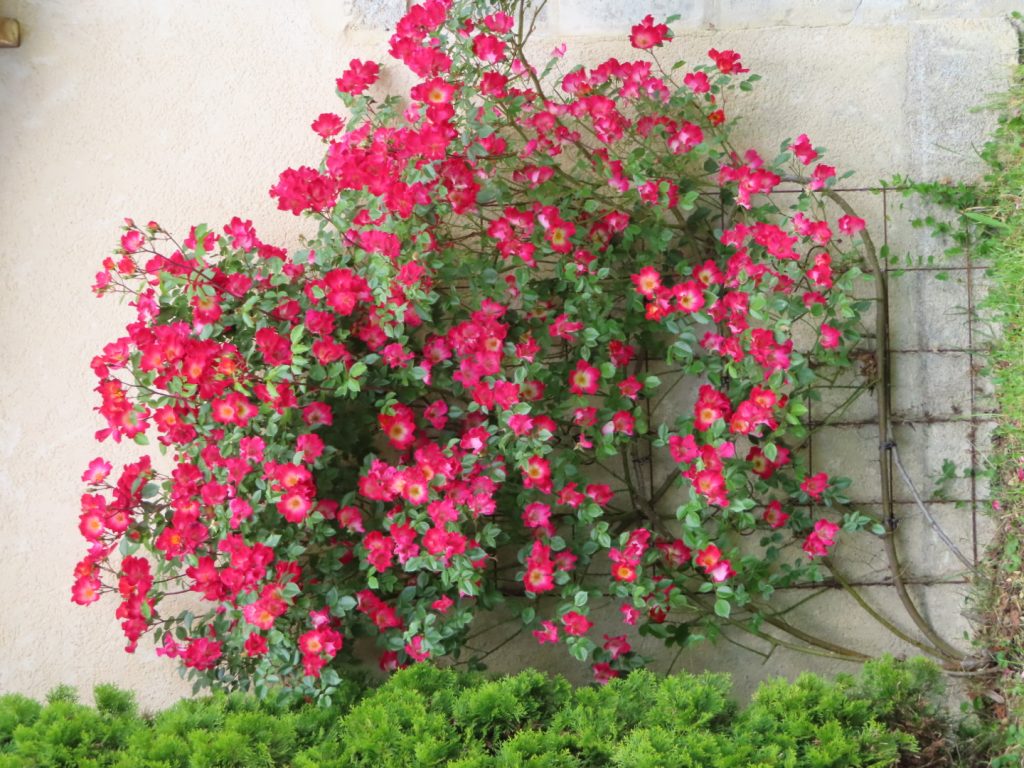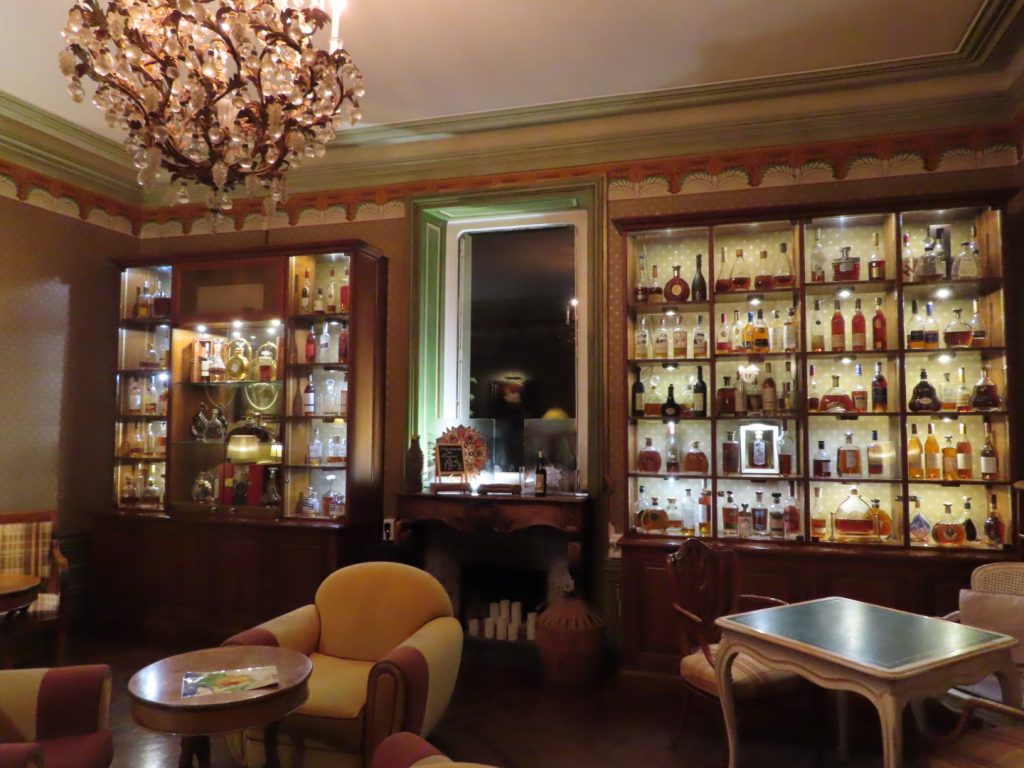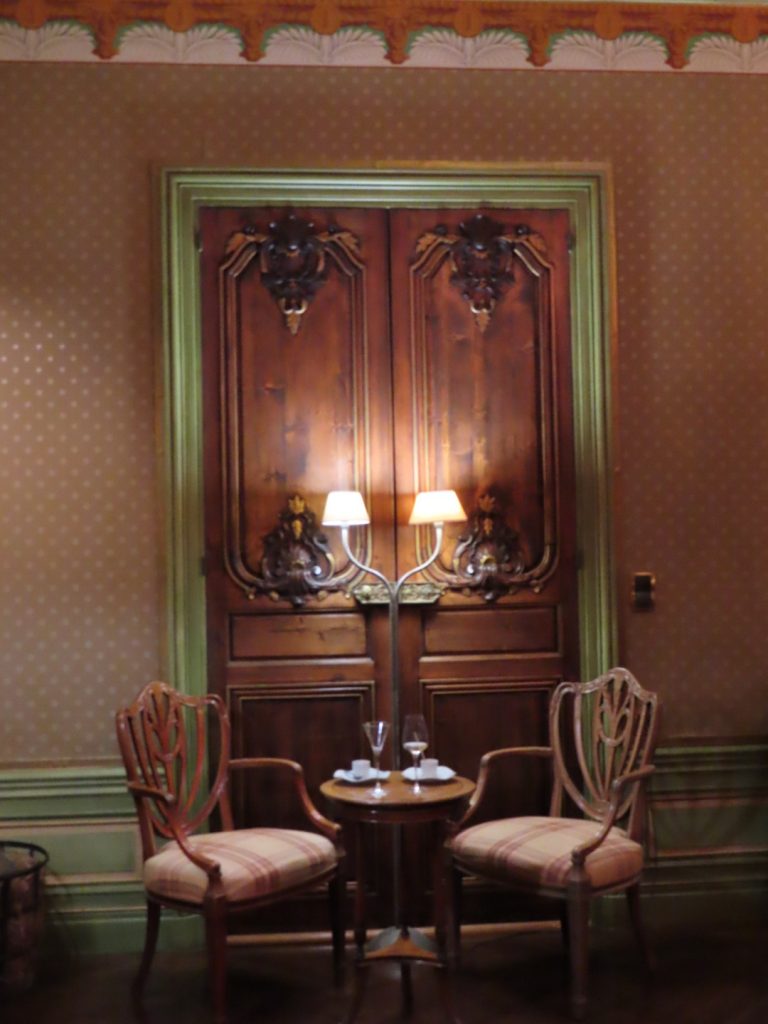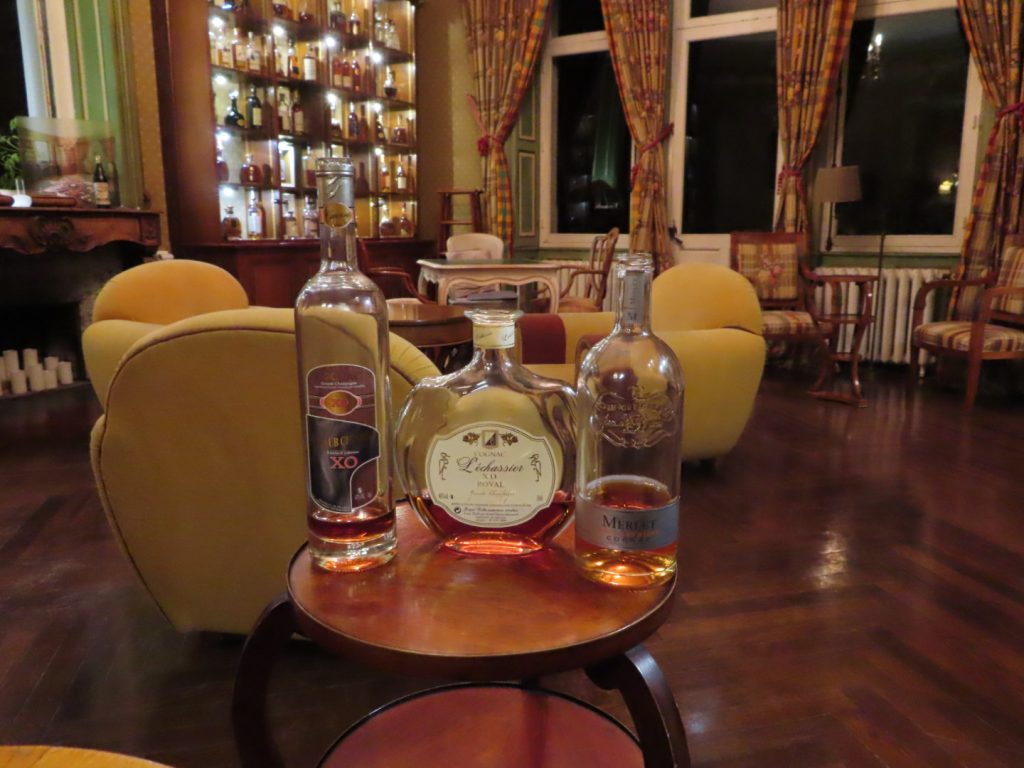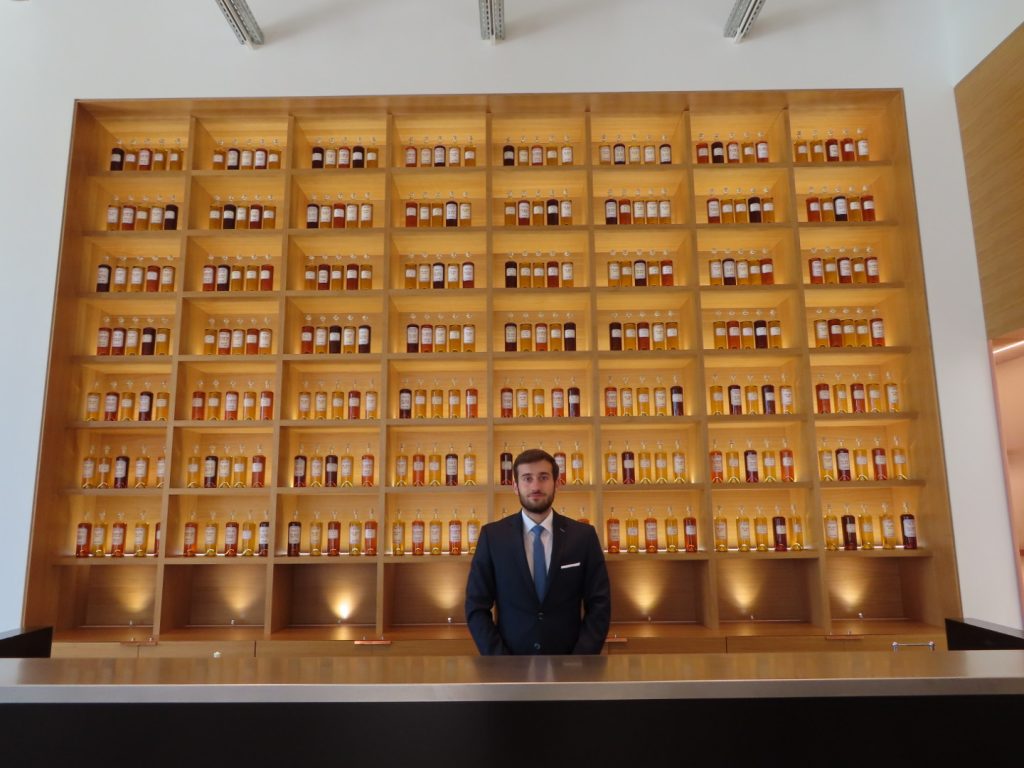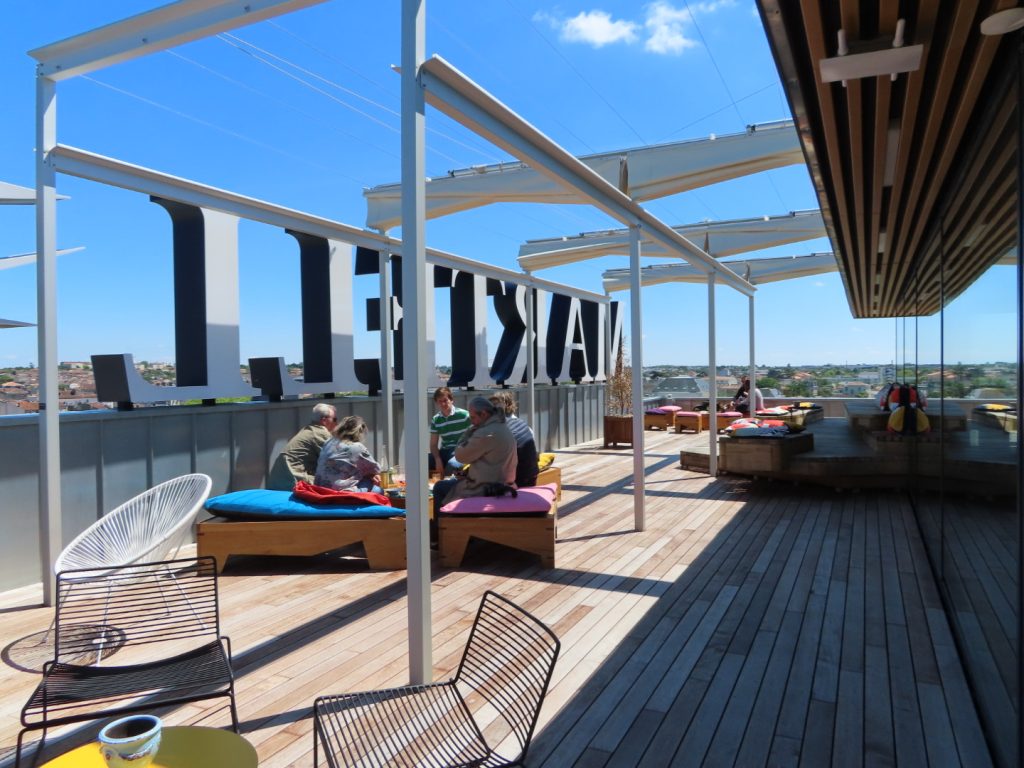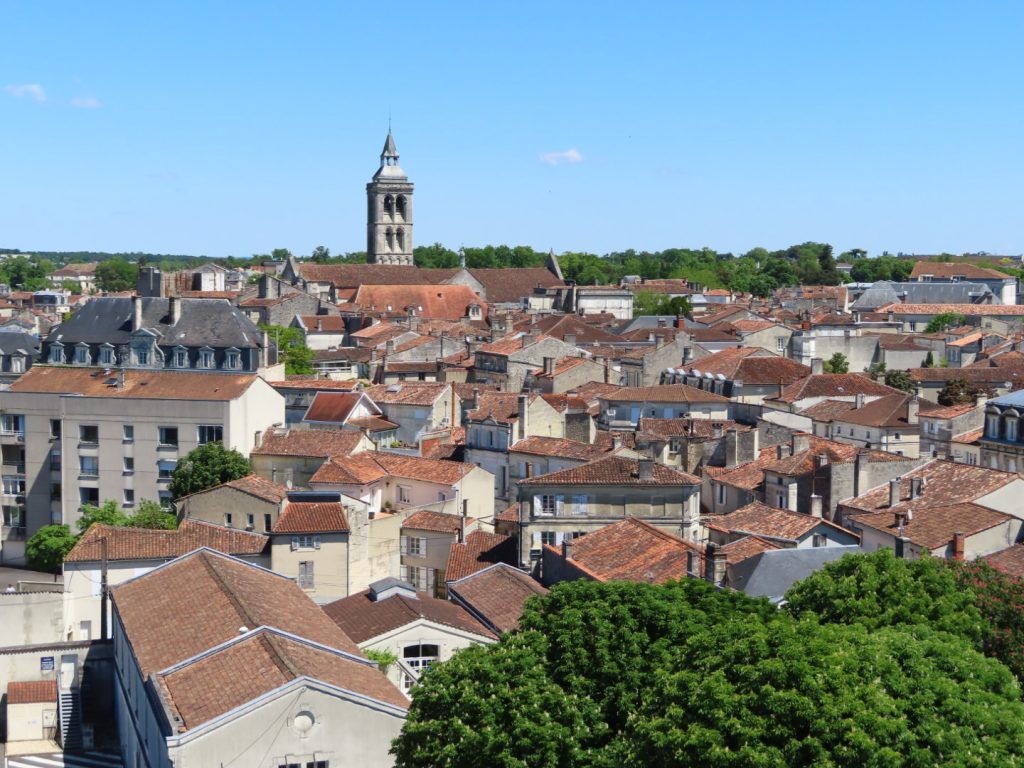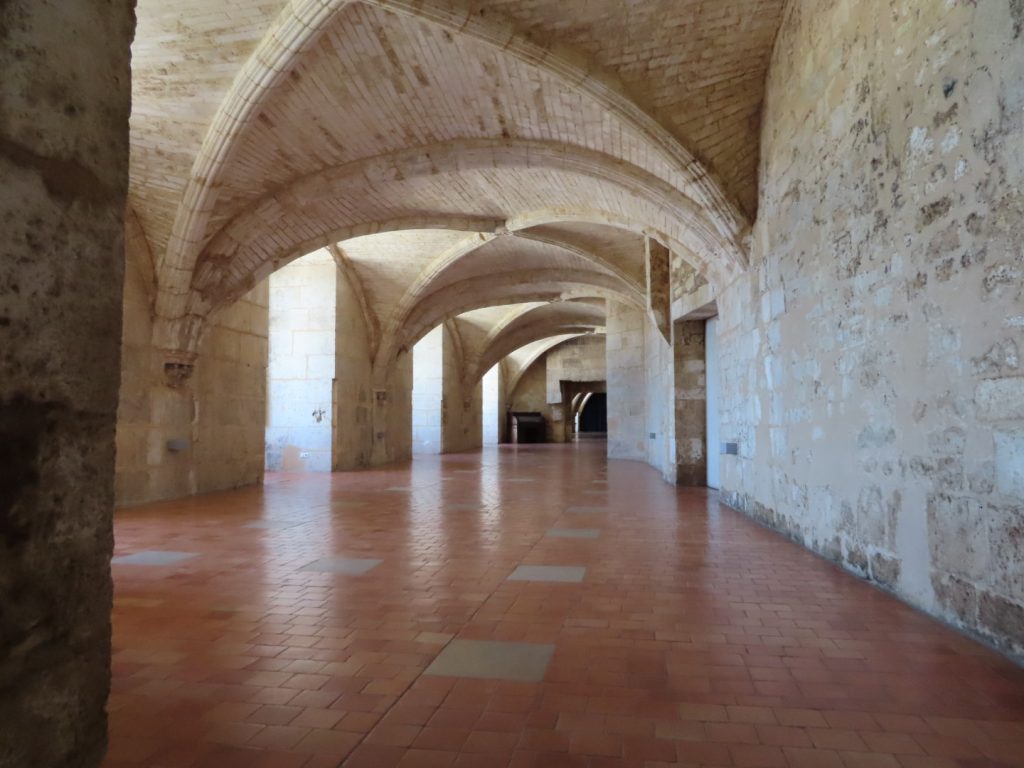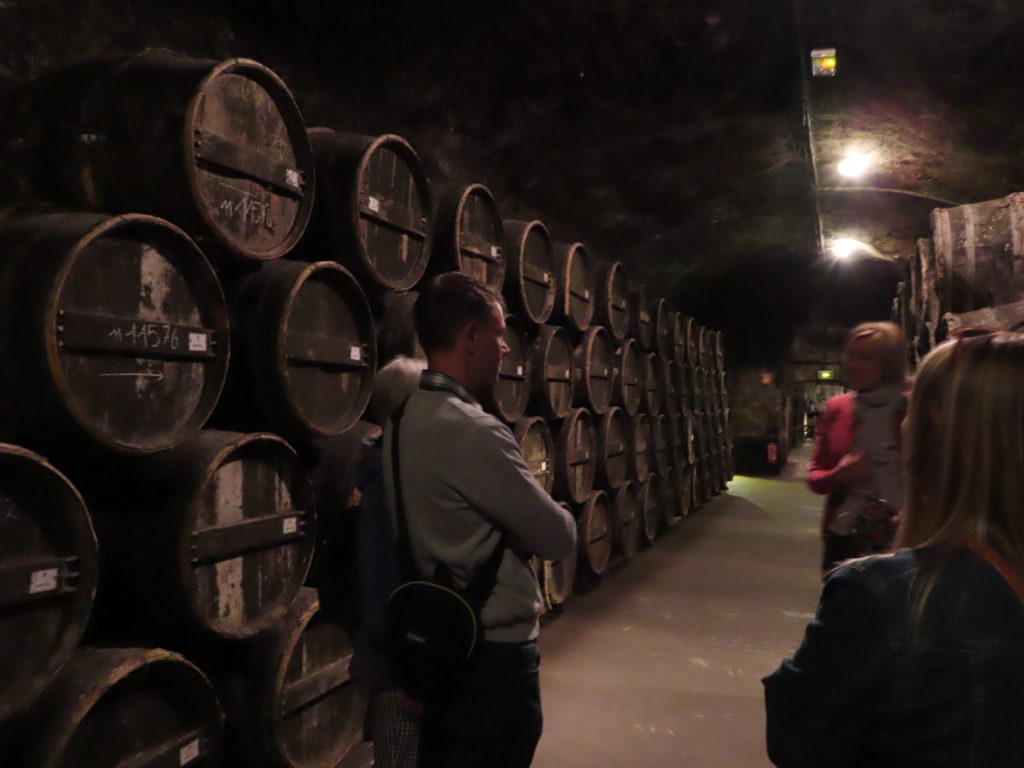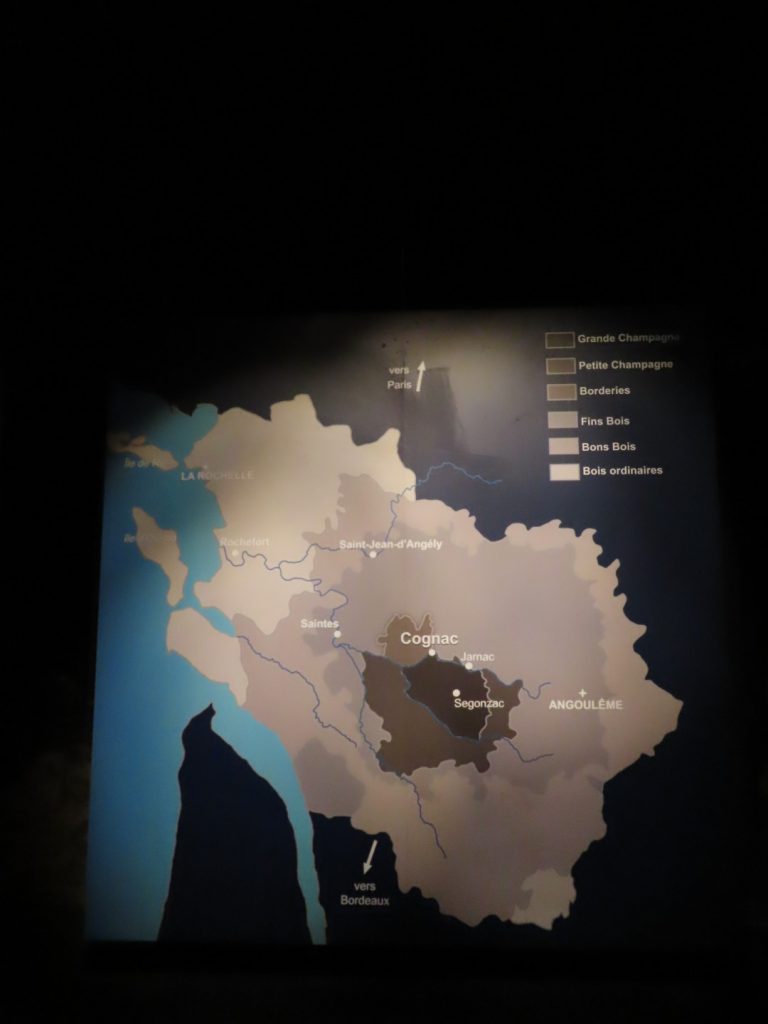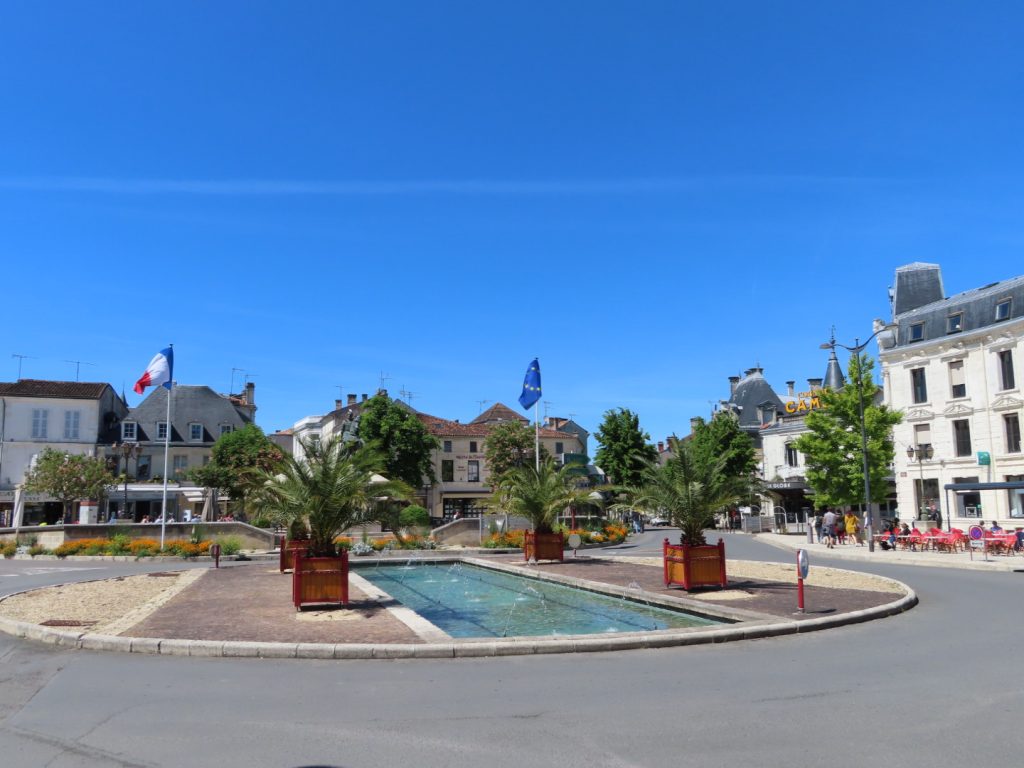Saturday through Tuesday, May 18 through 21
We drove from the Medoc into the lovely city of Bordeaux. (We won’t talk about how fun it was to be driving in a city and getting turned around a couple times. ☺️) We dropped off our car at the train station (we won’t talk about how fun it was to find the rental car return and get the car to the 6th floor of a parking garage!) and took a taxi to our hotel in the heart of the city—the area known as the Golden Triangle. We planned to see the city on foot or by tram.
We had visited Bordeaux in 2012, when our river ship berthed here several nights. So we had seen some of the city’s highlights, though briefly.
We made a quick visit to the Grand Theatre, which we had not seen before, except from the outside. It is only open from Wednesday to Saturday. We would be leaving on Wednesday morning, so this was our only window. We arrived too late for an English tour, so our look around was a bit on the minimal side. But at least we got to poke around a bit.
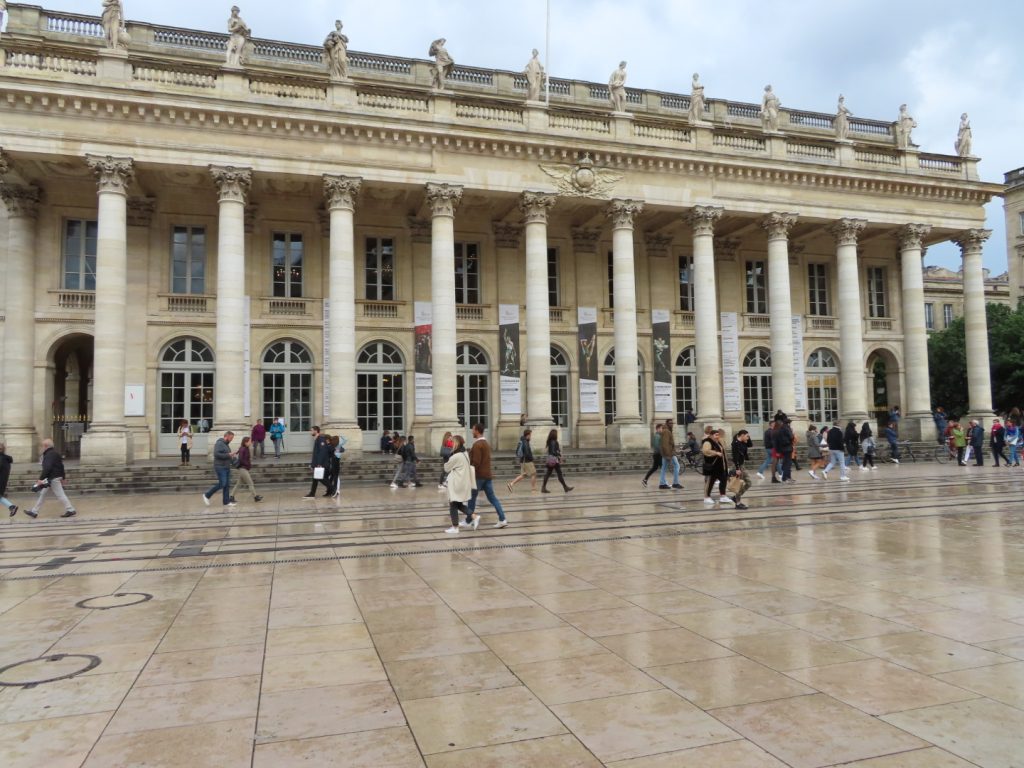
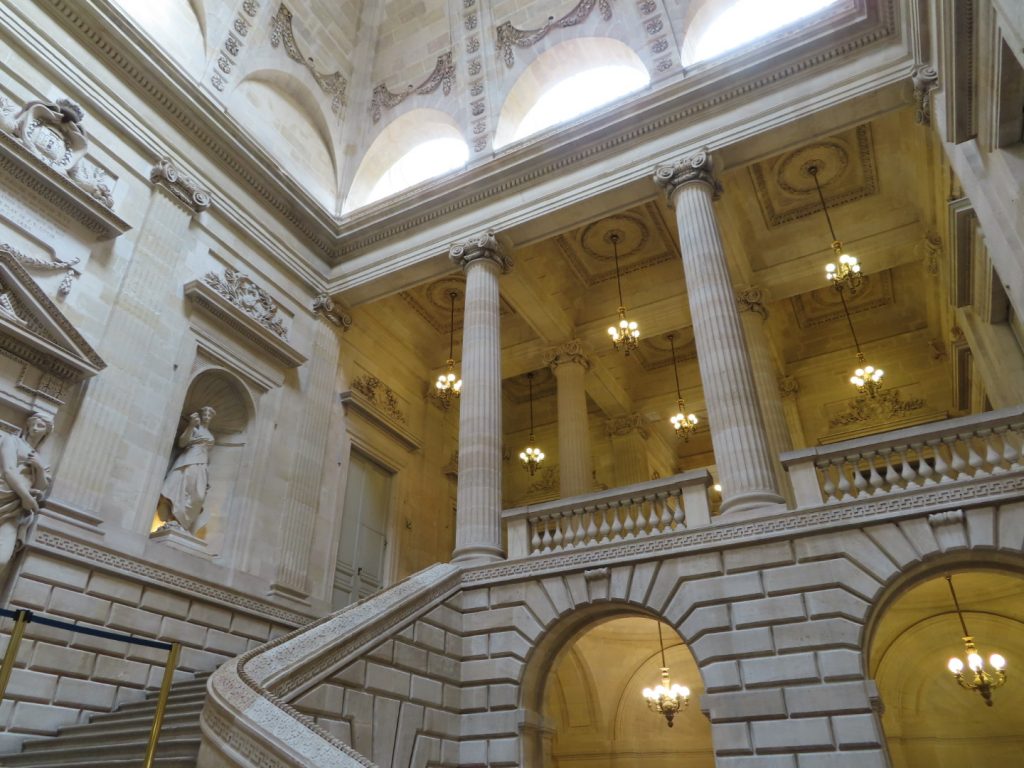
We also stopped in to see Eglise Notre-Dame de Bordeaux, another spot we had missed on our previous visit to the city. It is tucked in to a little square and has an interesting facade.
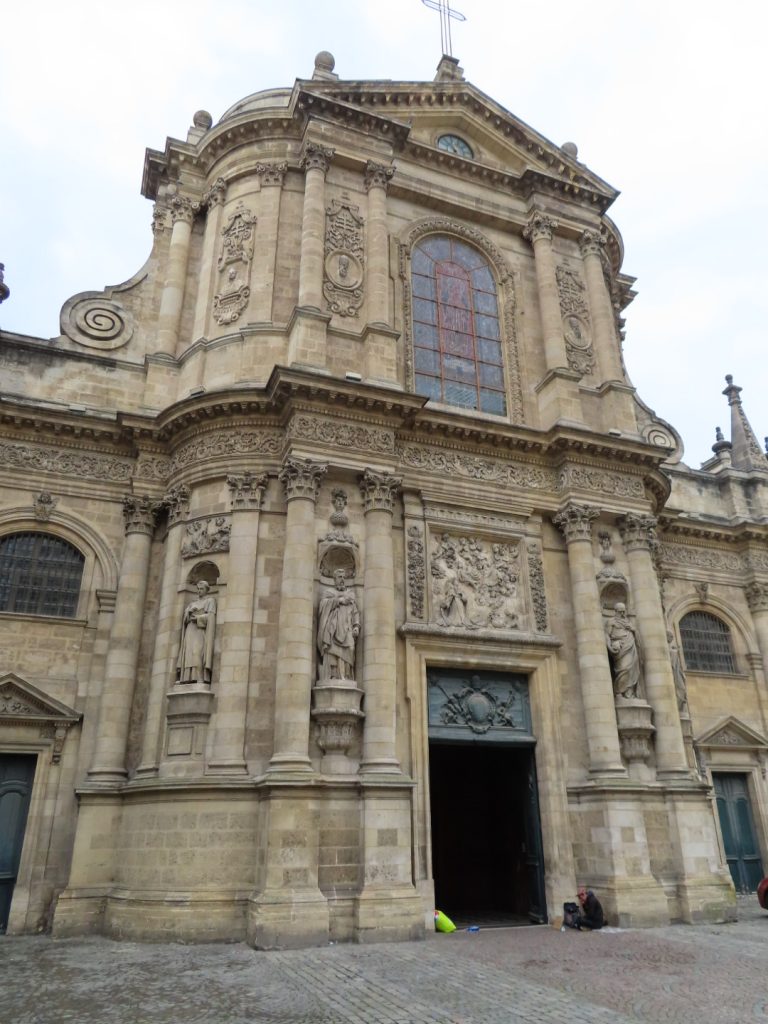
We then headed back to our hotel, and managed to get lost. This is a disturbing thing for a geographer-by-training, with a map in her hands. There were diagonal streets and circular plazas and streets that weren’t even on my map. We made it back to our hotel, of course, but let’s just say it was more of a scenic tour than we’d planned.
On Sunday, we explored the collection at the Decorative Arts Museum. We always enjoy this kind of museum—what we call a “house museum”—where we can see the decor and furnishings in a house of the period.
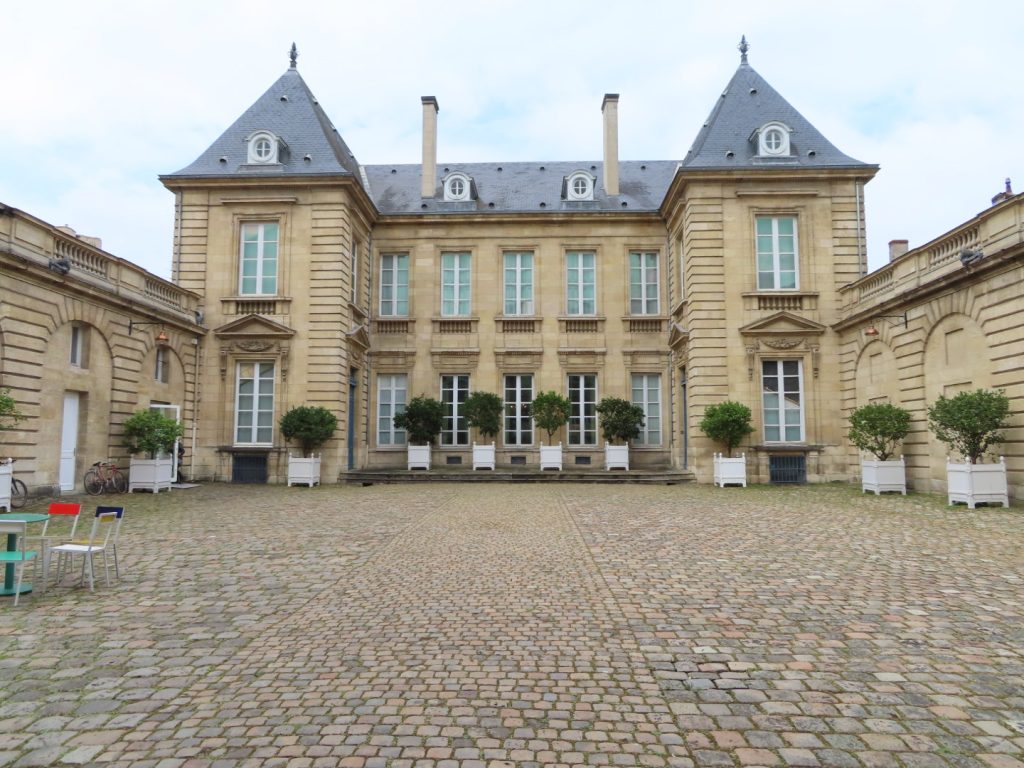
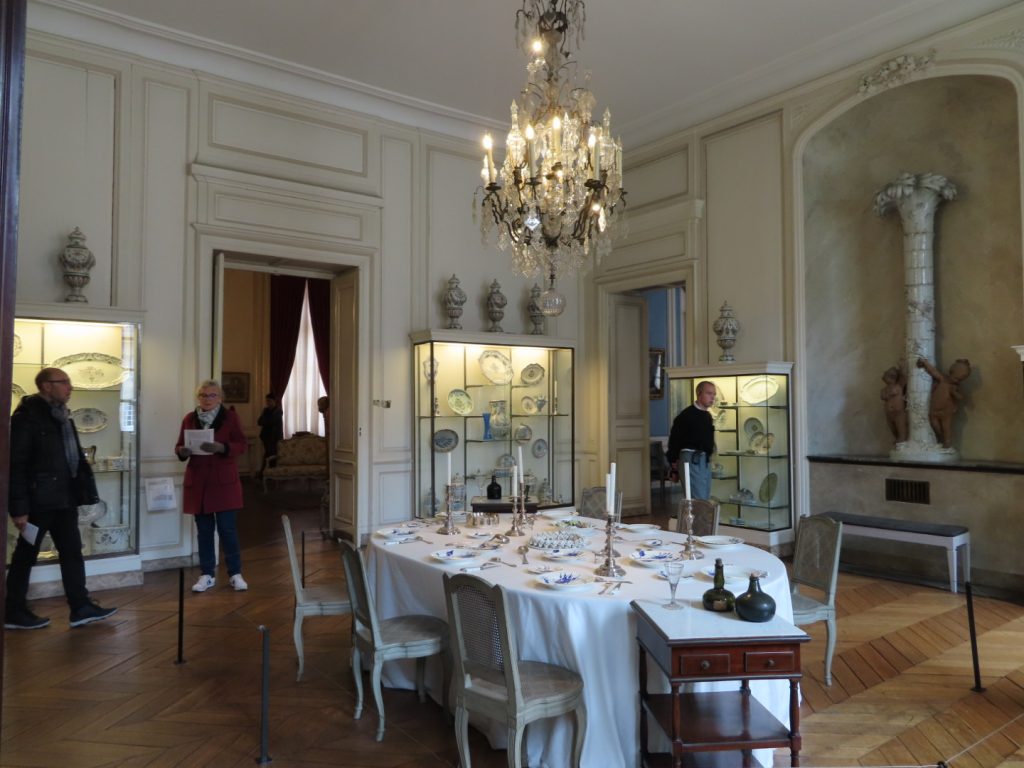
We then ambled toward the massive Cathedral St-Andre, which is on a very large square with the Palais Rohan (housing the hotel de ville, or city hall) on one side. An especially pretty spot. The cathedral is a stop on the pilgrimage route to Santiago de Compostela, known here as the Way of St. James.
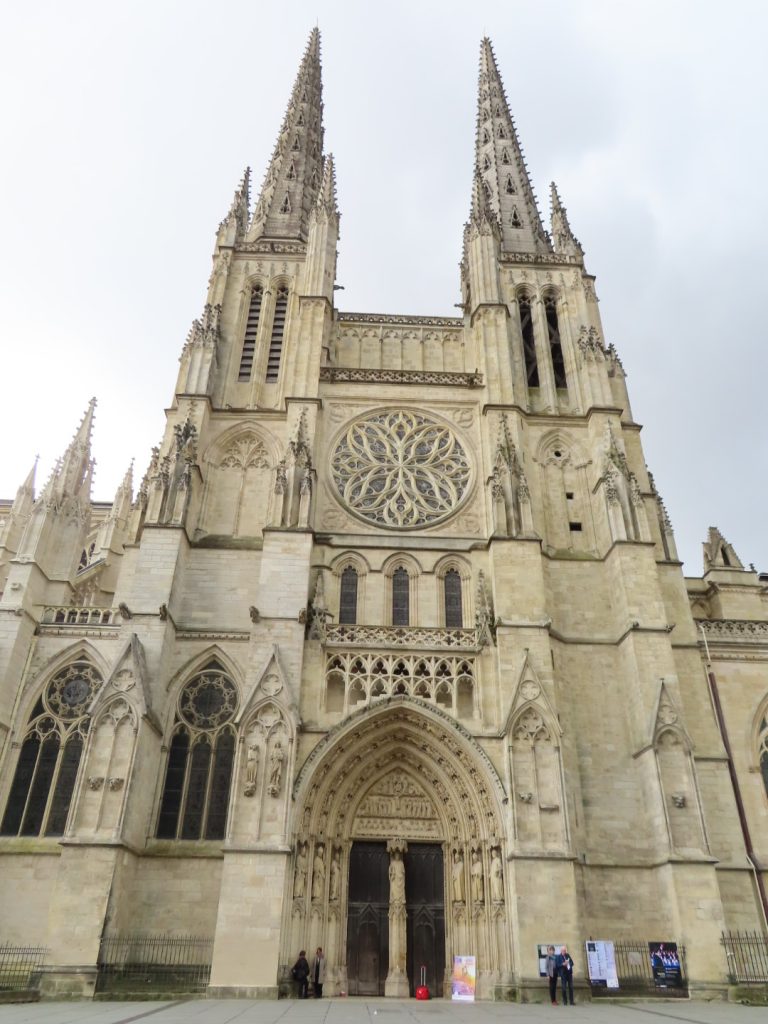
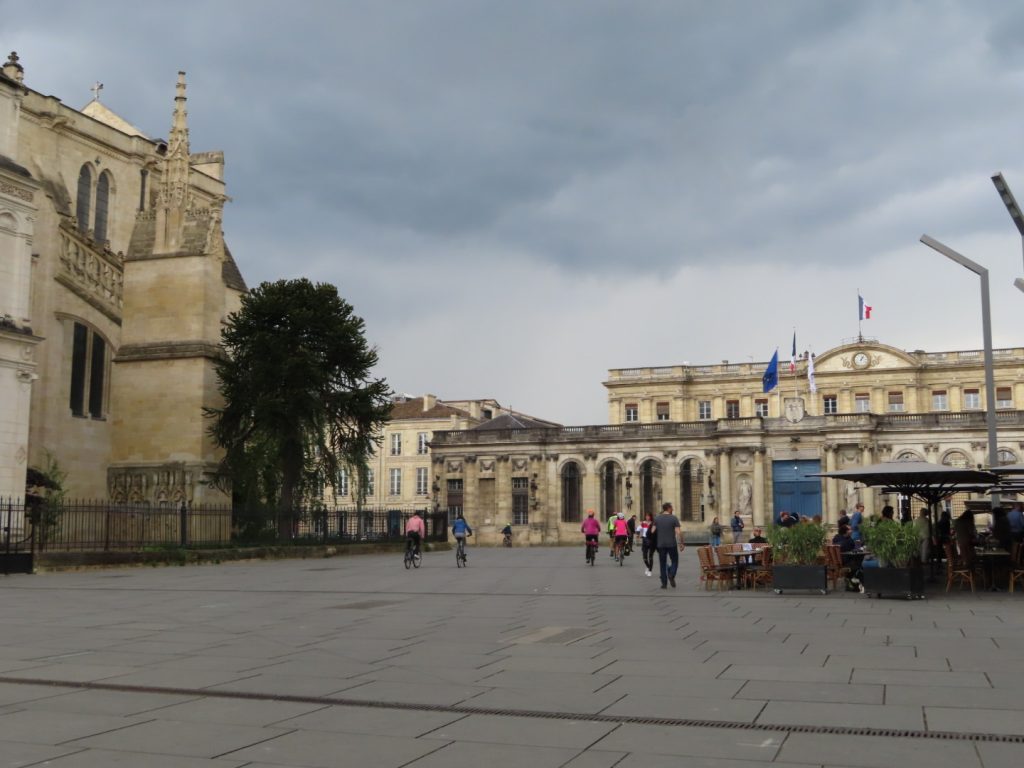
We had been watching some very dark clouds develop, and sure enough the skies opened. The cathedral was closed for lunch, so we took refuge in a nearby brasserie. We found ourselves seated in the midst of a group of musicians, both choral and orchestral, who were eating before they gathered to rehearse for a concert they were performing in a few hours time—Handel’s Messiah—in the cathedral.
When we eventually gained access to the cathedral, we were able to listen to the group doing warm-up exercises, being conducted by the fellow who had been at the table next to us. We got a pretty good idea of the marvelous acoustics.
The cathedral is a very impressive structure. It has parts dating from the 11th to 15th centuries, plus flying buttresses added later. Beautiful, intricate stained glass. In 2012, we had walked around it on the outside, but it was closed to the public because of a large funeral. We were glad to see the beautiful striking interior and the notable stained glass this time around.
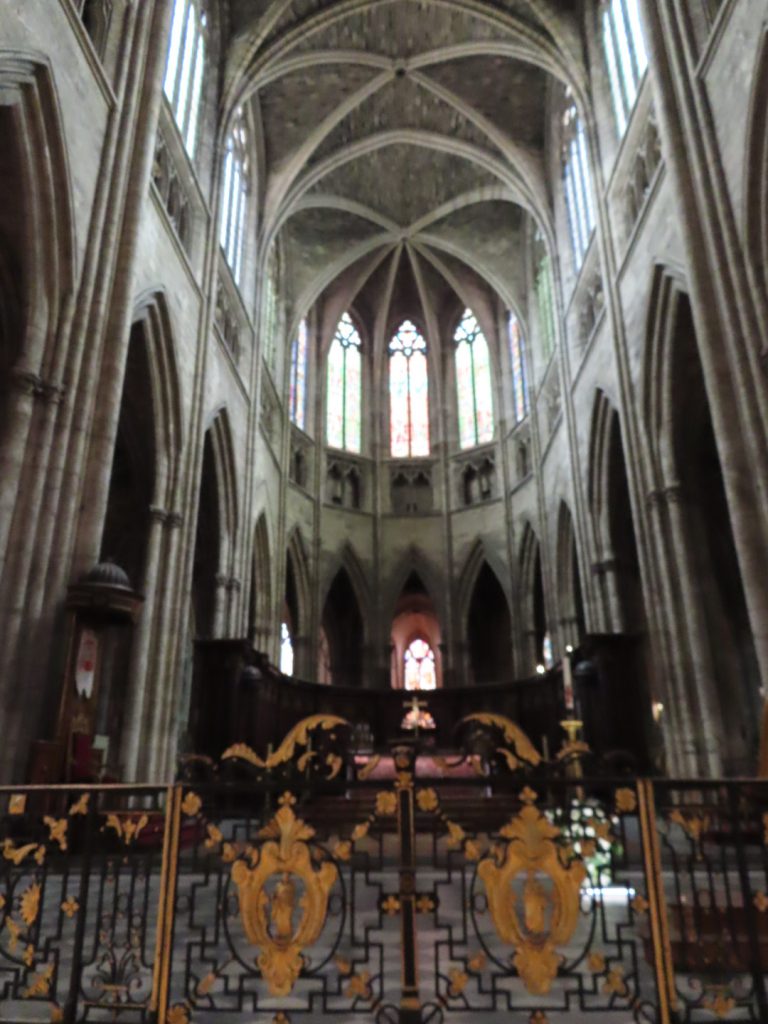
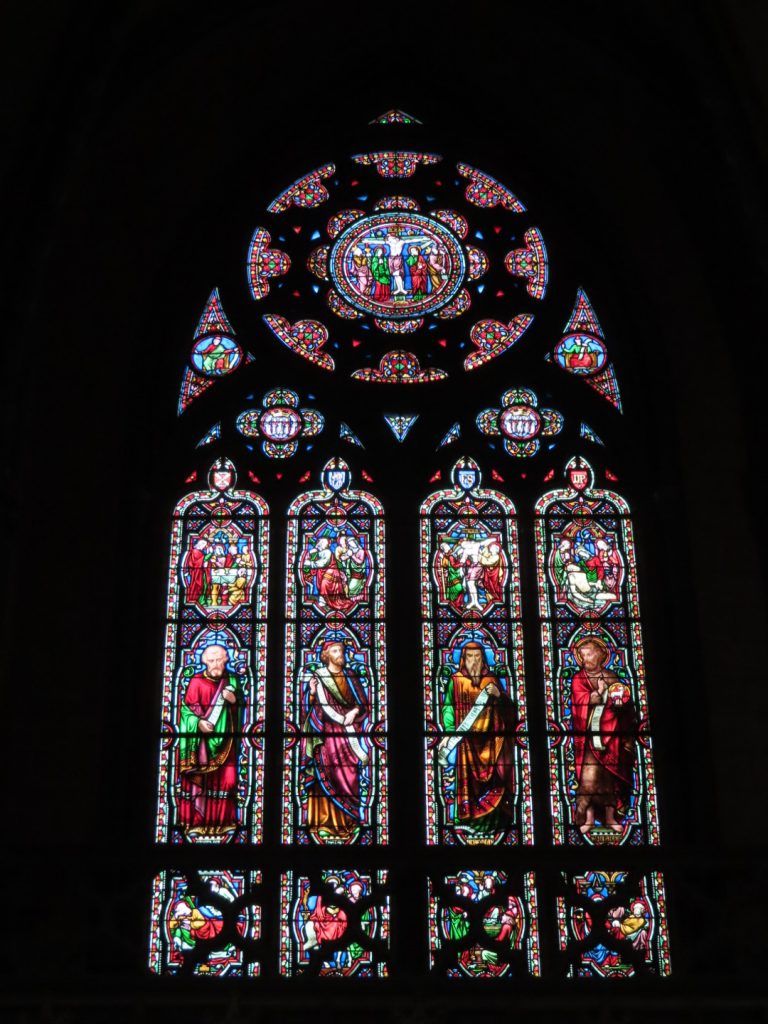
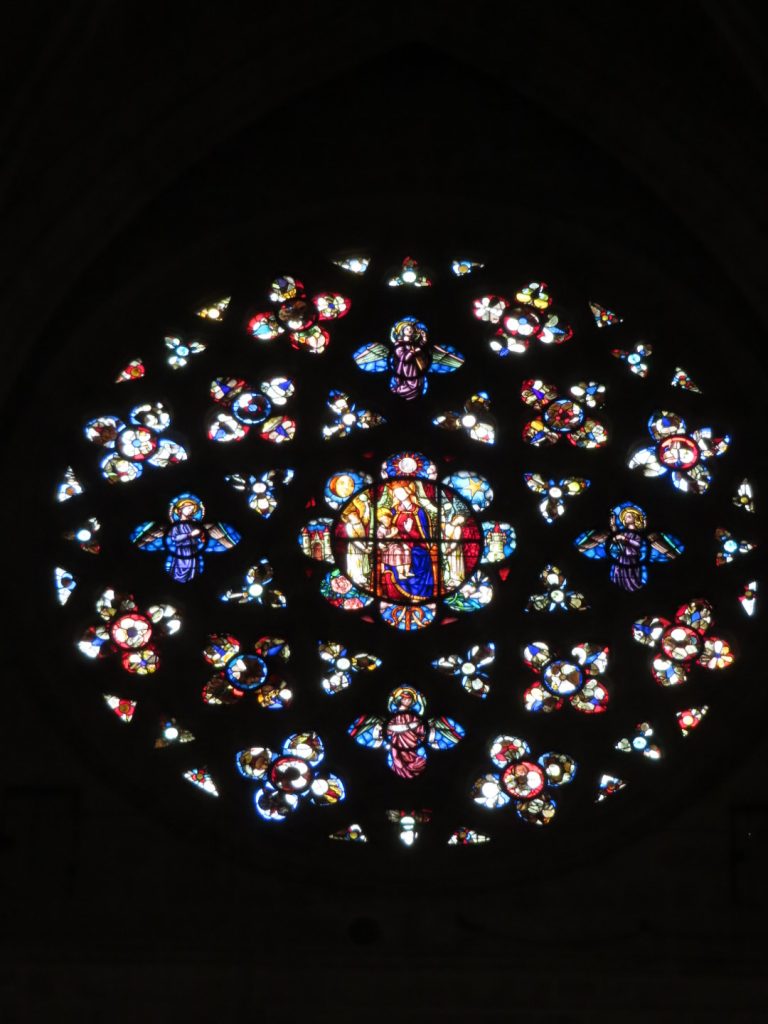
We had a very wet and drippy walk back to our hotel, fortunately without unnecessary detours this time. When we arrived, our room had not been “freshened,” nor had a problem to which we’d alerted them in the morning been corrected. After we got their attention about our issue, they decided they would move us to another room—in fact, to a much larger and nicer room. We had to repack our things, which was not exactly what this drowned rat was wanting to do. I’m afraid I was a bit on the cranky side at this point. Nonetheless, off we moved to a room with a separate sitting room and a balcony with furniture overlooking the hotel’s pretty terrace. Also included in this room was a special small room with the biggest, round, jetted tub I have ever seen. An unusual use of space in a city hotel.
Our major plan for Monday was to ride the tram out to the Cite du Vin. This is always cited as one of the highlights of a visit to Bordeaux. It didn’t exist when we were here previously. And, Jerry being a certified “wine guy,” we of course had to make a visit. The rain was coming down in sheets, so we delayed our trek for a bit, but eventually got there. It was an interesting visit, though not something I would feel the need to do again, unless we wanted to take one of their classes or do a special wine tasting.
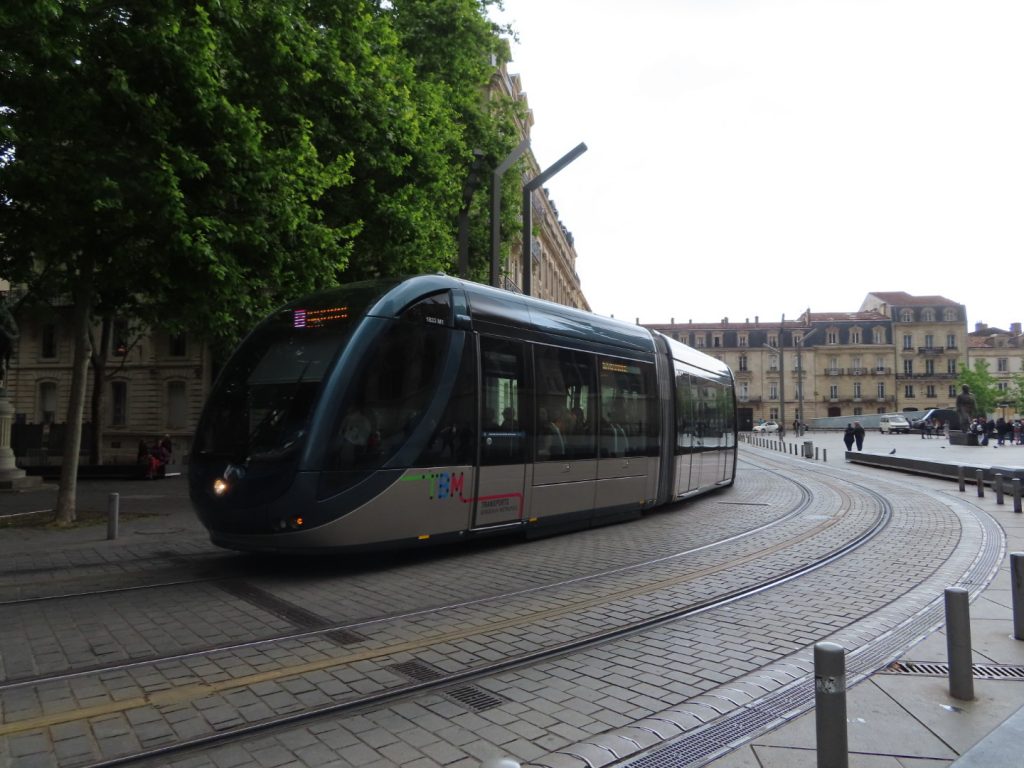
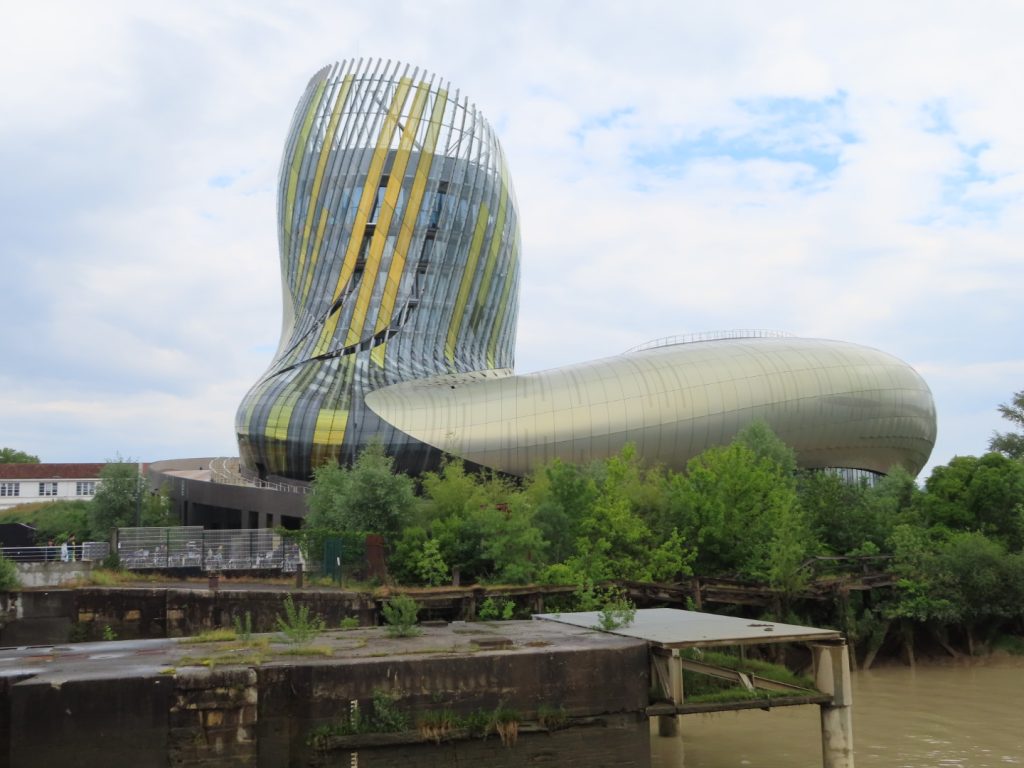
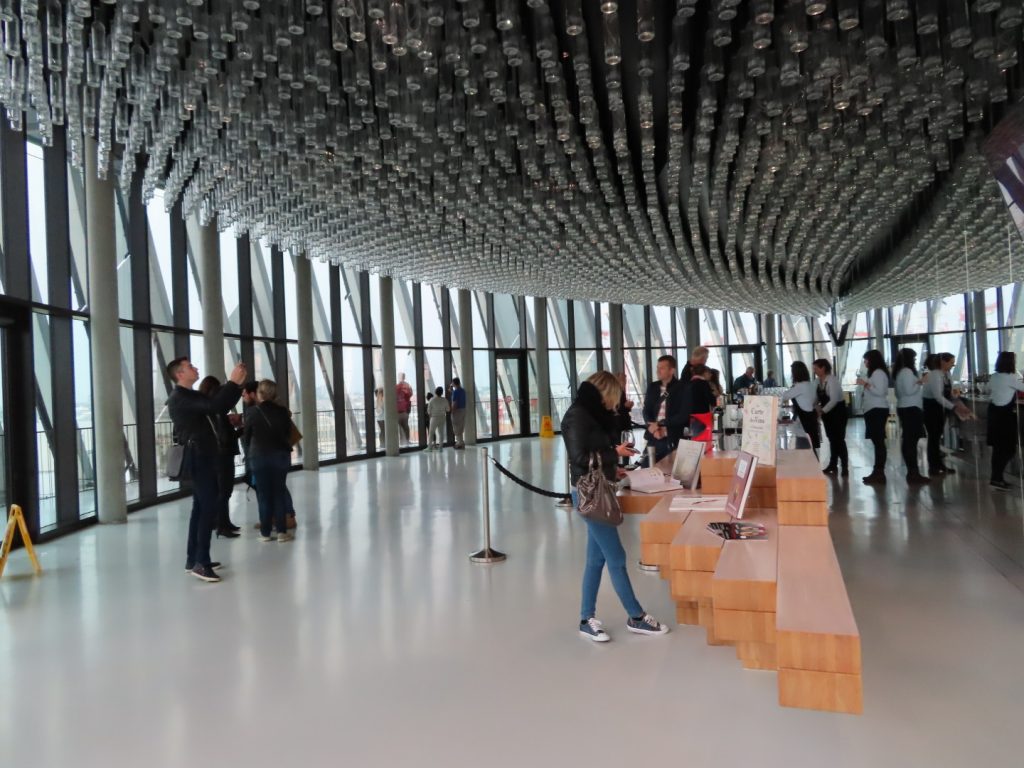
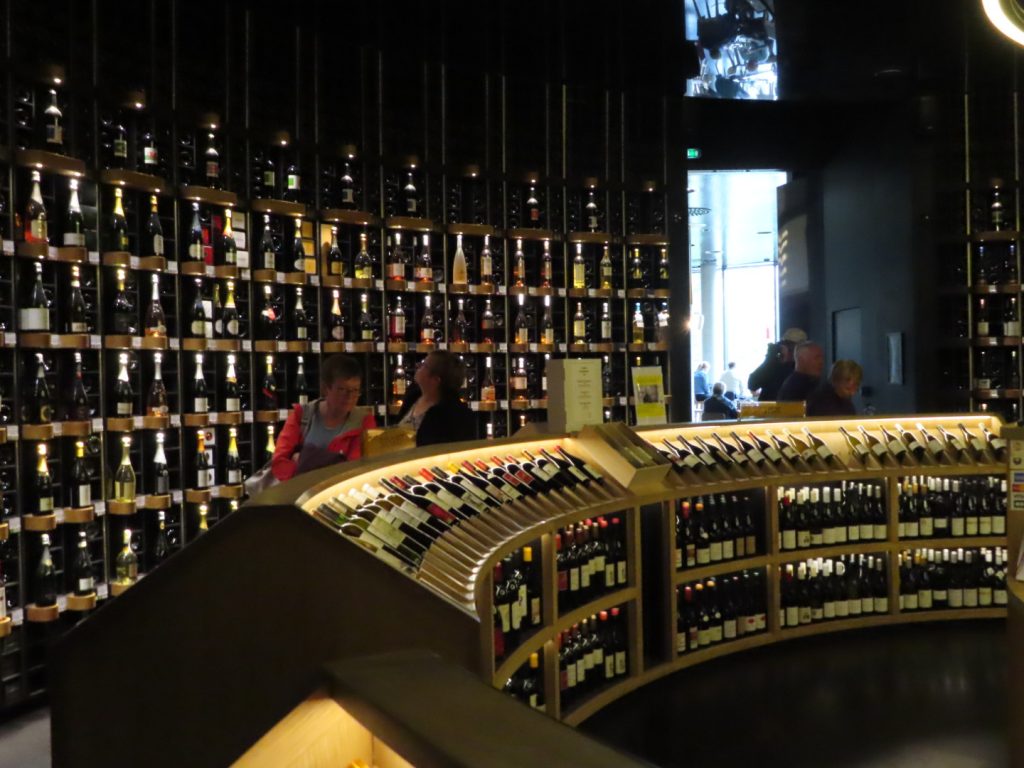
Our niece Jill and her husband Randy arrived around 7pm Monday evening. We caught up on the details of their trip from Portland (to Seattle to Frankfurt) to Bordeaux and then walked to a local brasserie.
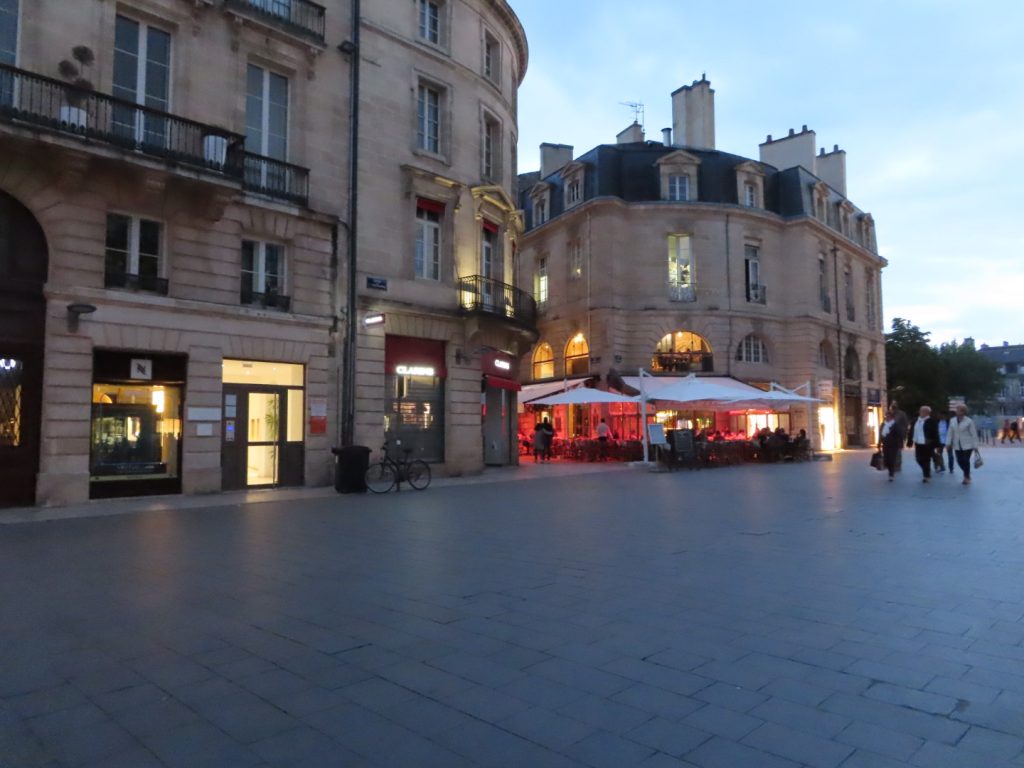
Tuesday would be Jill and Randy’s only day to see Bordeaux. We wanted to introduce them to some the primary sights, then let them explore to their heart’s content. Our first stop was the Bourse, the first image that comes to people’s minds when they think of Bordeaux.
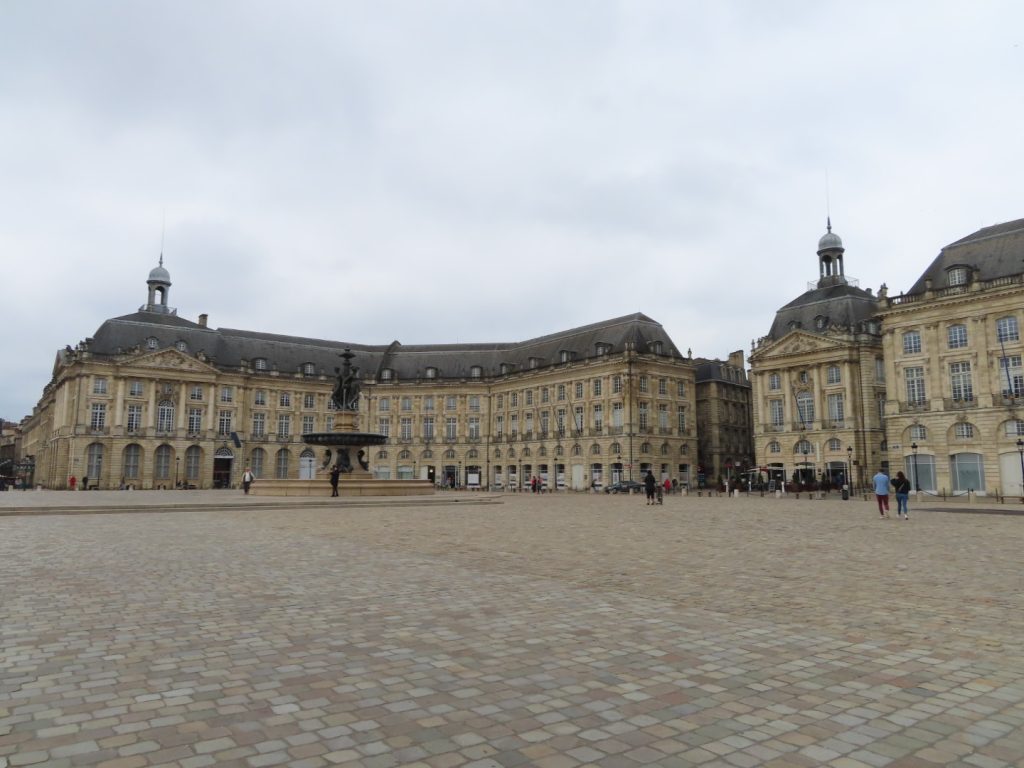
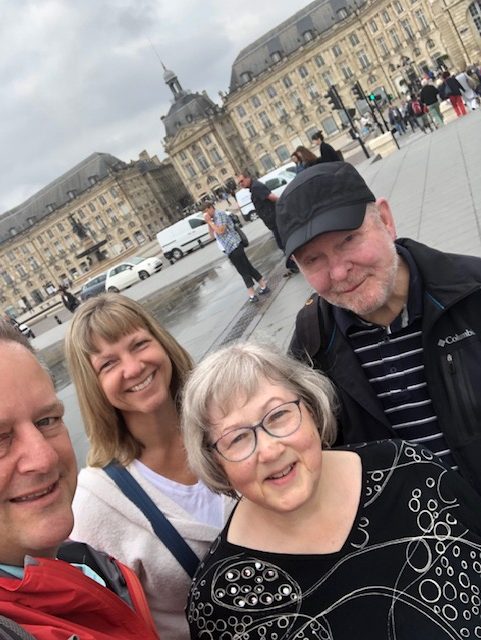
Then we walked to the Porte Cailhou, a triumphal arch built on the foundation of a medieval gate to the city. There are numerous old city gates ringing the old town.
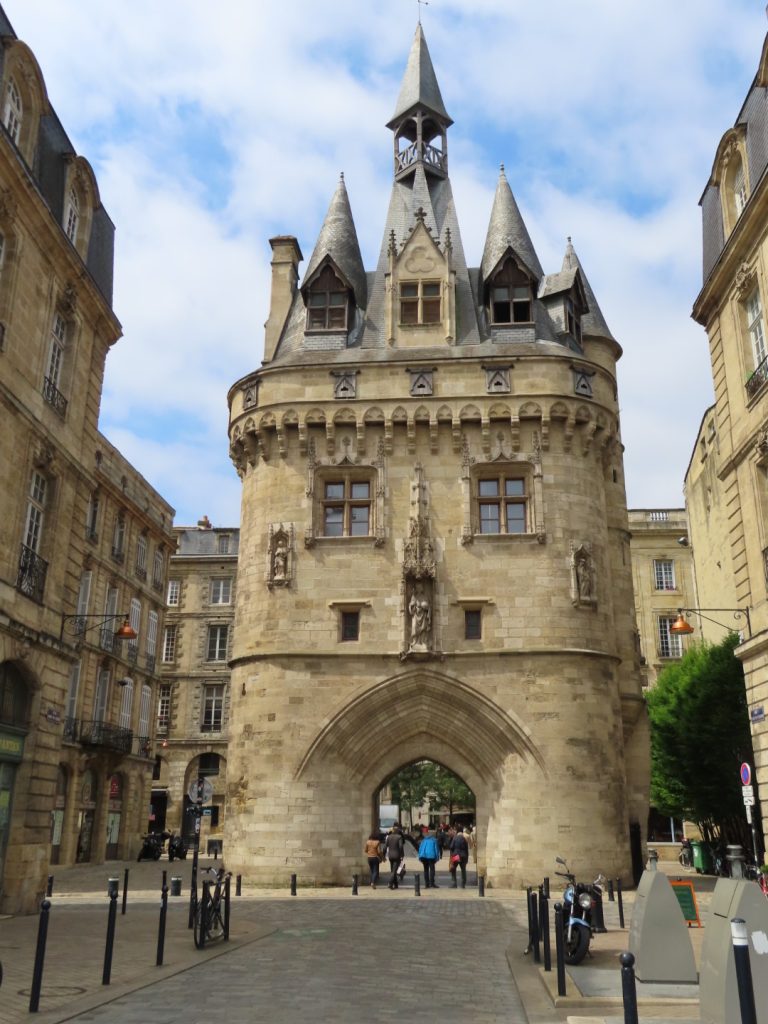
And then we explored the St-Pierre district, the Place St-Pierre, and the St-Pierre church (another pilgrimage stop on St. James Way). Then the Place du Parlement, where we enjoyed some water and cold drinks.
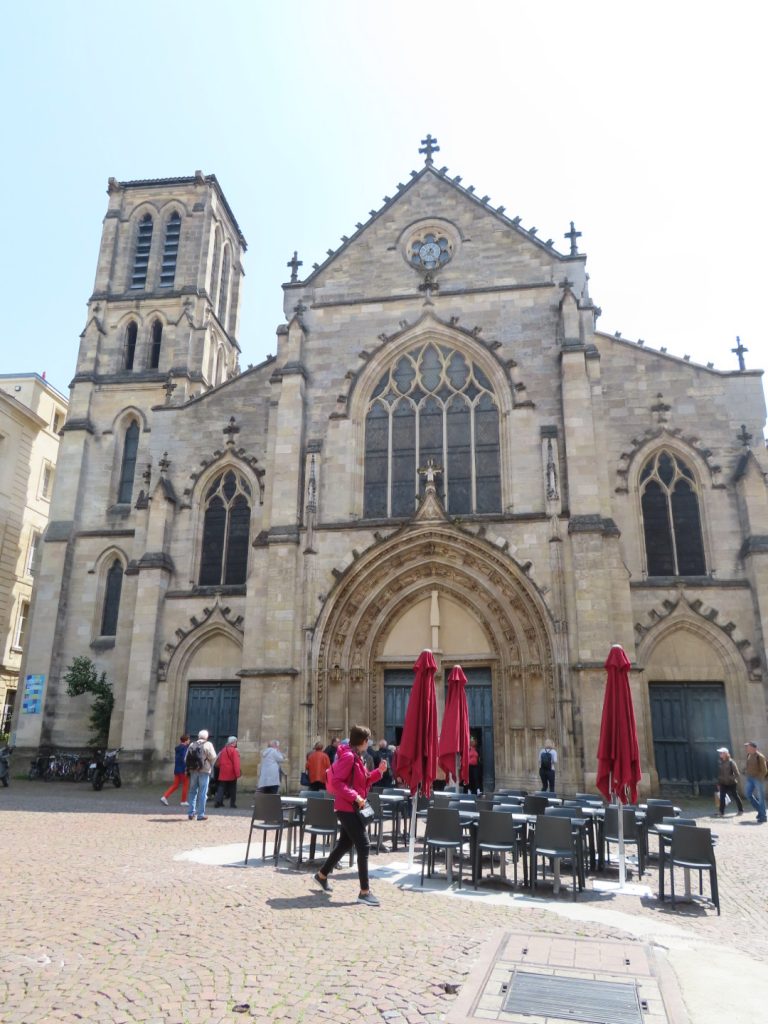
Then Jill and Randy set off at a brisk pace to see numerous other sights around the city. Jerry and I strolled through a number of streets in the old town we hadn’t previously seen and even found a covered shopping arcade we hadn’t discovered on earlier walks.
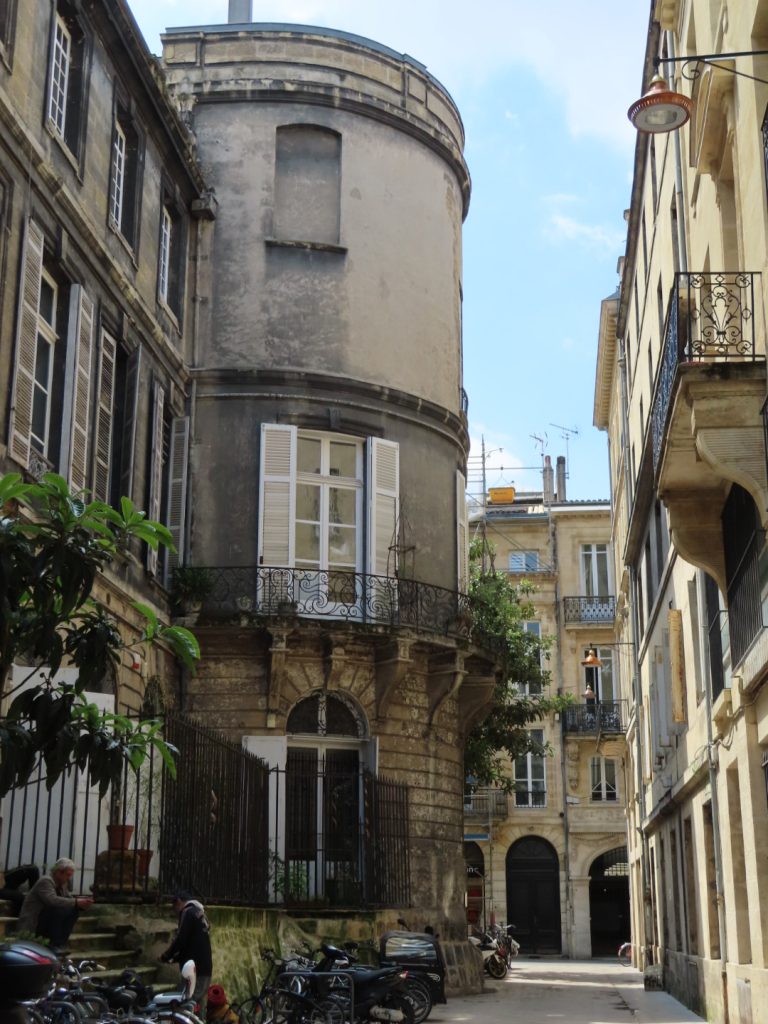

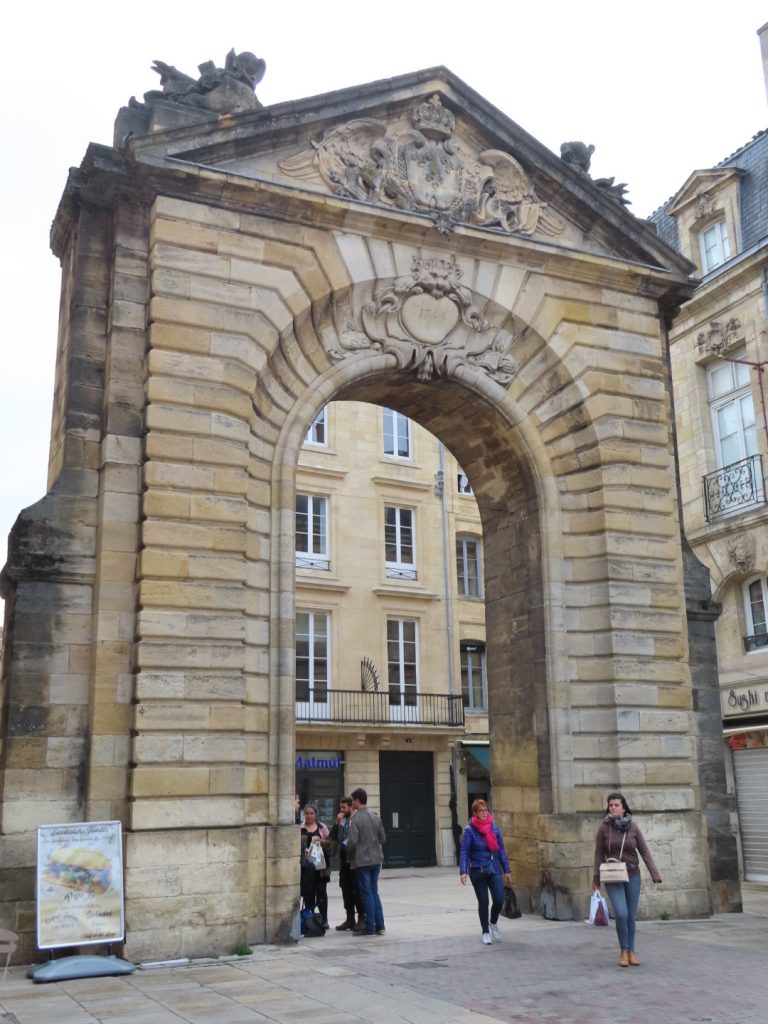
The weather had been challenging at times, but we were glad that it cooperated for the short time Jill and Randy had for their discoveries. Such a beautiful city. We enjoyed just walking through the streets and along the Garonne River, taking in the pretty neighborhoods and the appealing architecture.
